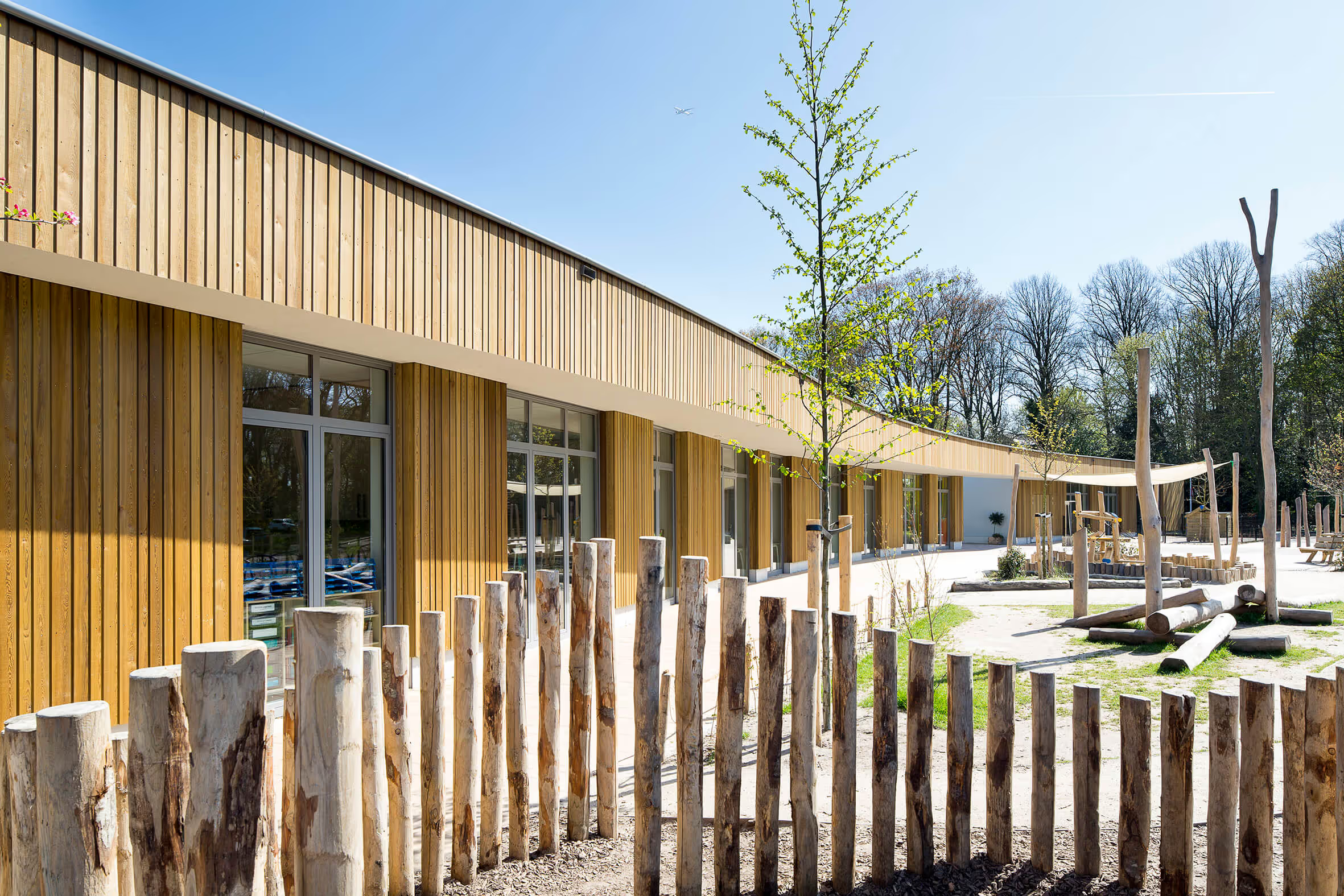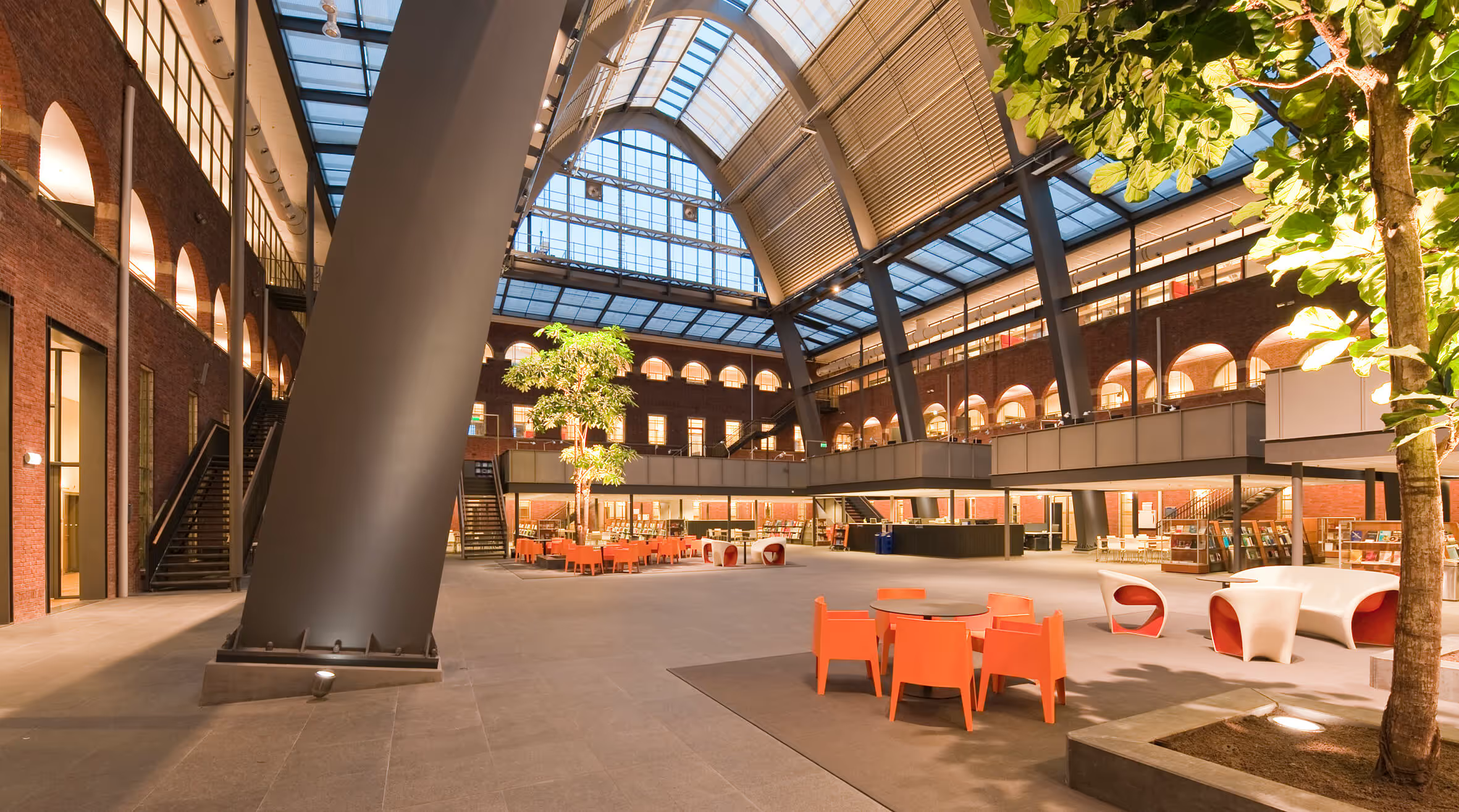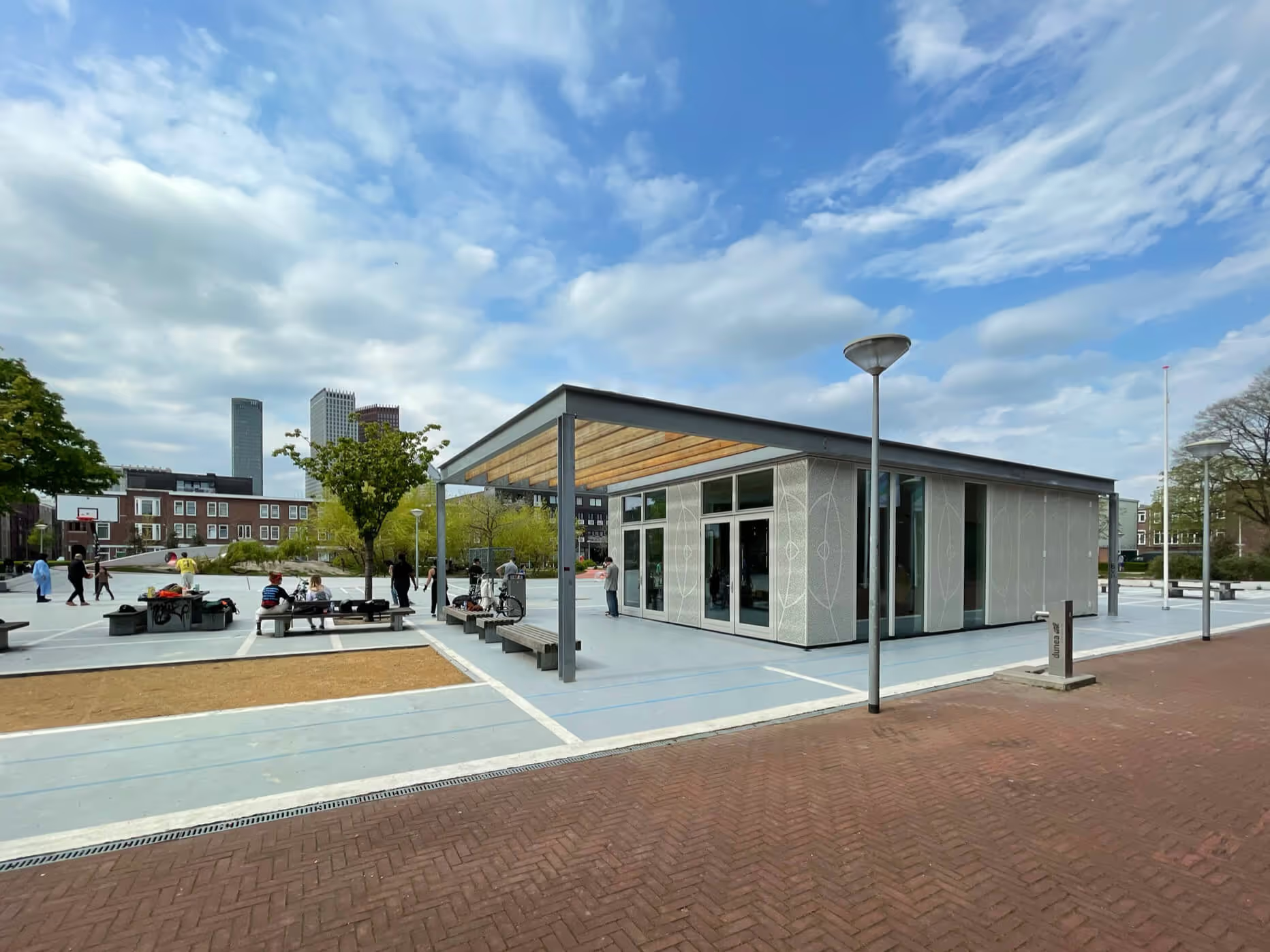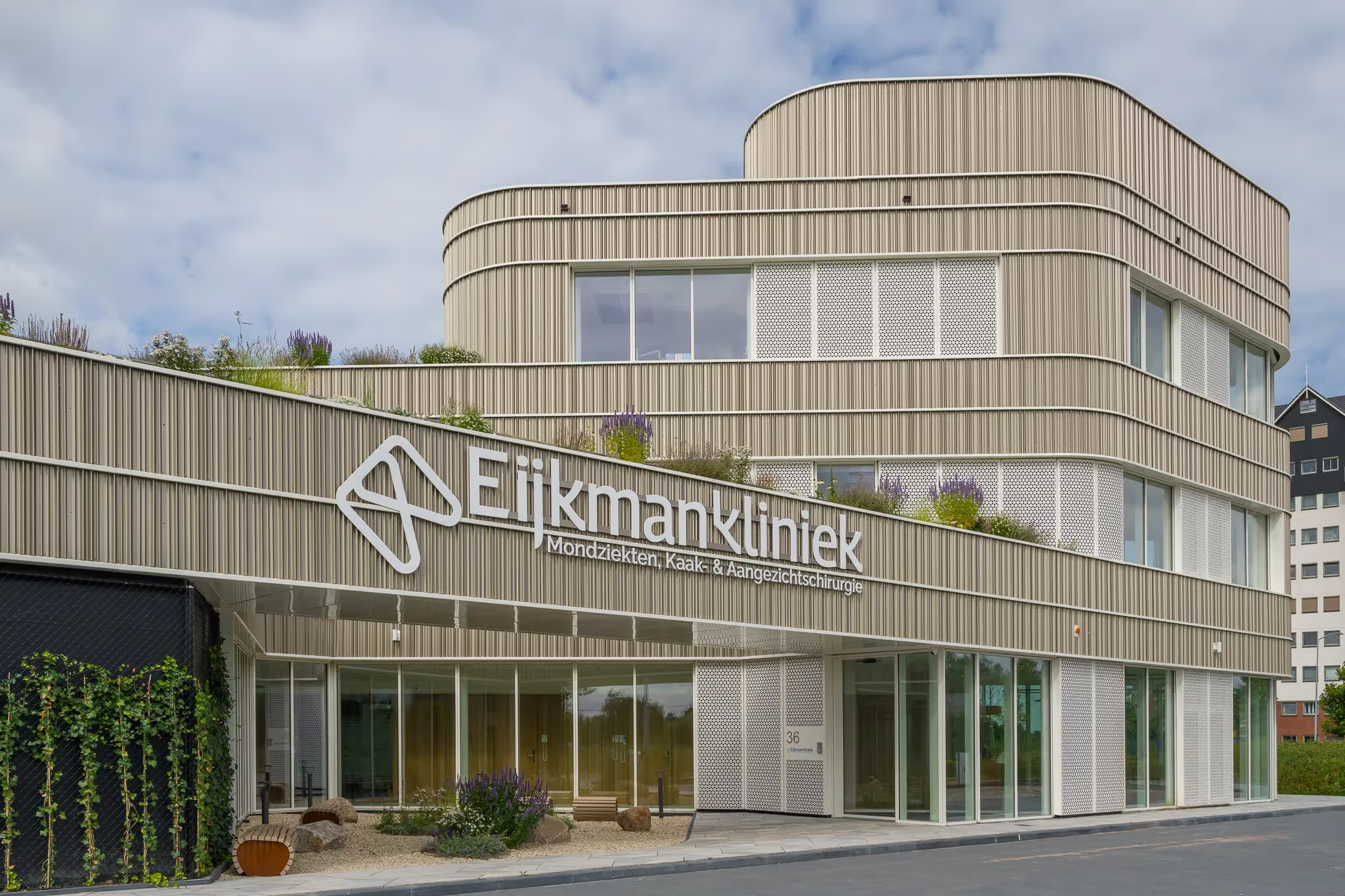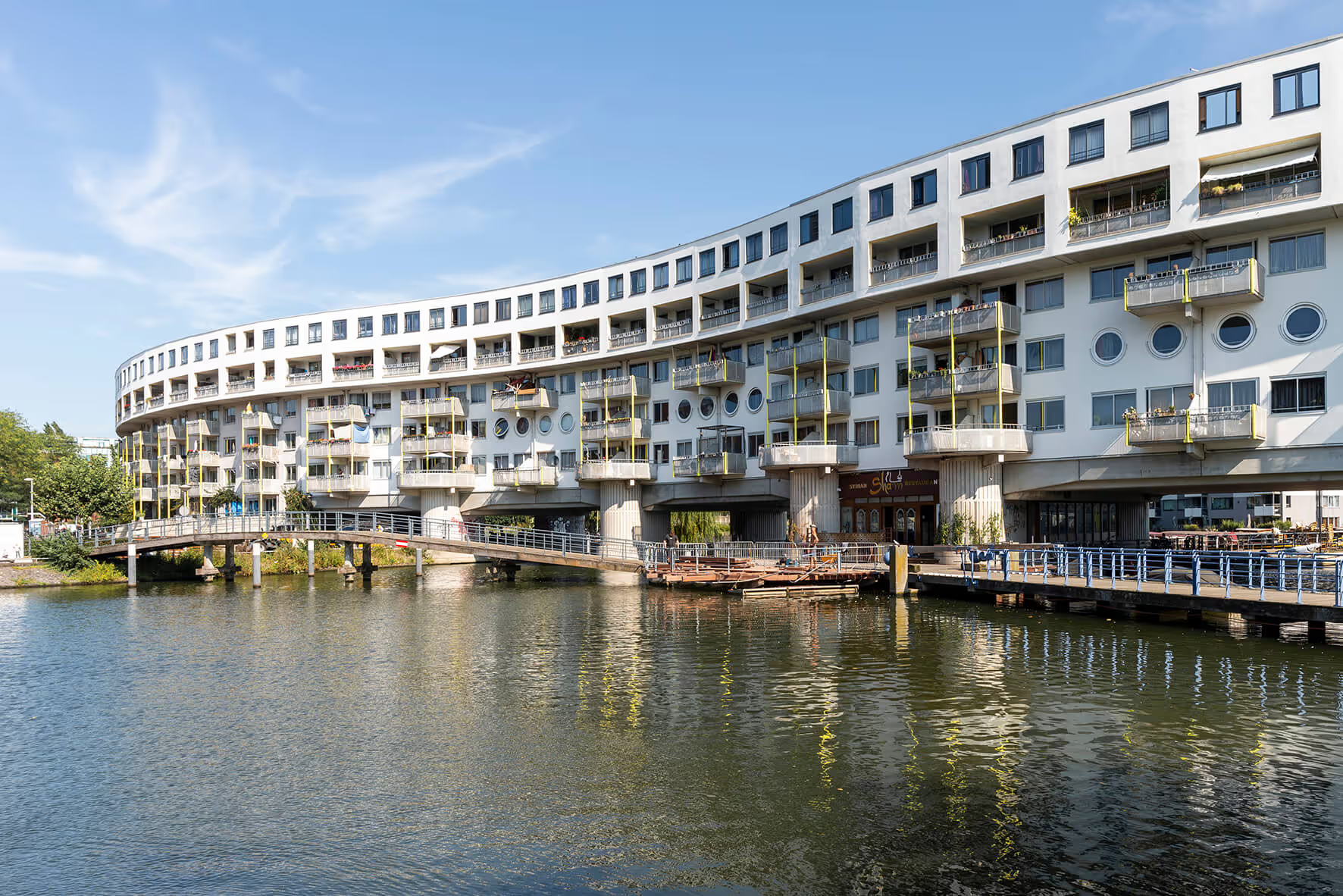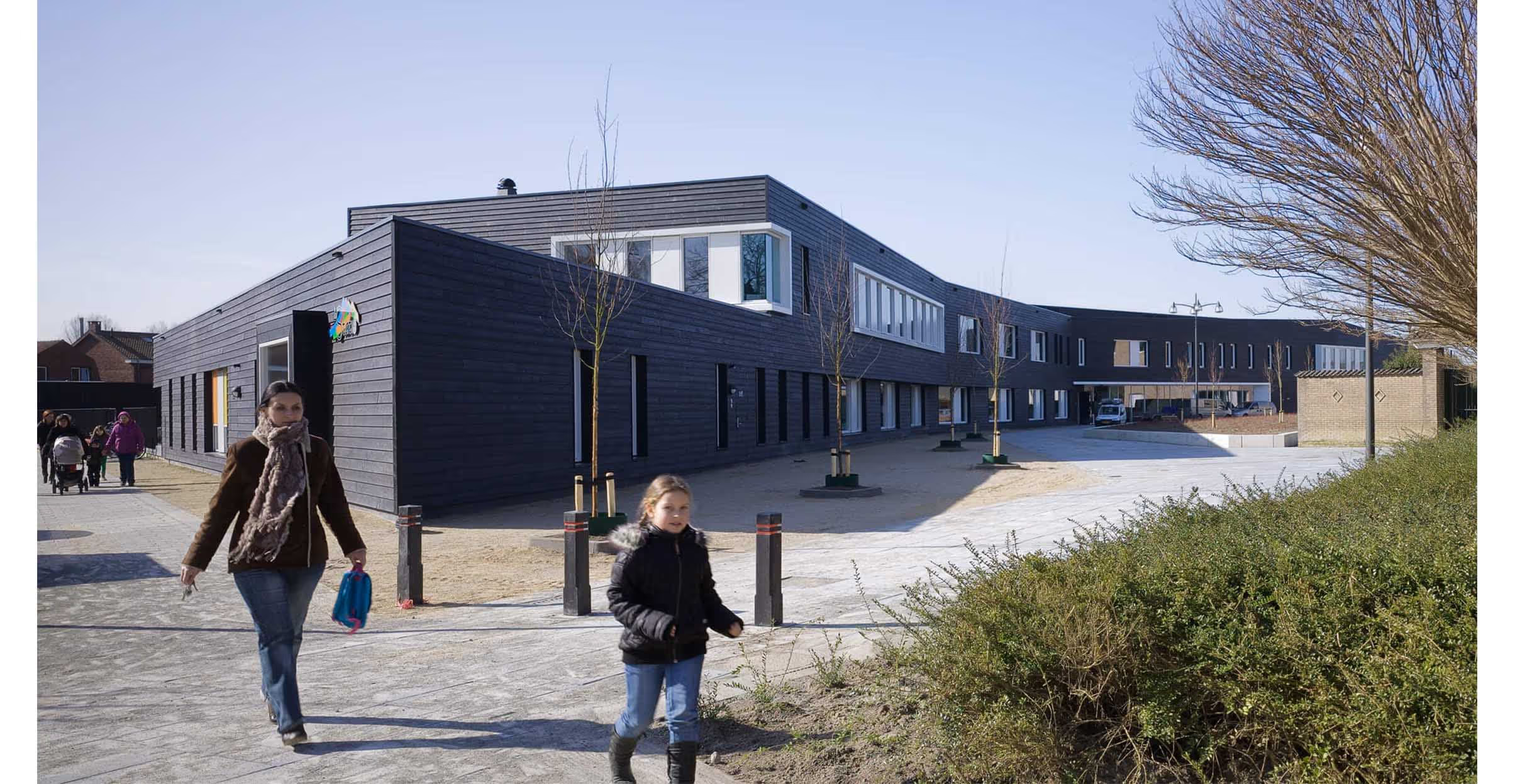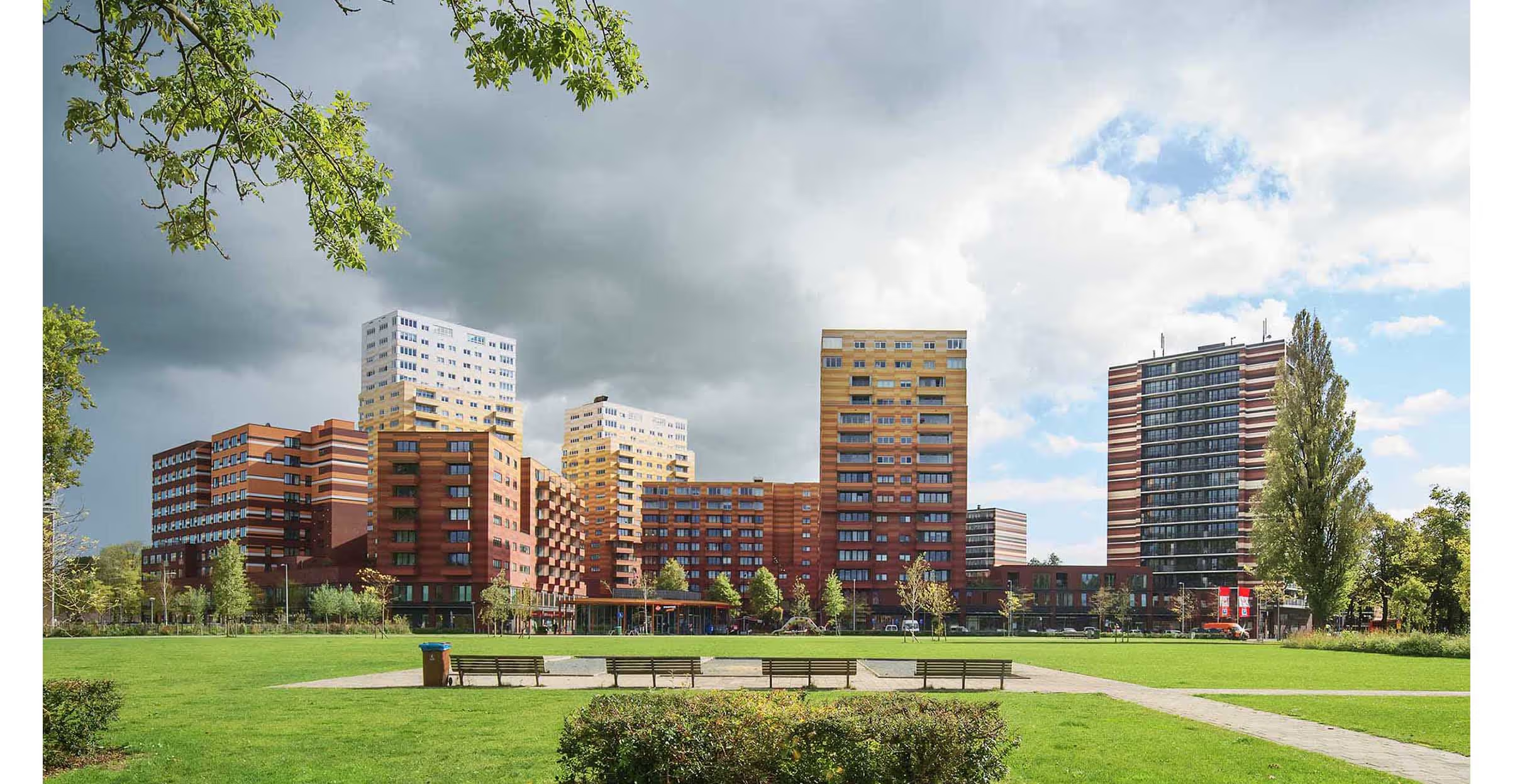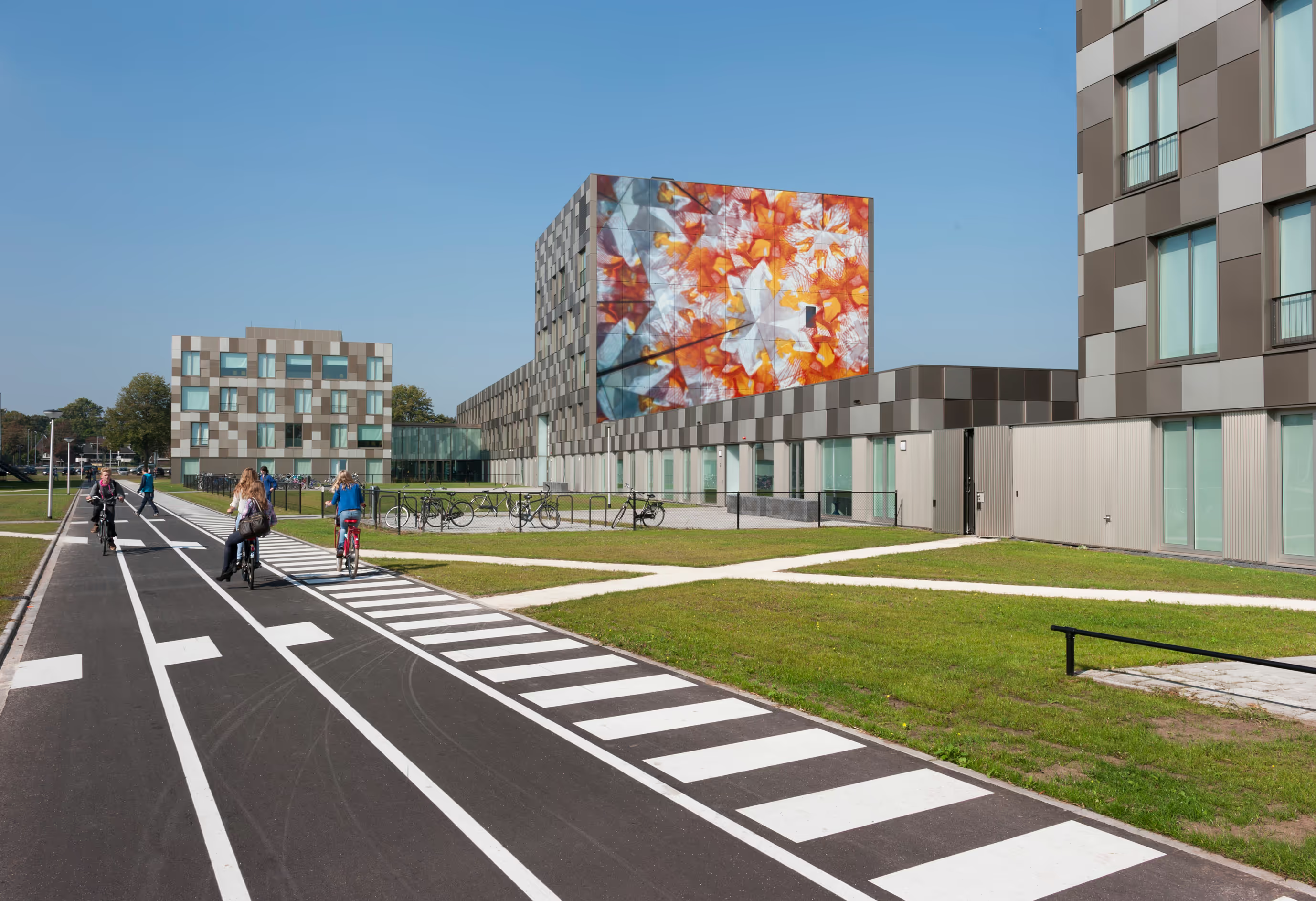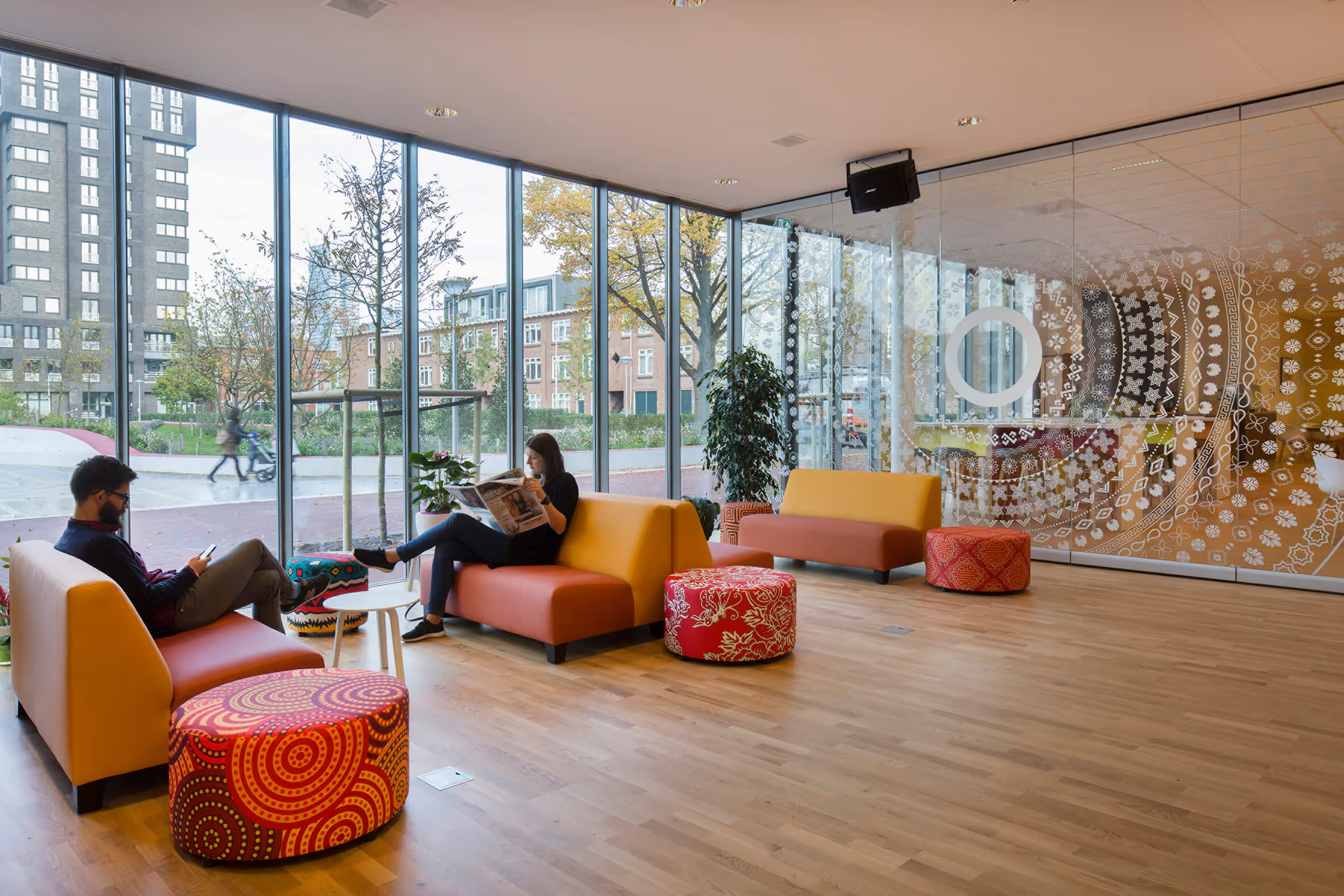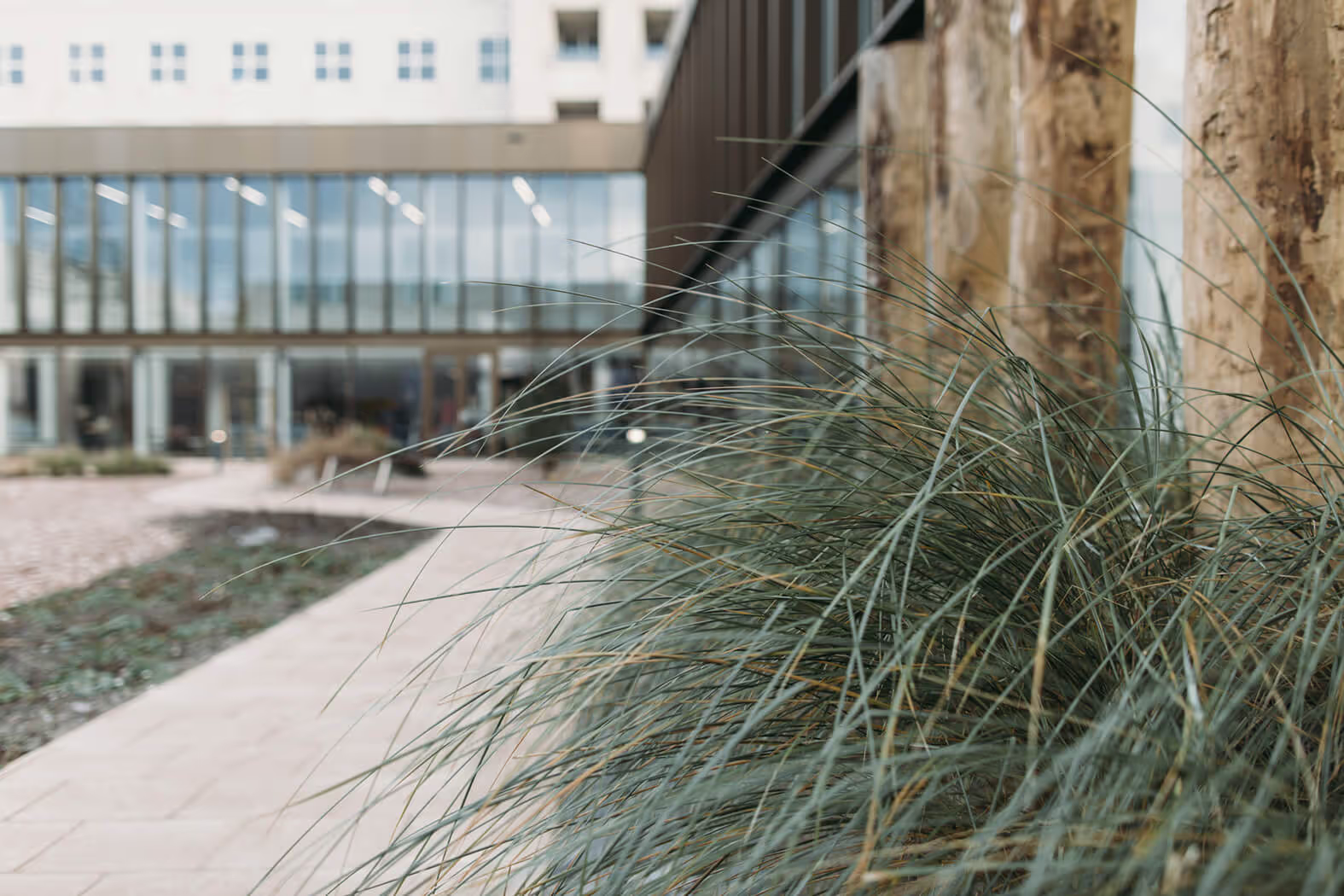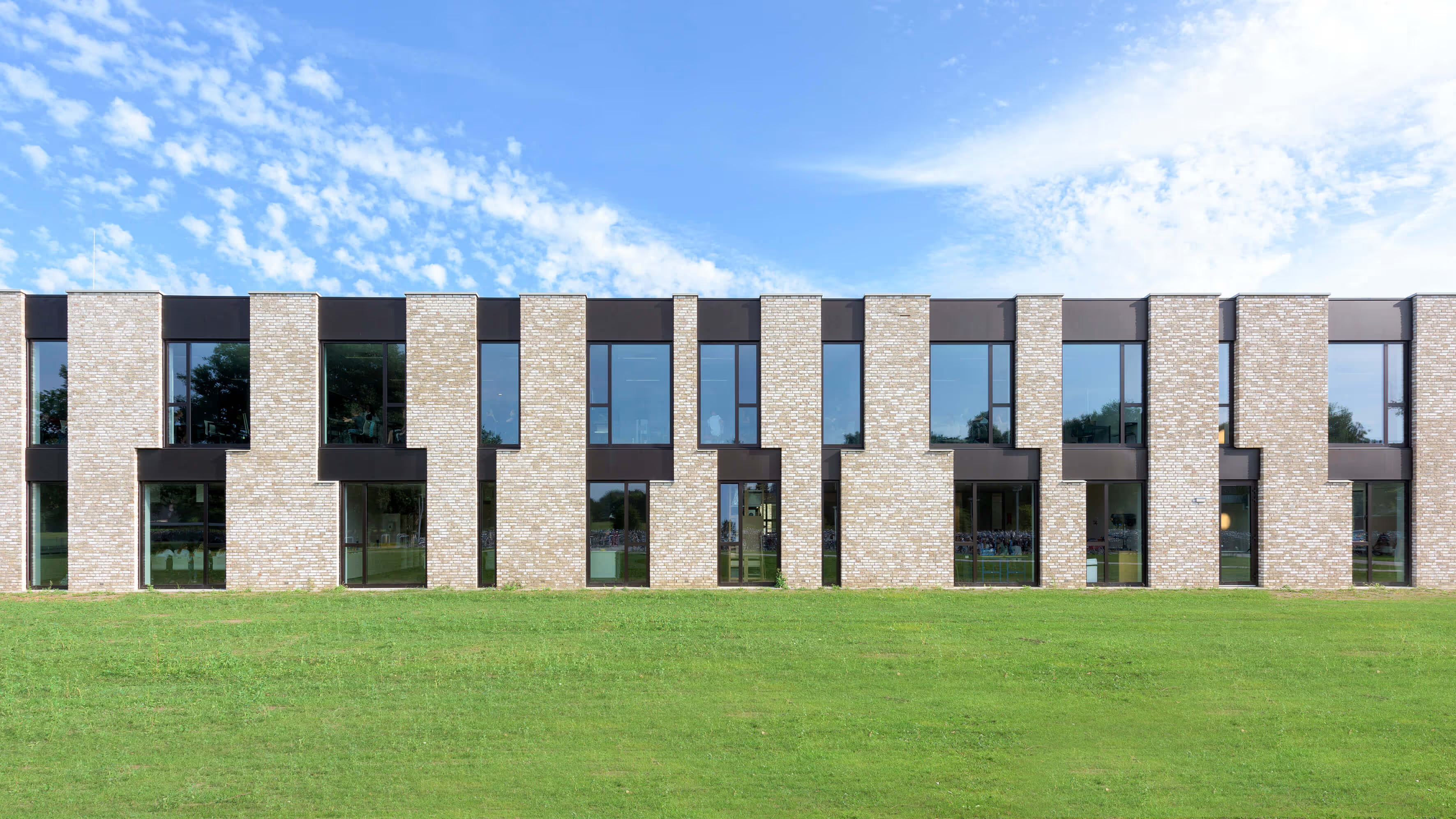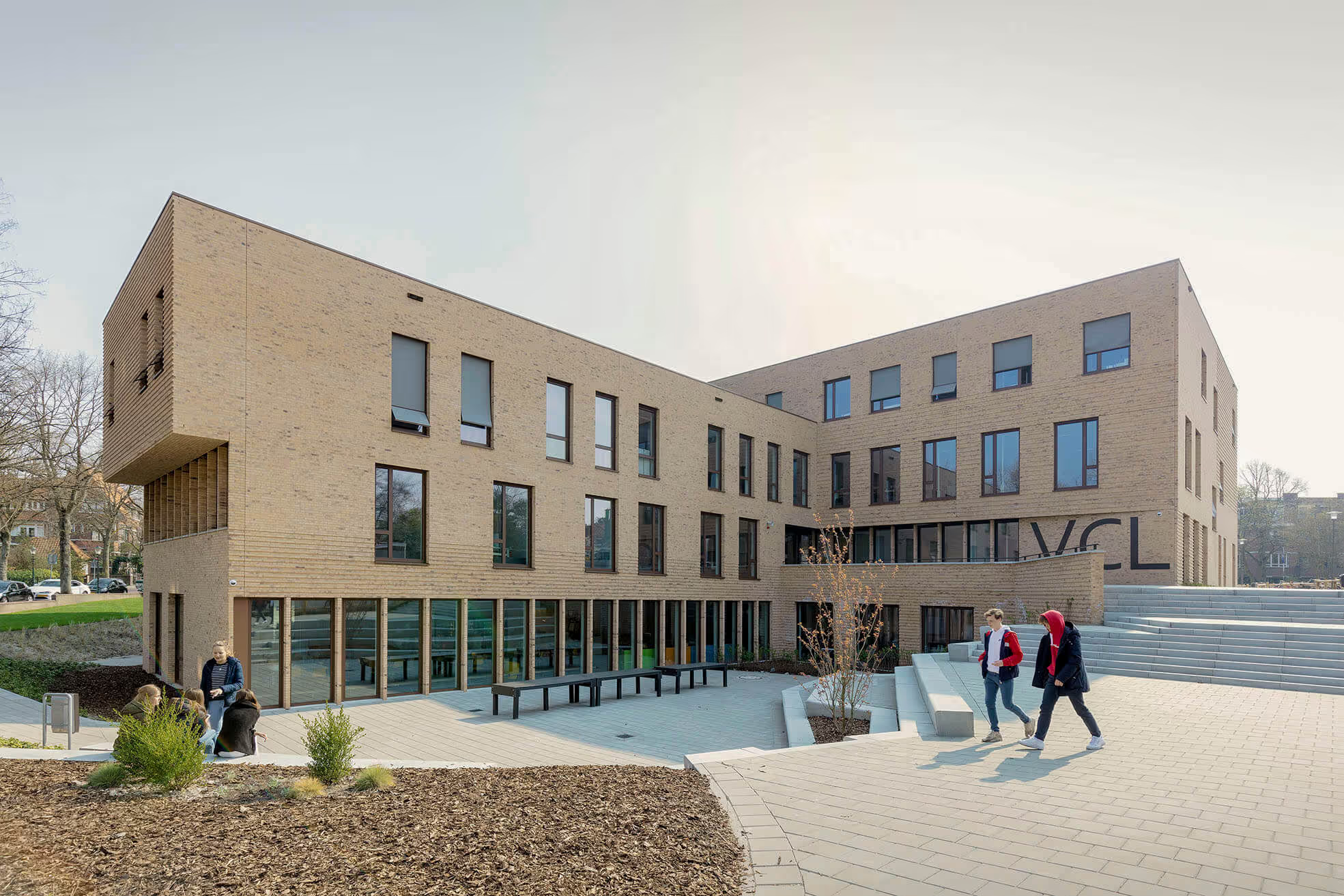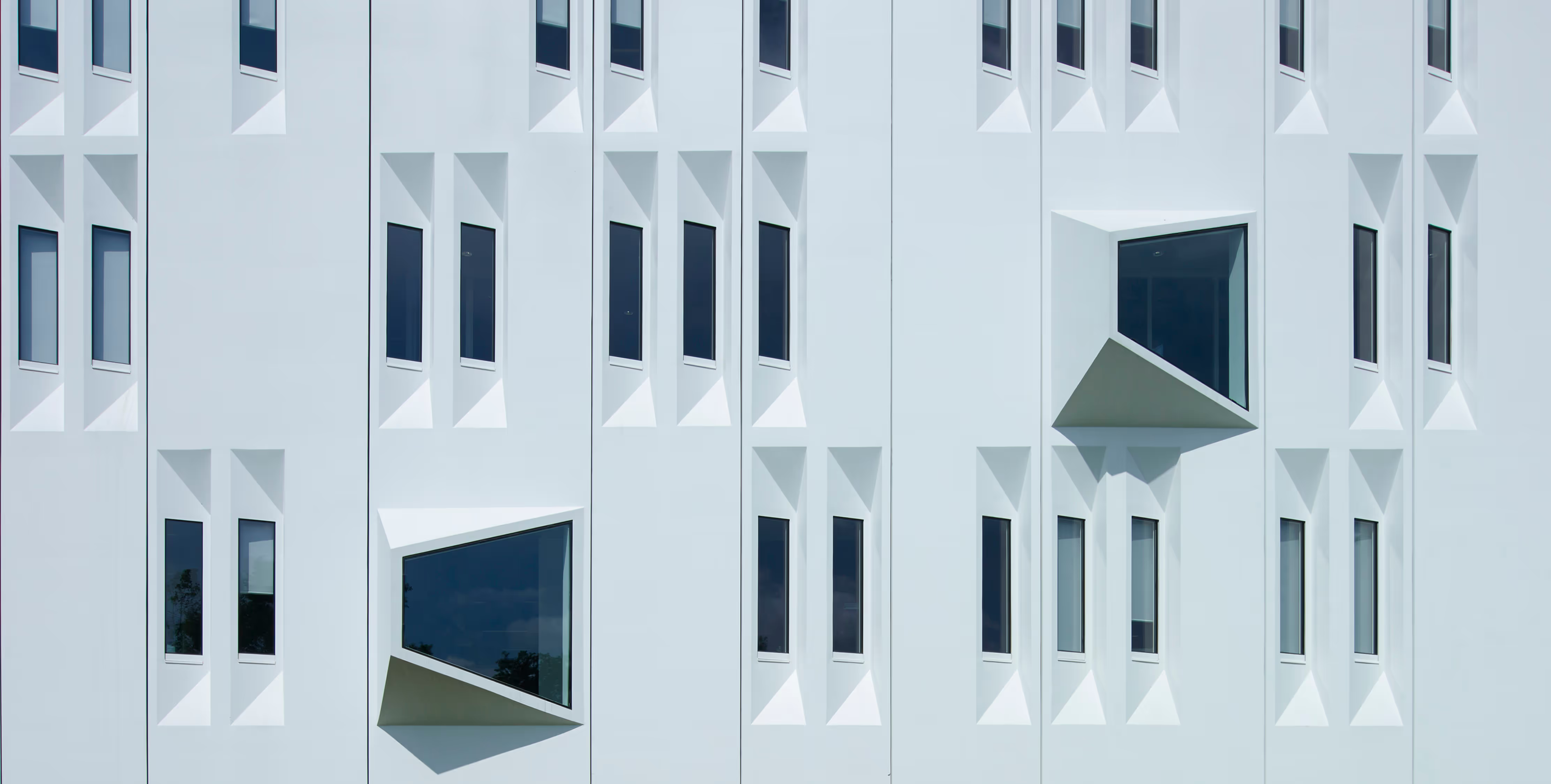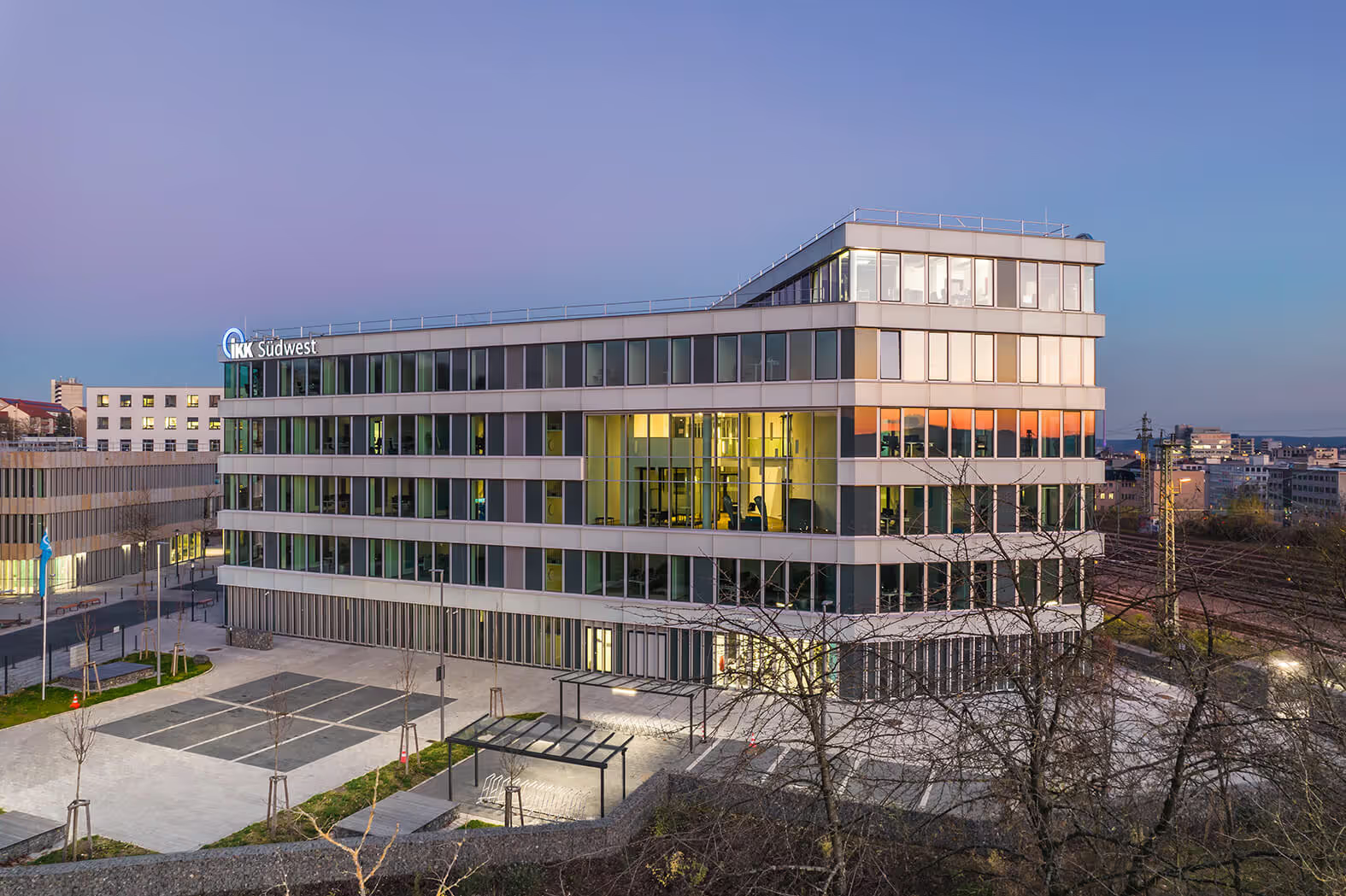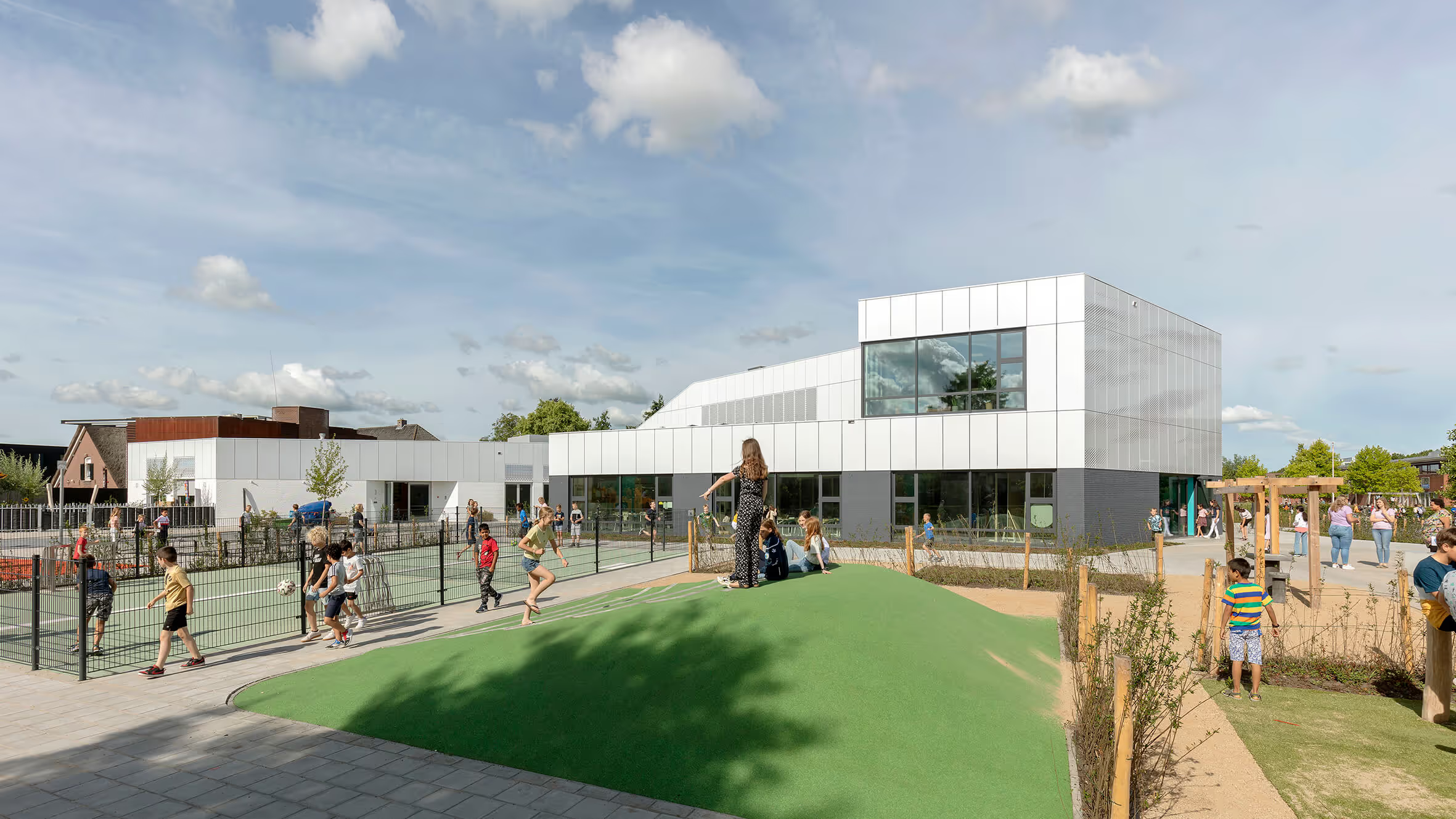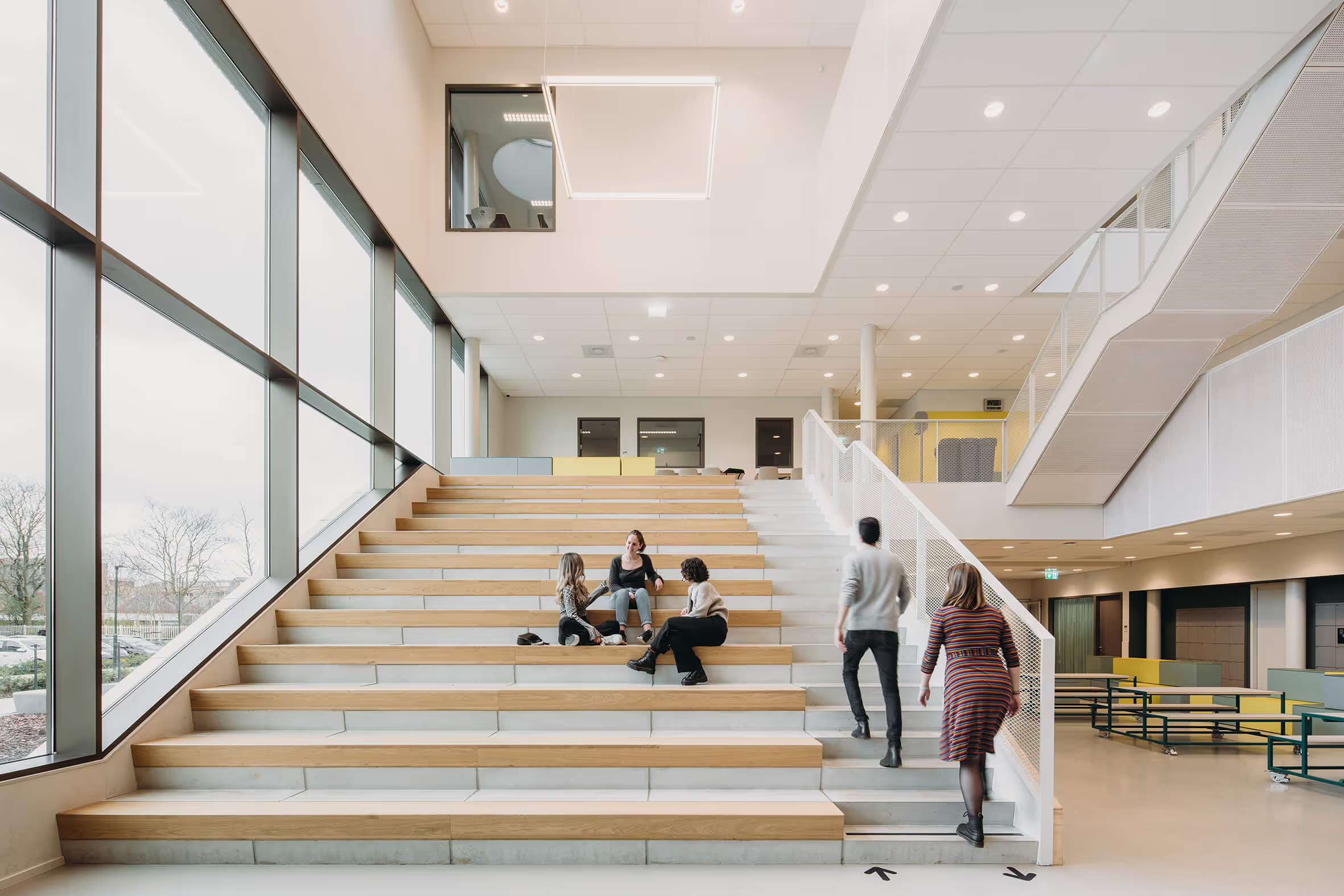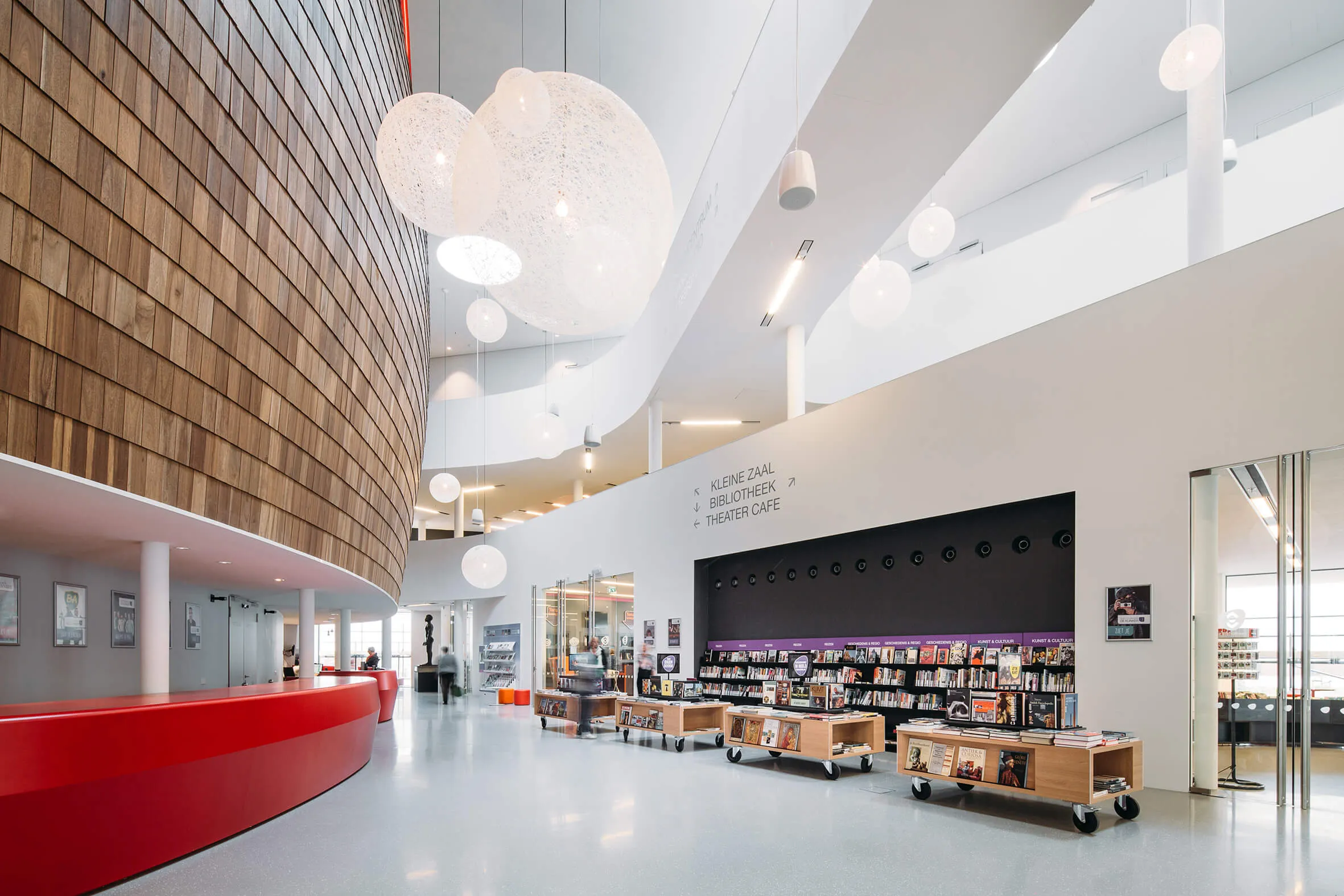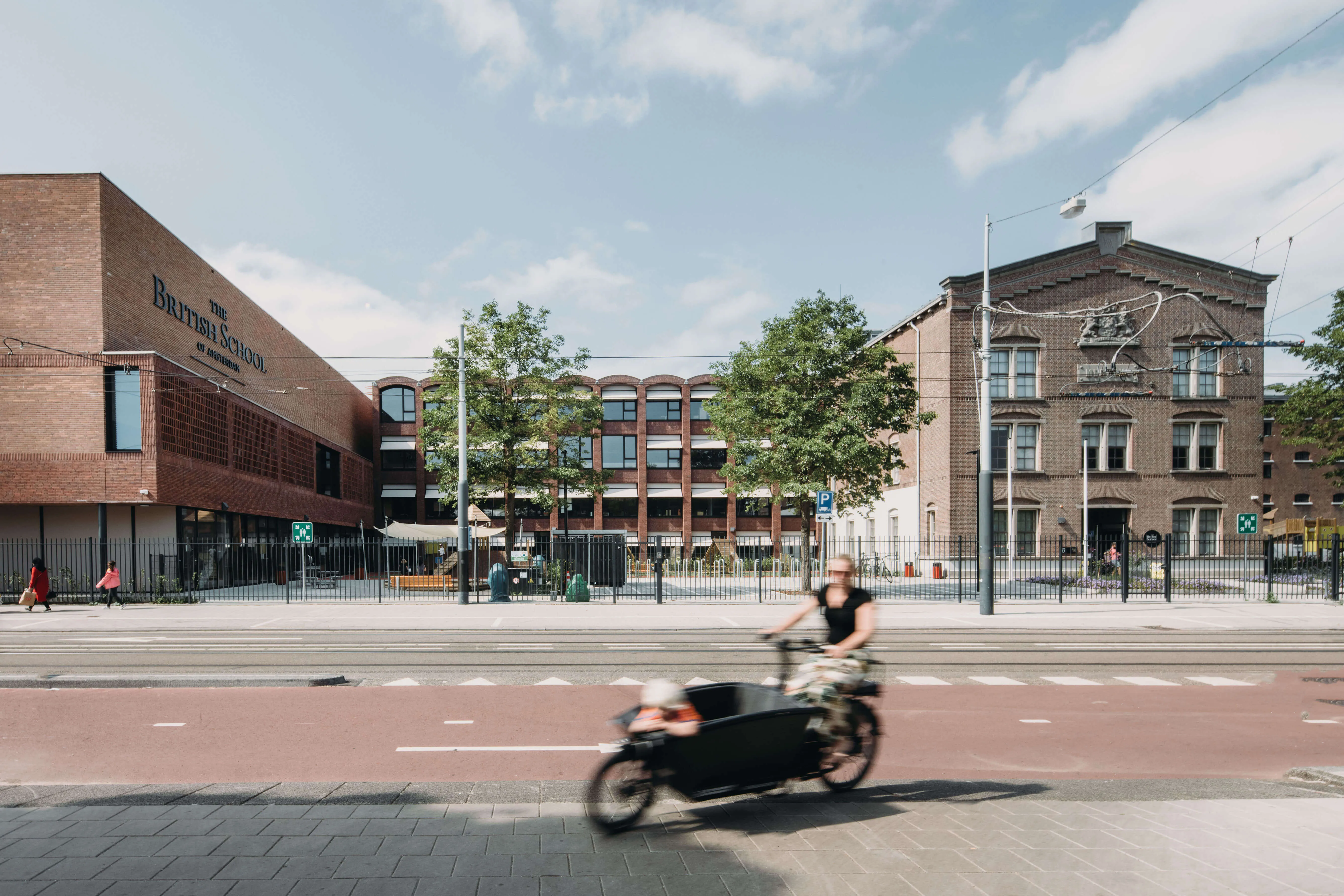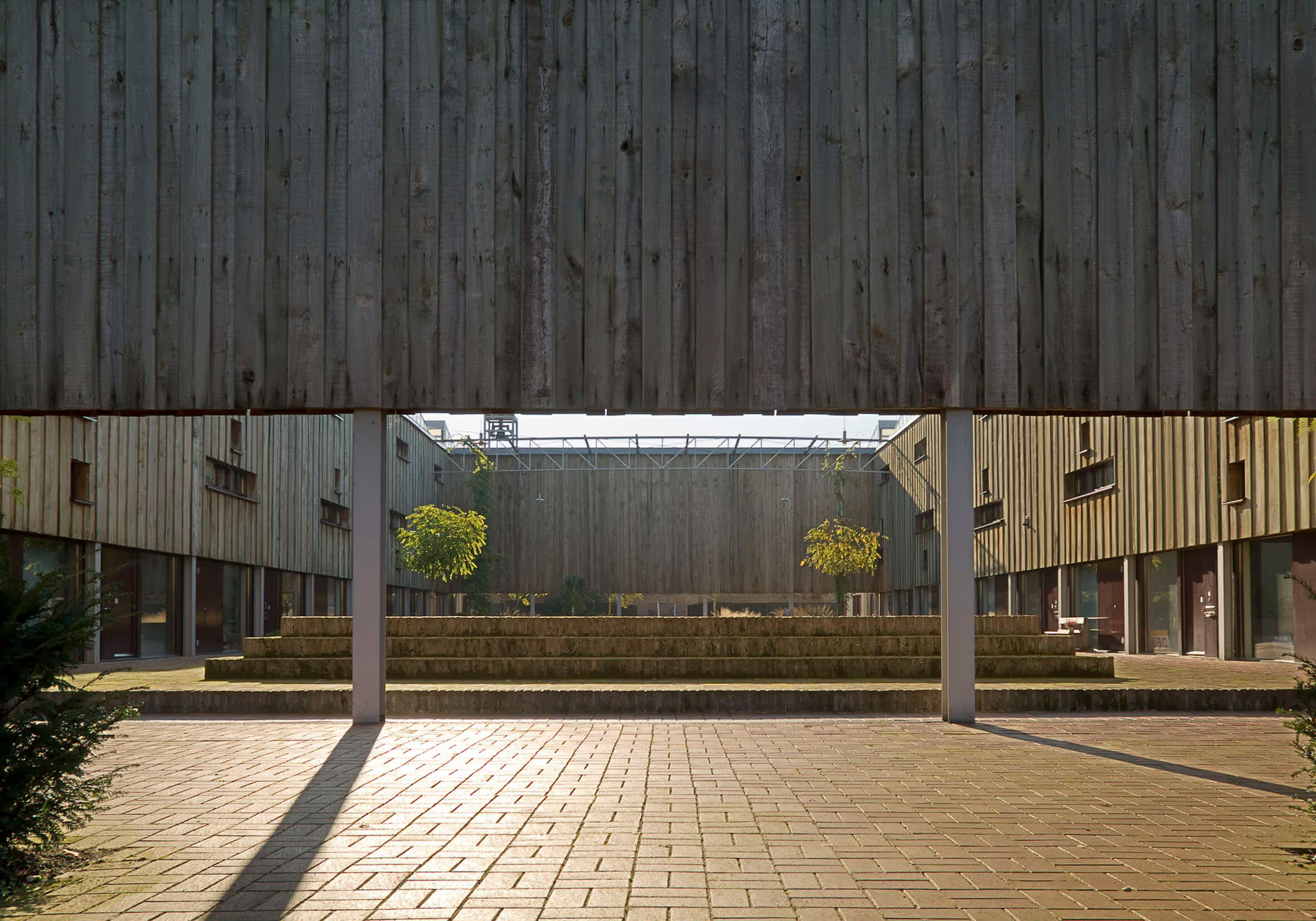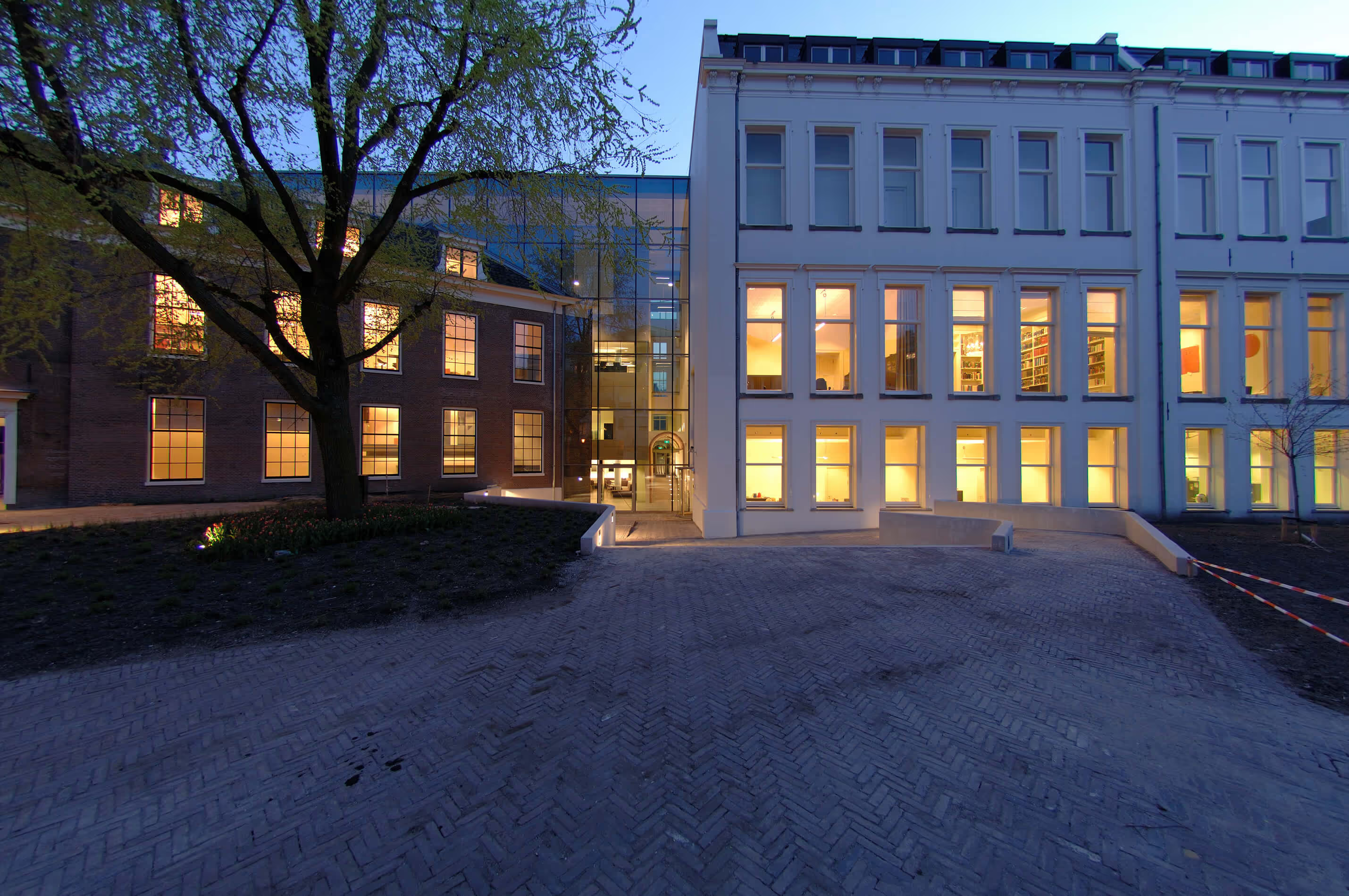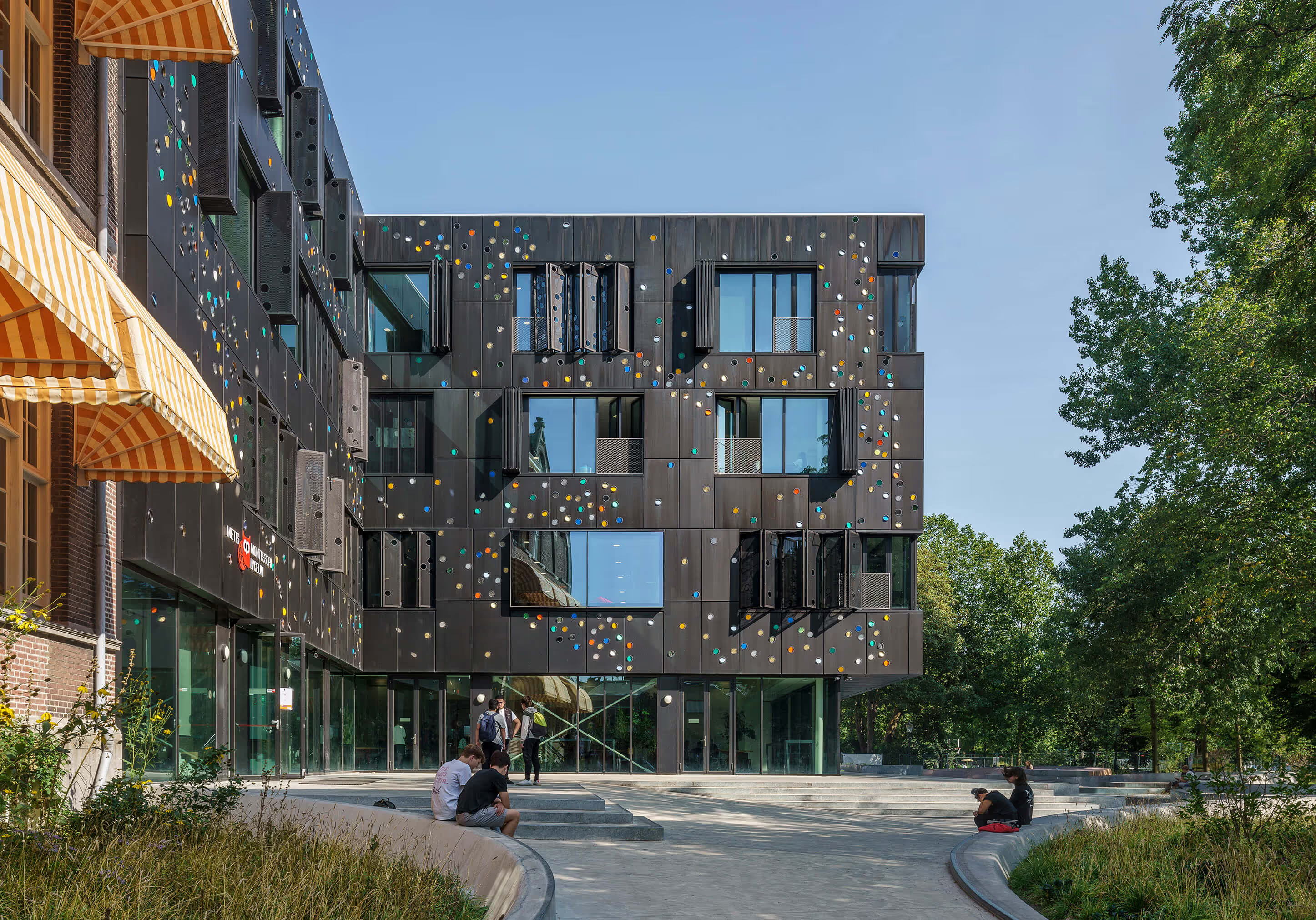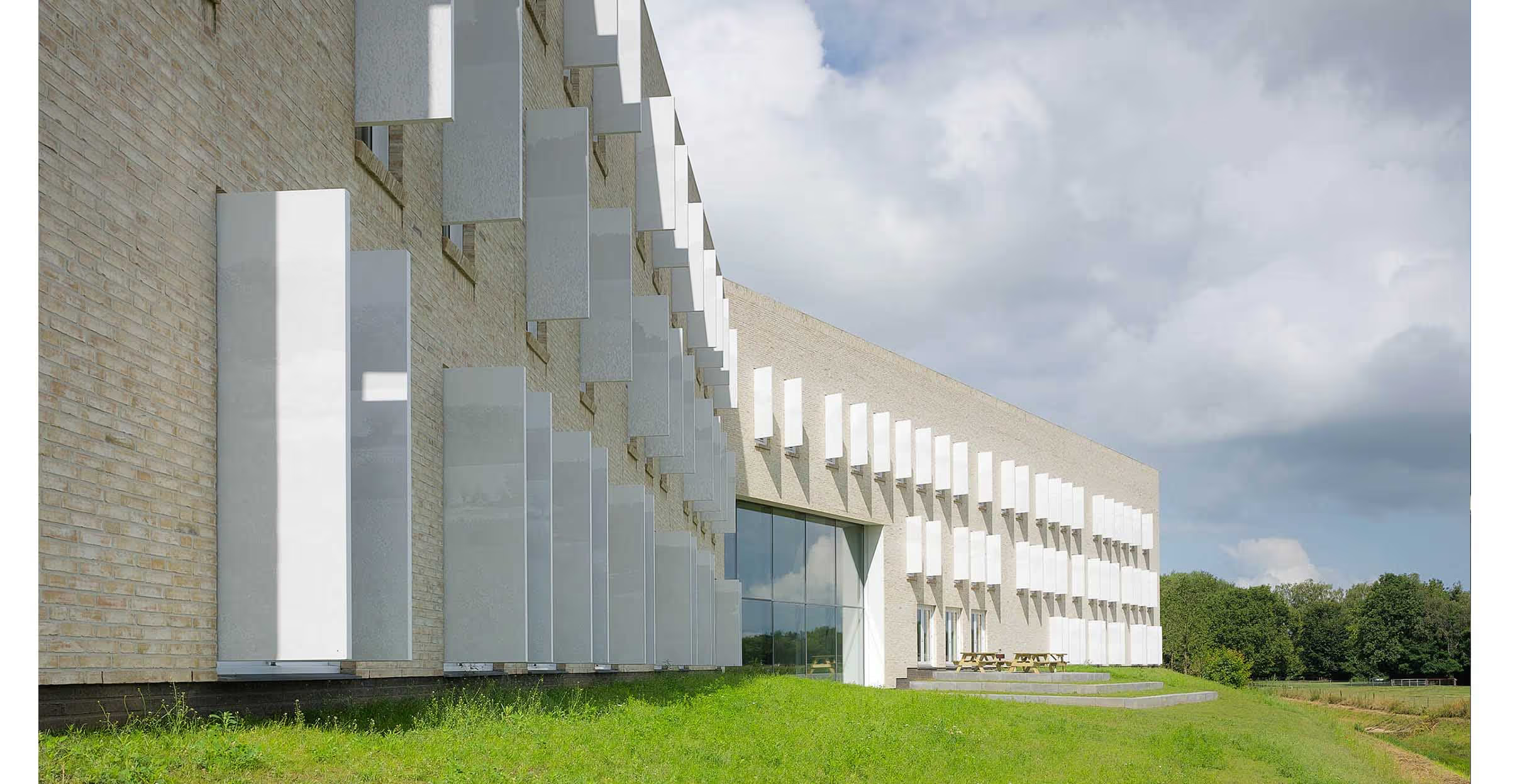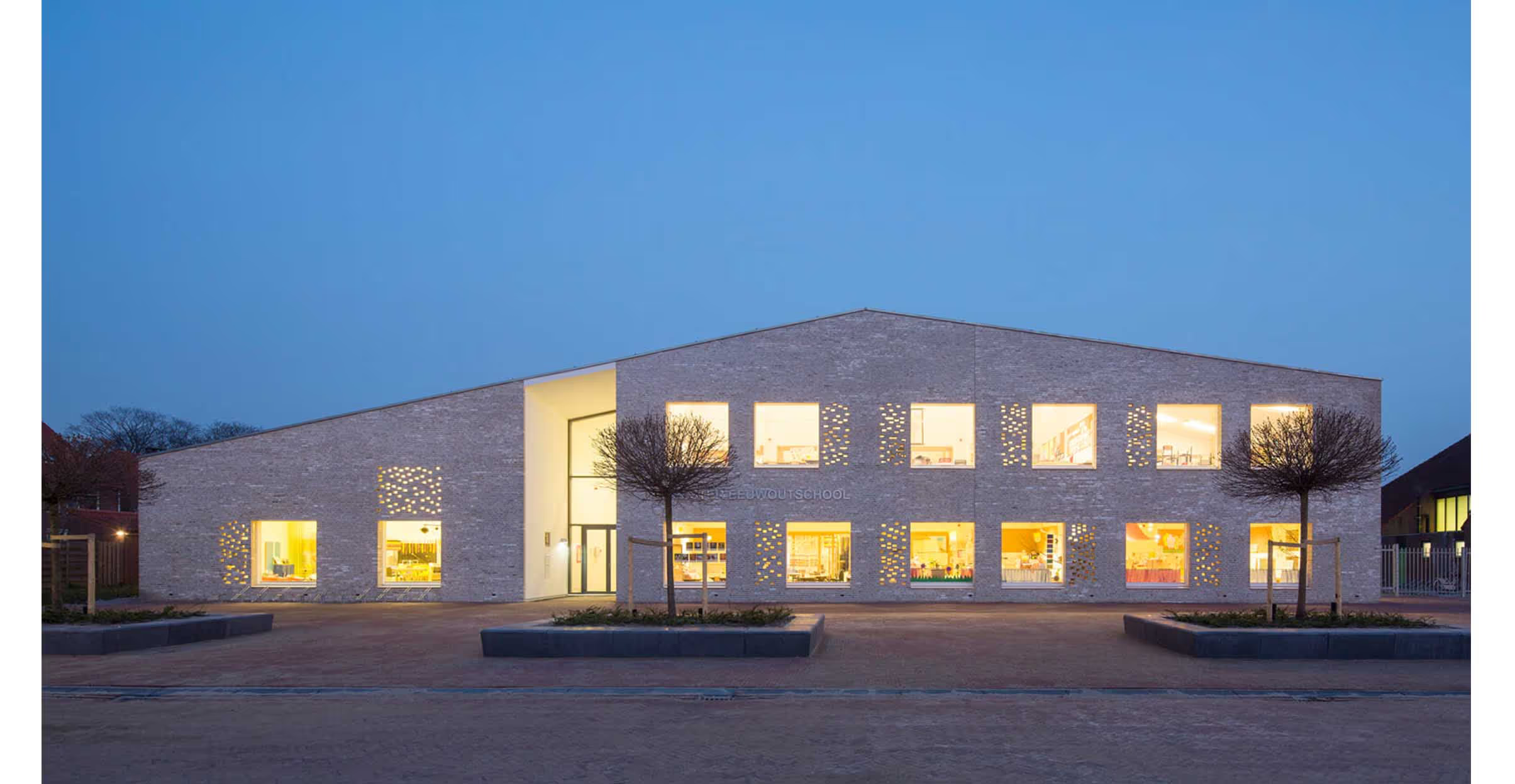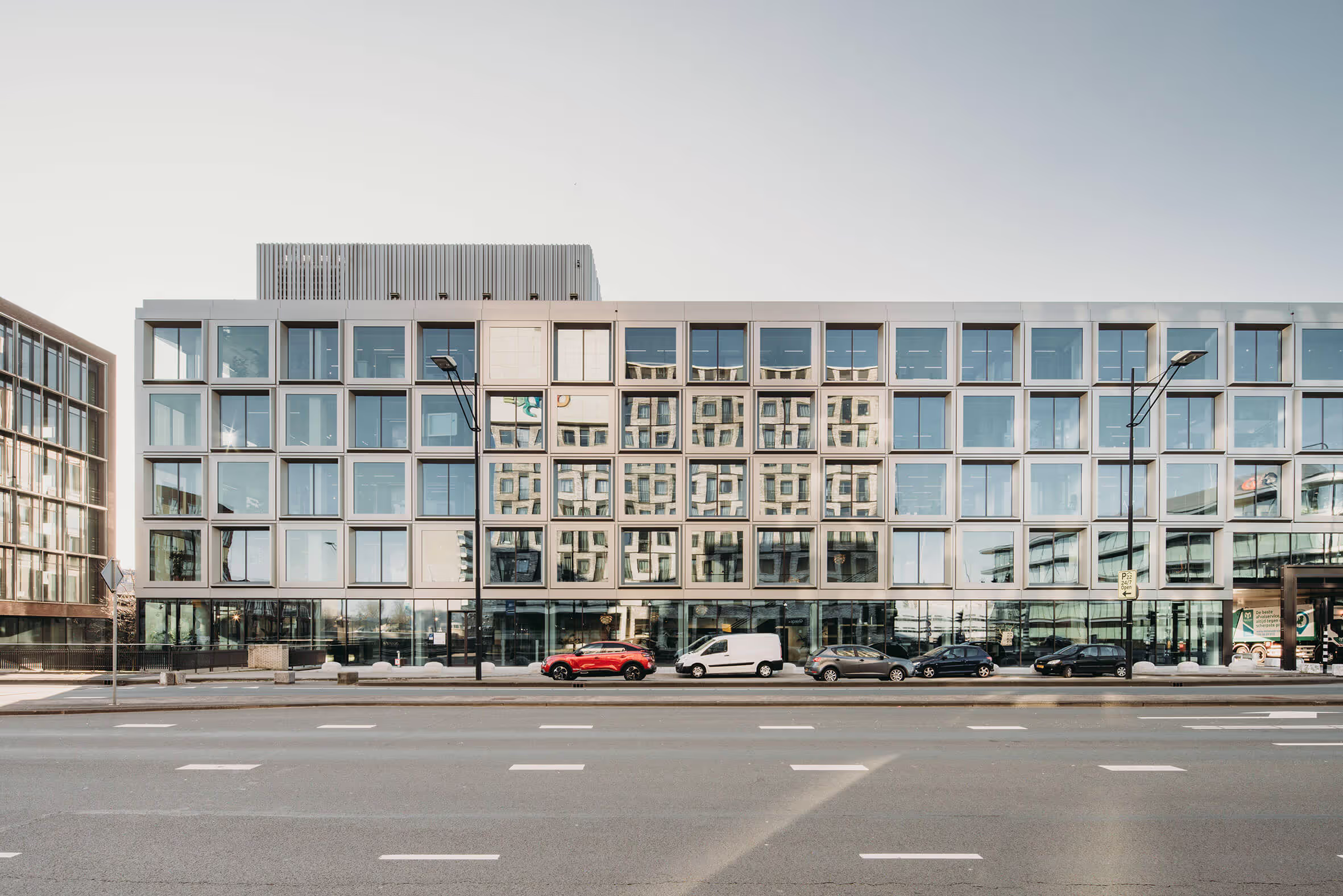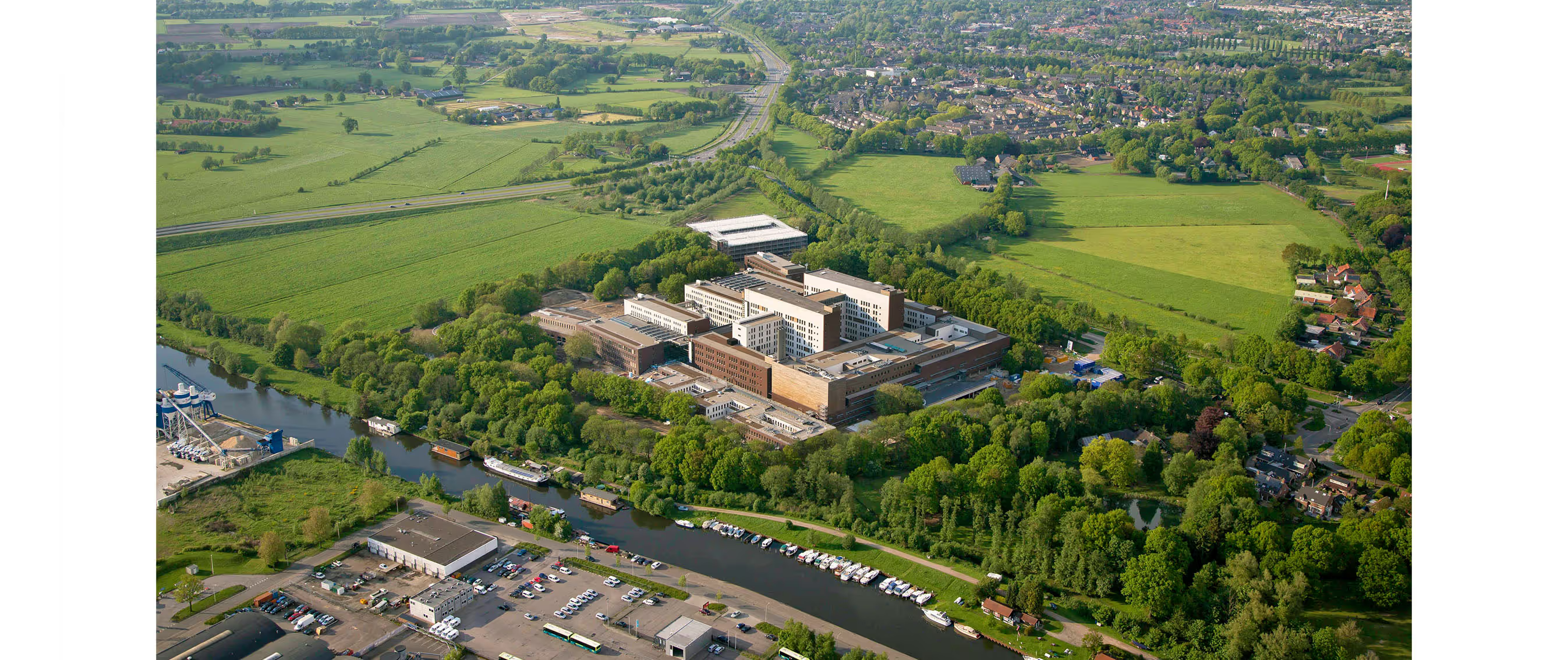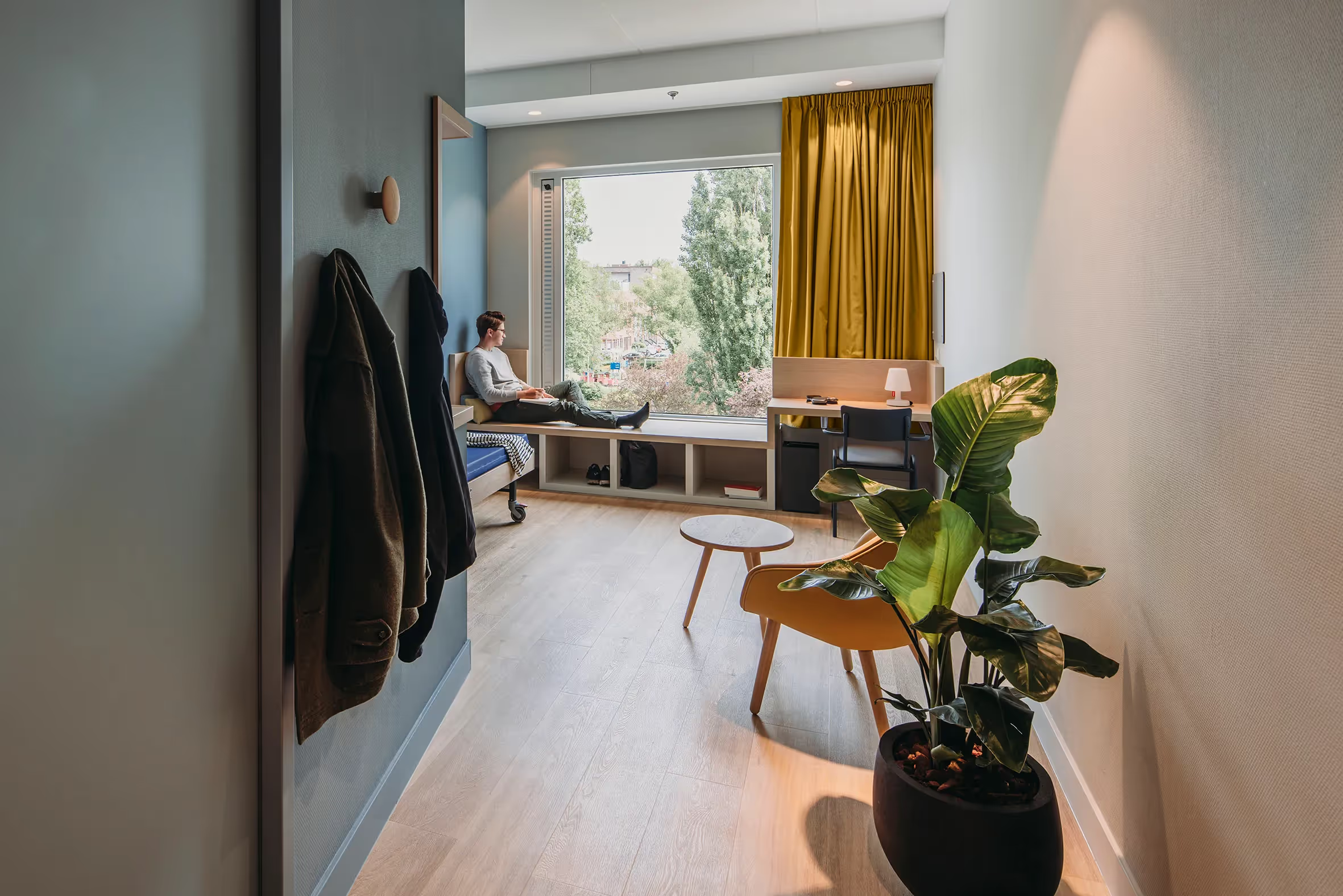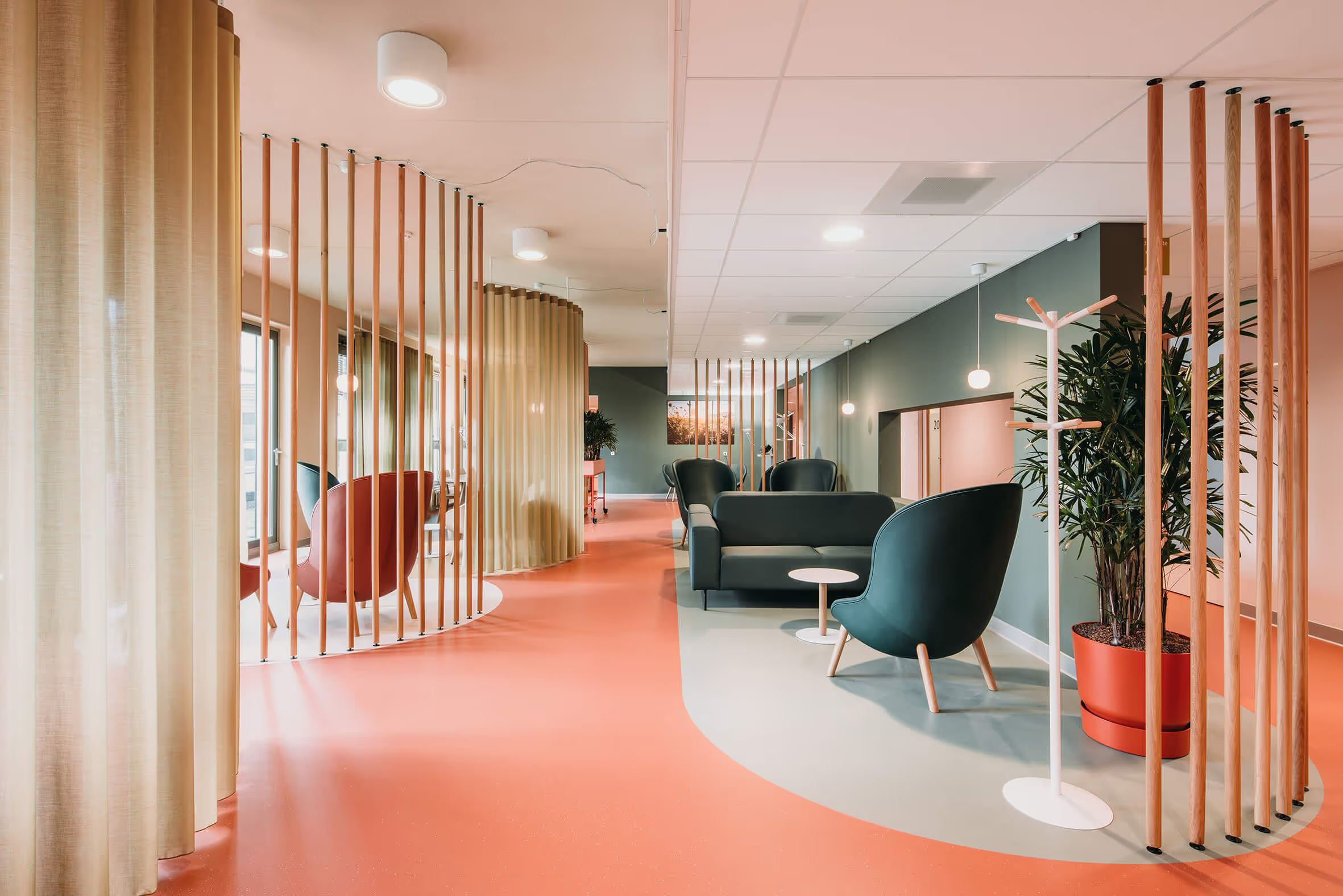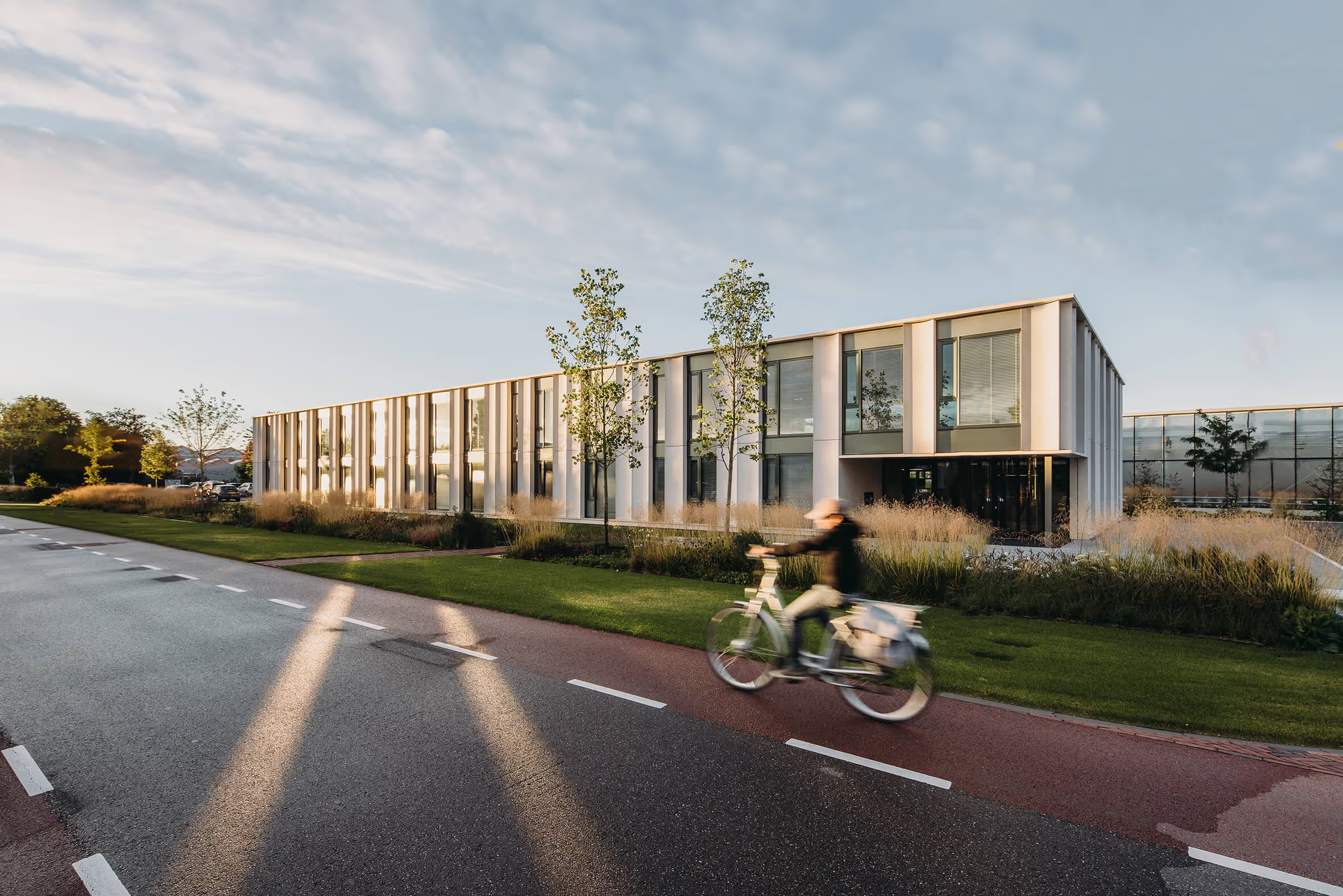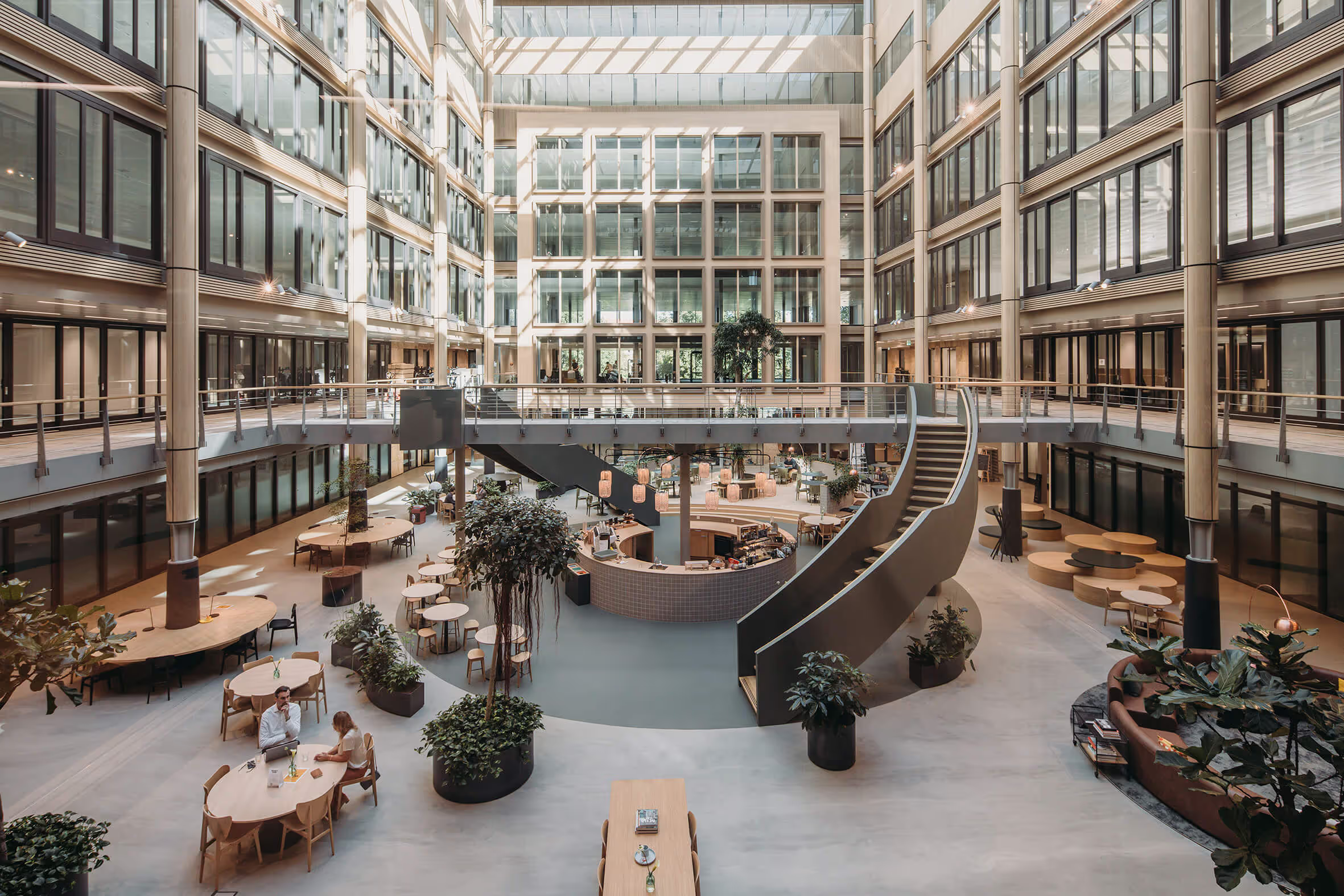Allard Pierson Museum
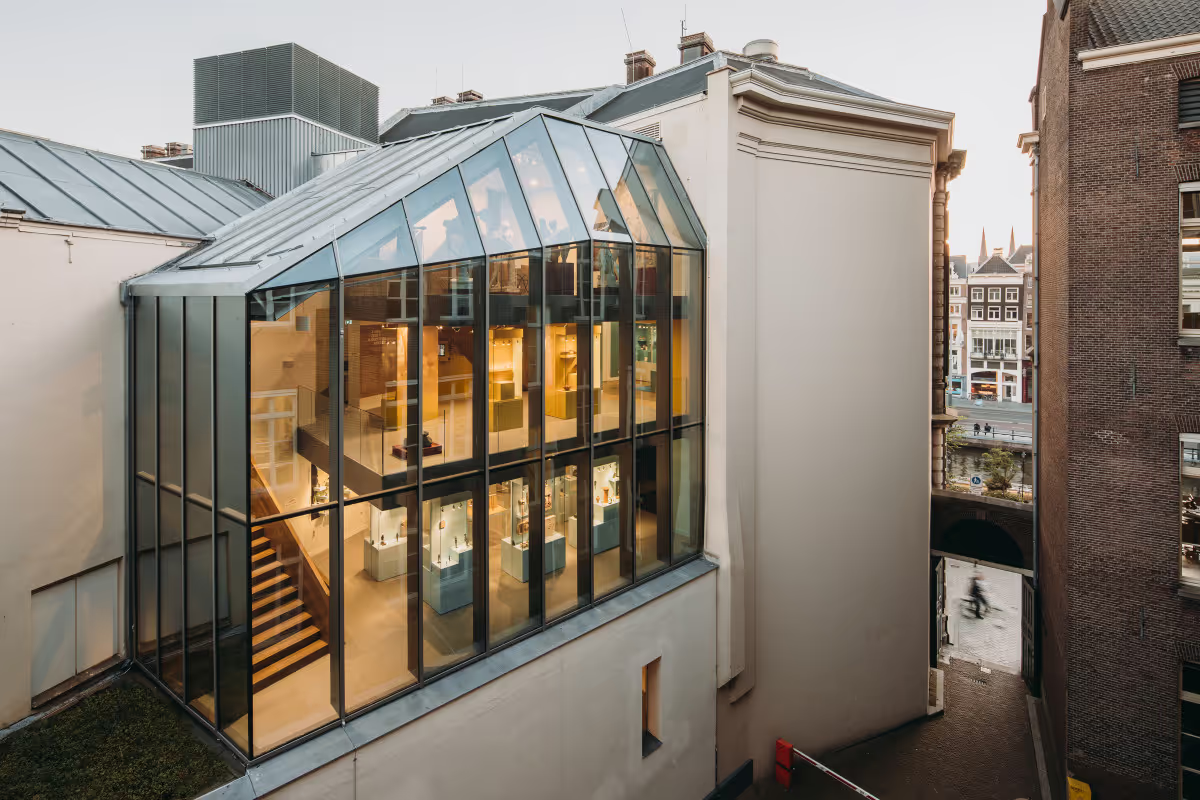
Allard Pierson Museum
Allard Pierson Museum

Renovation and new construction for the UvA archaeological collection

The Allard Pierson Museum
The Allard Pierson is the museum and knowledge institute for the University of Amsterdam's heritage collections; the highlight is the internationally renowned archaeological collection, but the museum also has an extensive collection of cartography, book history, Jewish culture, church history, zoology, music and graphic design. The Allard Pierson is a crowd pleaser, but also has an academic task, as a place for scientific research; the renewed museum was therefore supposed to offer space for exhibitions, a museum café and a shop, but also a place for studies, symposia and lectures.
A national monument in the center of Amsterdam
The museum is located in a monumental building on the corner of the Oude Turfmarkt and the Rokin, in the middle of the historic city center of Amsterdam; until the mid-1970s, this building was the home of De Nederlandsche Bank (DNB), after which it was used by the museum in 1976. The reason for the current renovation was to bring all the UvA's heritage collections together at this location; at the same time as' opening 'these collections, Allard Pierson literally wanted to open up more to the outside world in order to attract a wider target group — including more tourists who, due to the jetties of the J. Kooij cruise boats right outside the door, are already in droves.
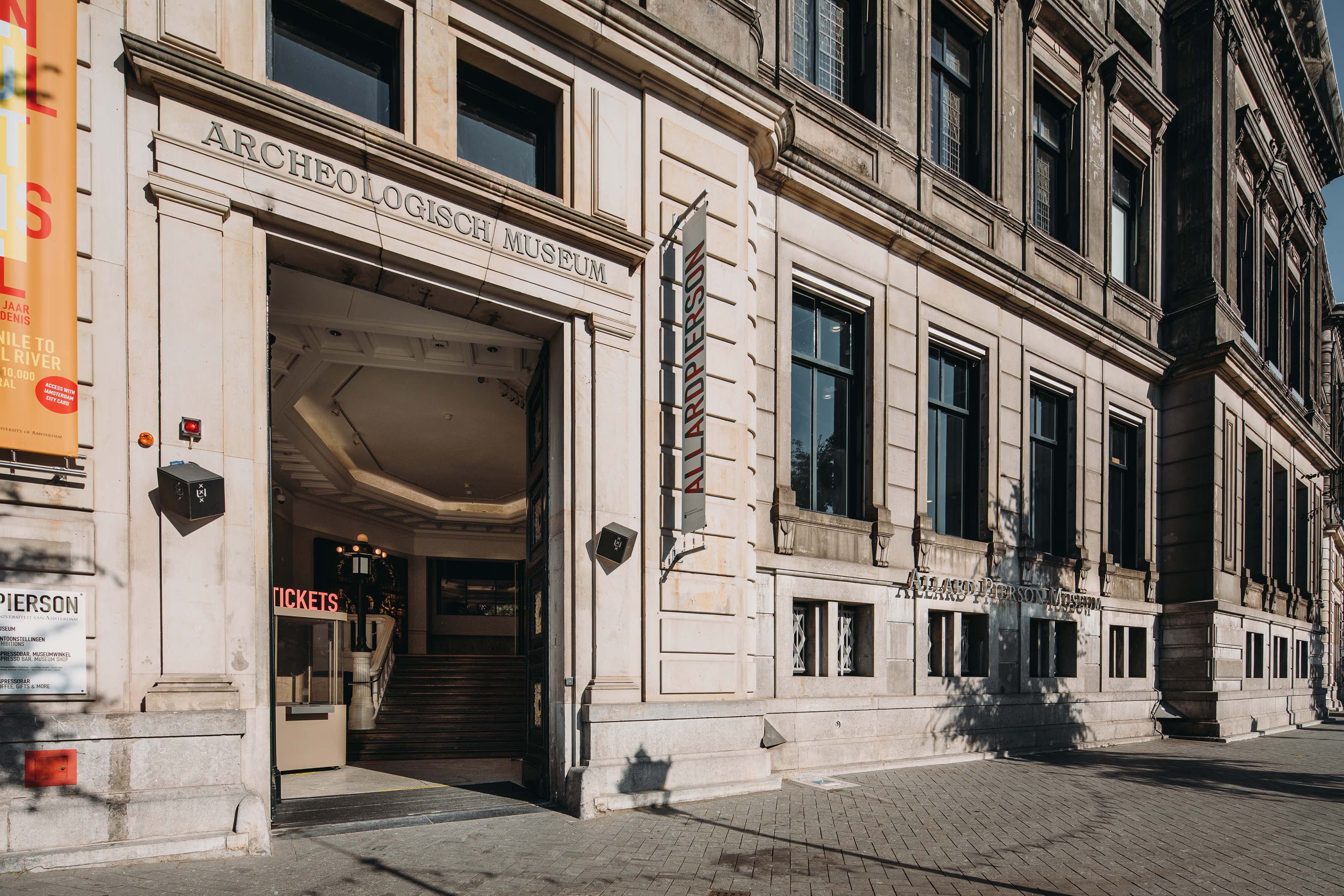
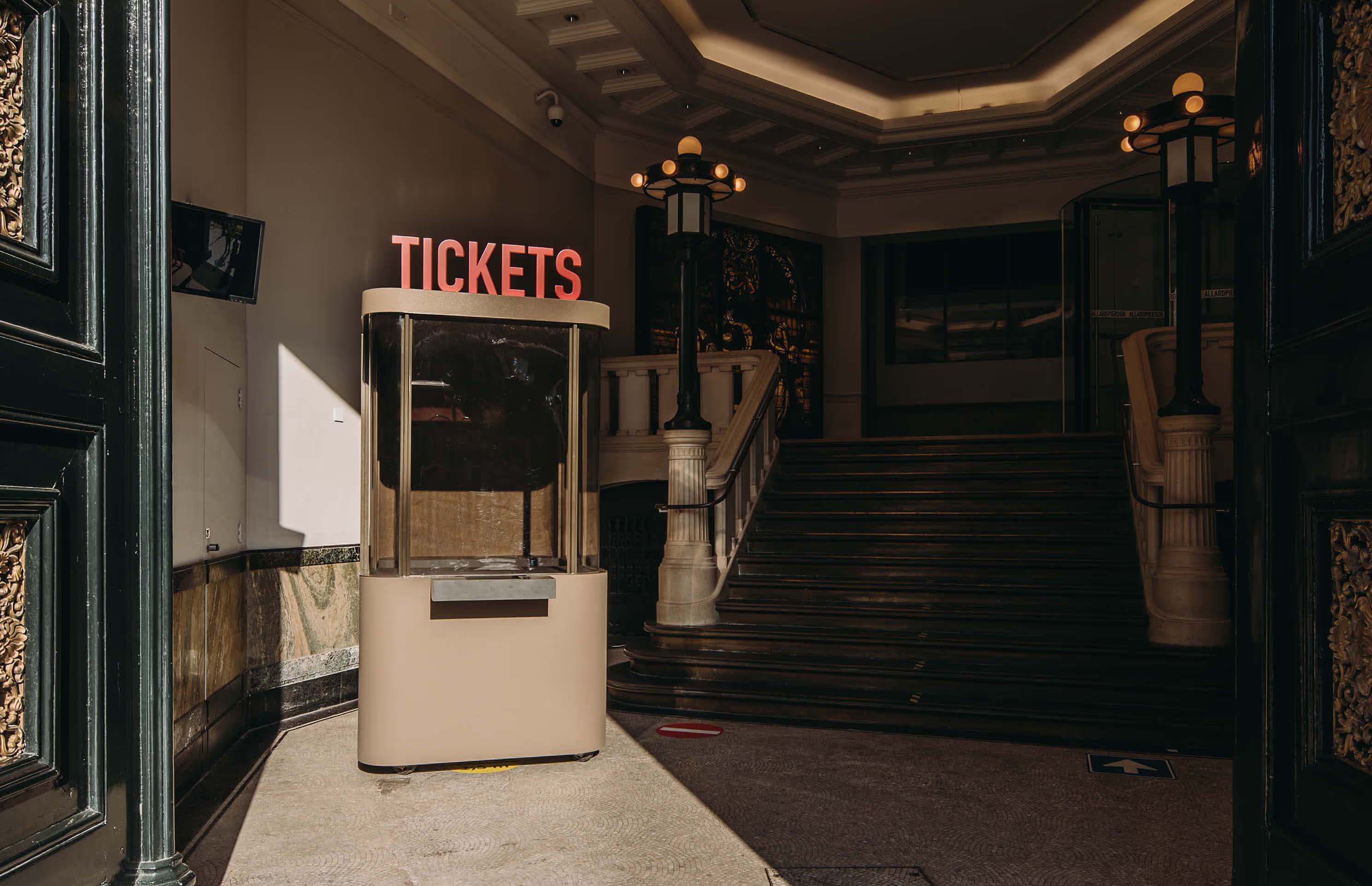
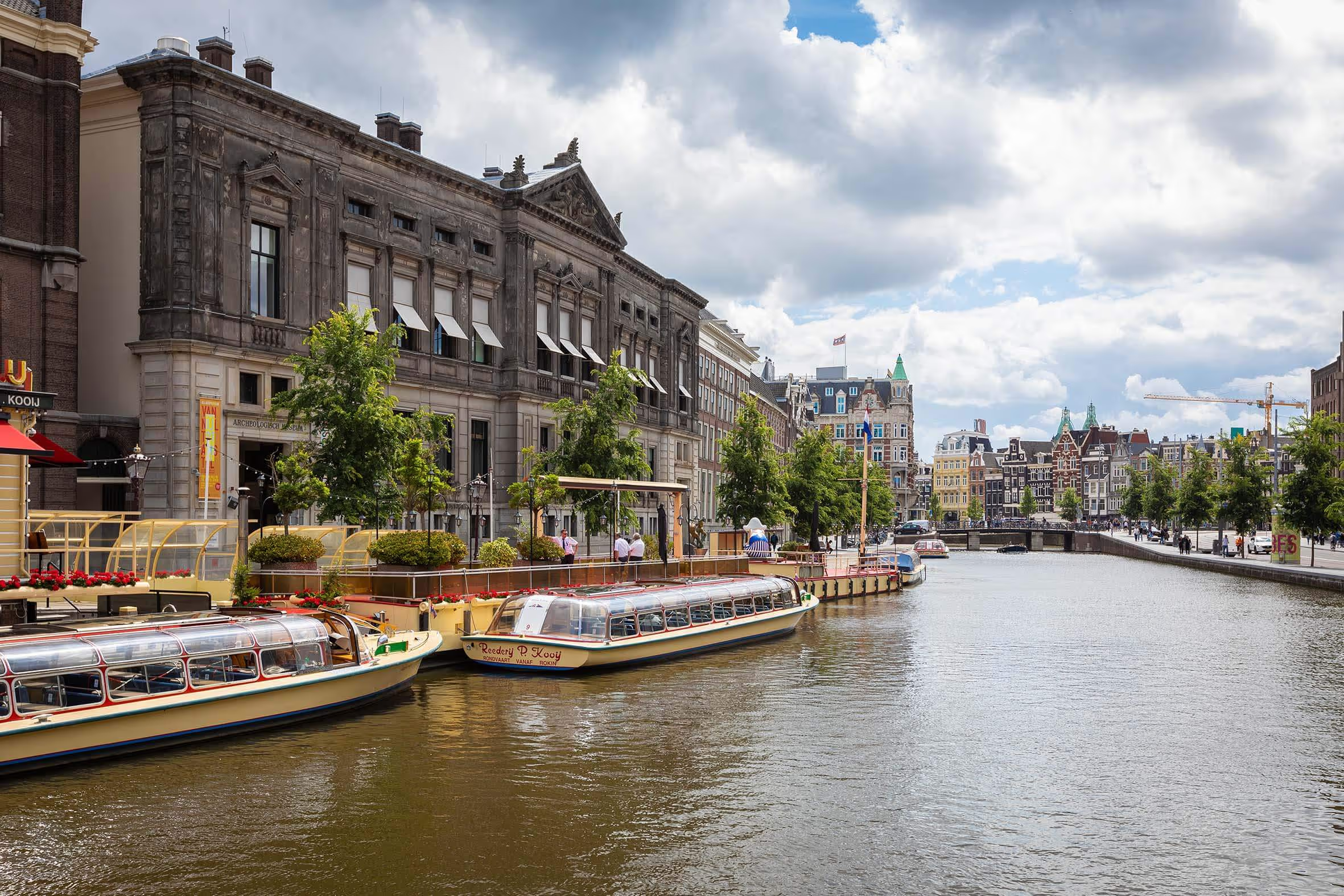
More space for the public, the collection and science
The museum made a closed impression before the renovation: a glass turnstile was installed in the five-metre-high monumental bank doors of the main entrance, there were only functions that were not accessible to the public on the ground floor, and the bell floor was closed to the outside with a view to preserving the collection. The museum also had a lot of “empty space”: some parts of the building were not accessible by elevator, while other large spaces, such as the attic, were not open to visitors at all. The Allard Pierson's request was therefore twofold: on the one hand to provide more usable square meters of public space within the available plot, and on the other hand to create a “wow feeling” to the outside.
A restored main entrance for new audiences
In our design, we therefore looked for transparency, for better access to the monument and collections. As the first and most visible intervention, we removed the glass turnstile and opened the museum's monumental doors wide during the day. The old vestibule - as a semi-outdoor area - lowers barriers; a new, special ticket counter ensures that visitors are made curious and welcomed. The windows on the façade were also opened on both the first floor and the floor above; this required a different order in the arrangement of the collection, but created a museum that is transparent and inviting.
Inner-city building on a minimal plot
At the same time, by adding a new wing, we have improved the routing and made the spaces more accessible. Atelier PRO found the place for this wing within the boundaries of the existing building: behind the main entrance, there was a lowered building that once served as the mortuary of the neighboring Binnengasthuis; at this place, where there is, as it were, a 'bite' out of the museum, we added a transparent diamond containing - in addition to the elevator - a sculptural staircase with connecting floors. This intervention has opened up the empty spaces and the Allard Pierson has added hundreds of square meters of additional exhibition space within its own building — including, for example, in the attic, where the gypsum library is now housed. The staircases can also be used as museum spaces; the once obscure passage to the Turfdraagsterpad now offers a glimpse into the closed building.


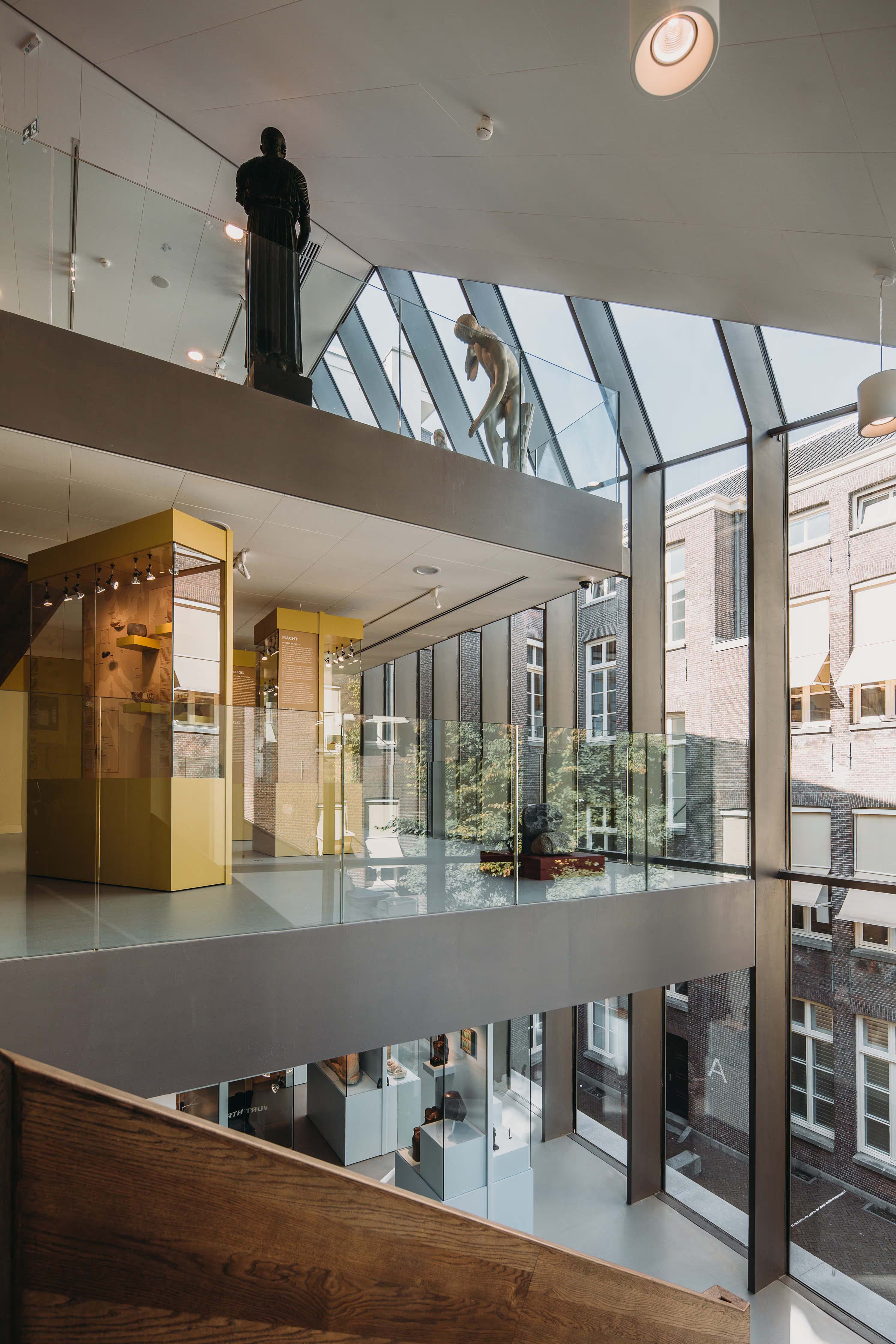
Allard Pierson Live — accessible and interactive
Another connection with the outside world is made with 'Allard Pierson Live'. This is a free part of the museum in the former exhibition spaces directly behind the front façade, containing the café, the museum shop and various public labs. In these labs, visitors can work with the Allard Pierson collections themselves — here the audience can browse through ancient atlases, listen to audio recordings from the Music Center Netherlands, help with archaeological material and watch restorations live. There is also a presentation room with a large screen where researchers and academics can get to work.
A museum where science meets the public
The monumental buildings and spaces have been restored to their former glory, with an additional staircase connecting the museum to the Special Collections Library in the building next door - a 2007 renovation, also designed by our office. The renewed Allard Pierson museum bridges the gap between the academic and the general public, and makes an accessible encounter between visitors and science possible. In this way, unique social added value is created in a spatial way.

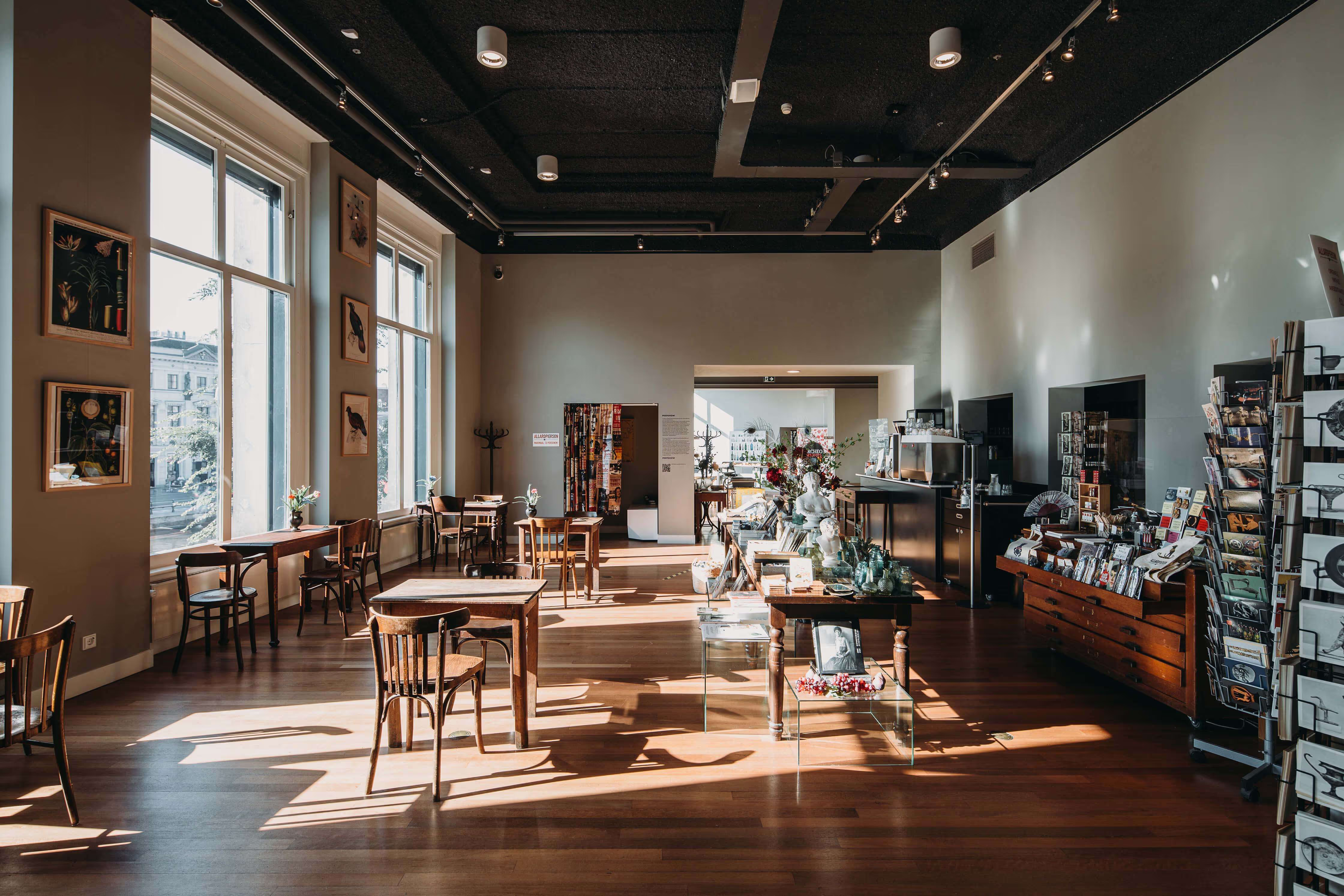

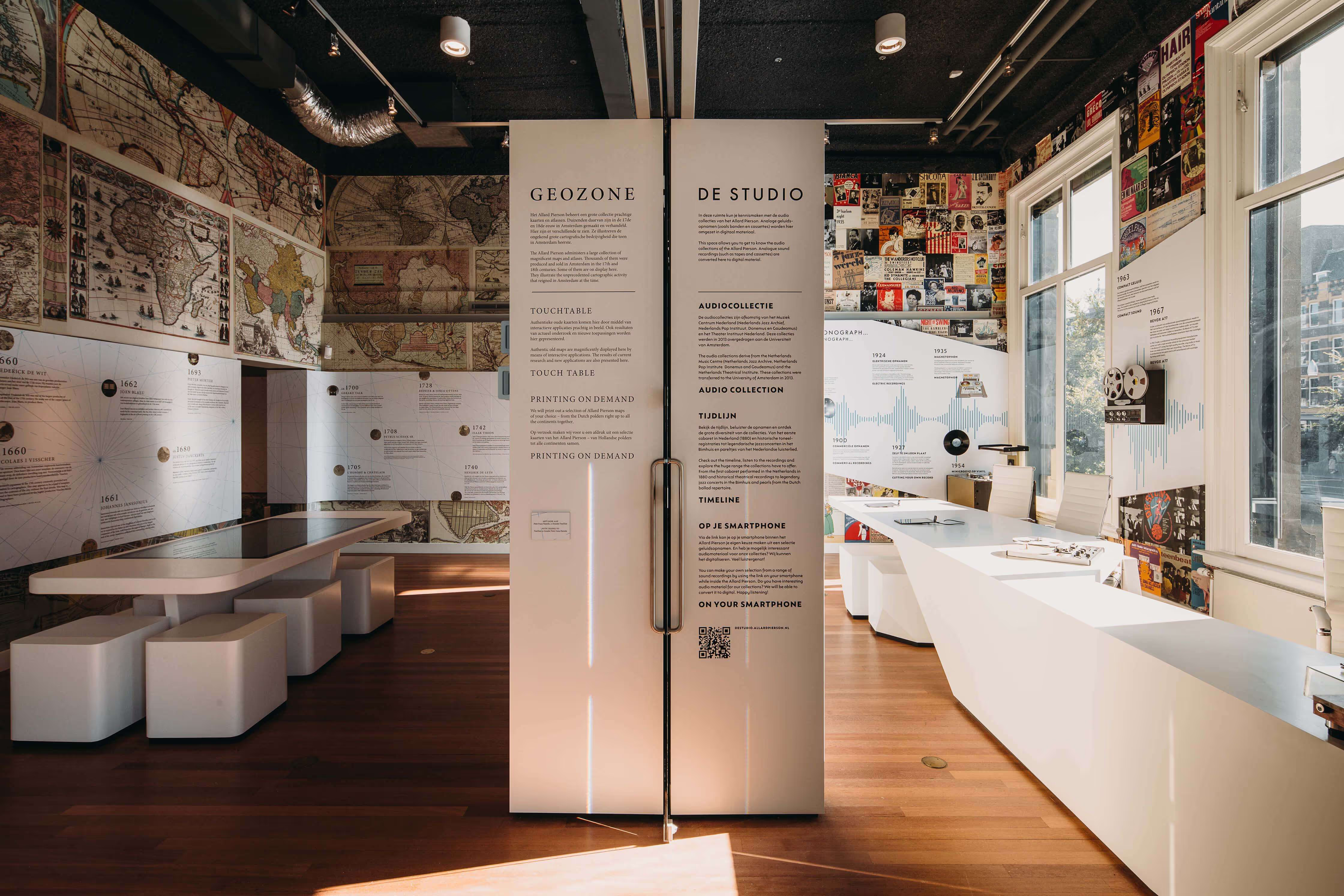
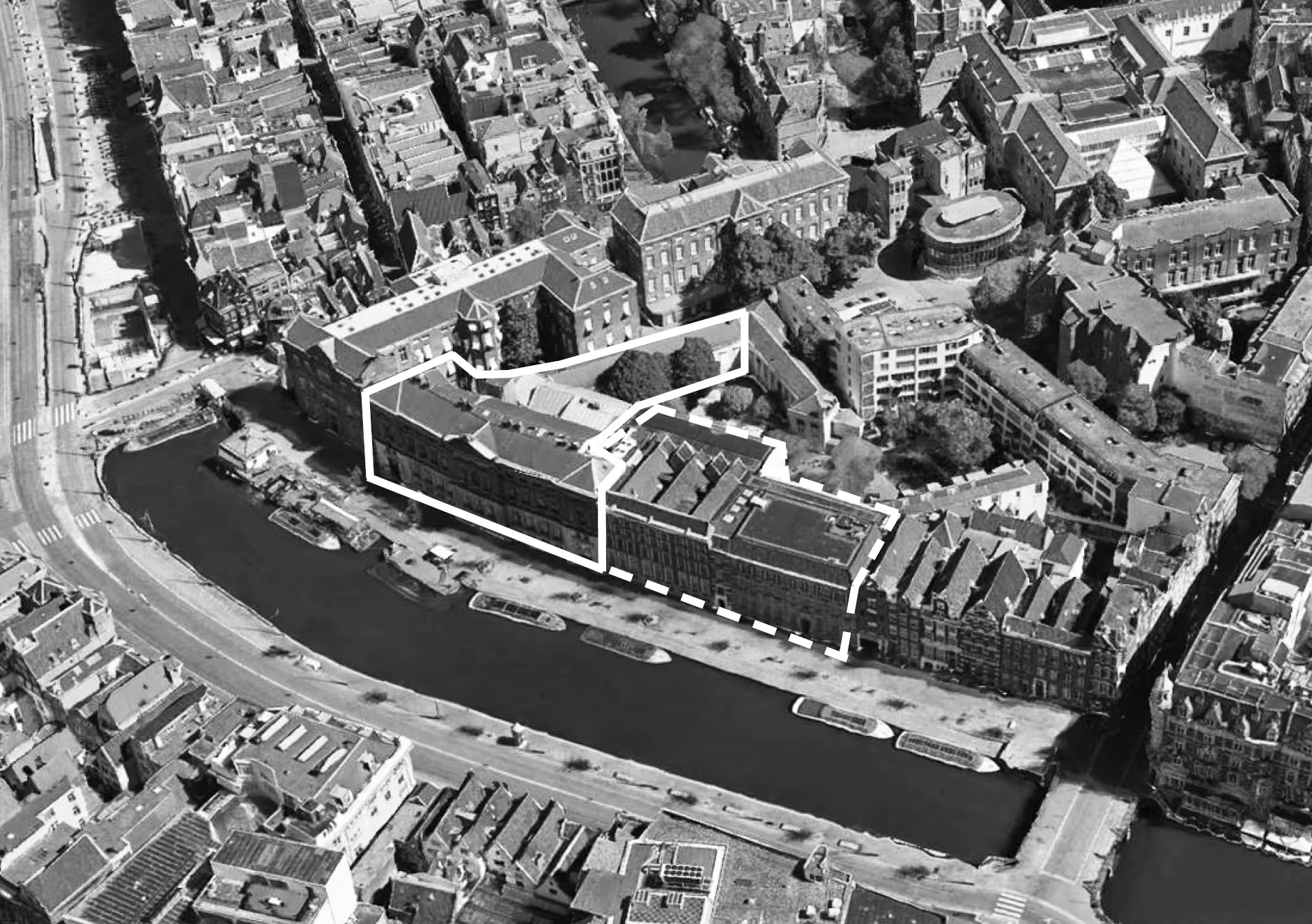
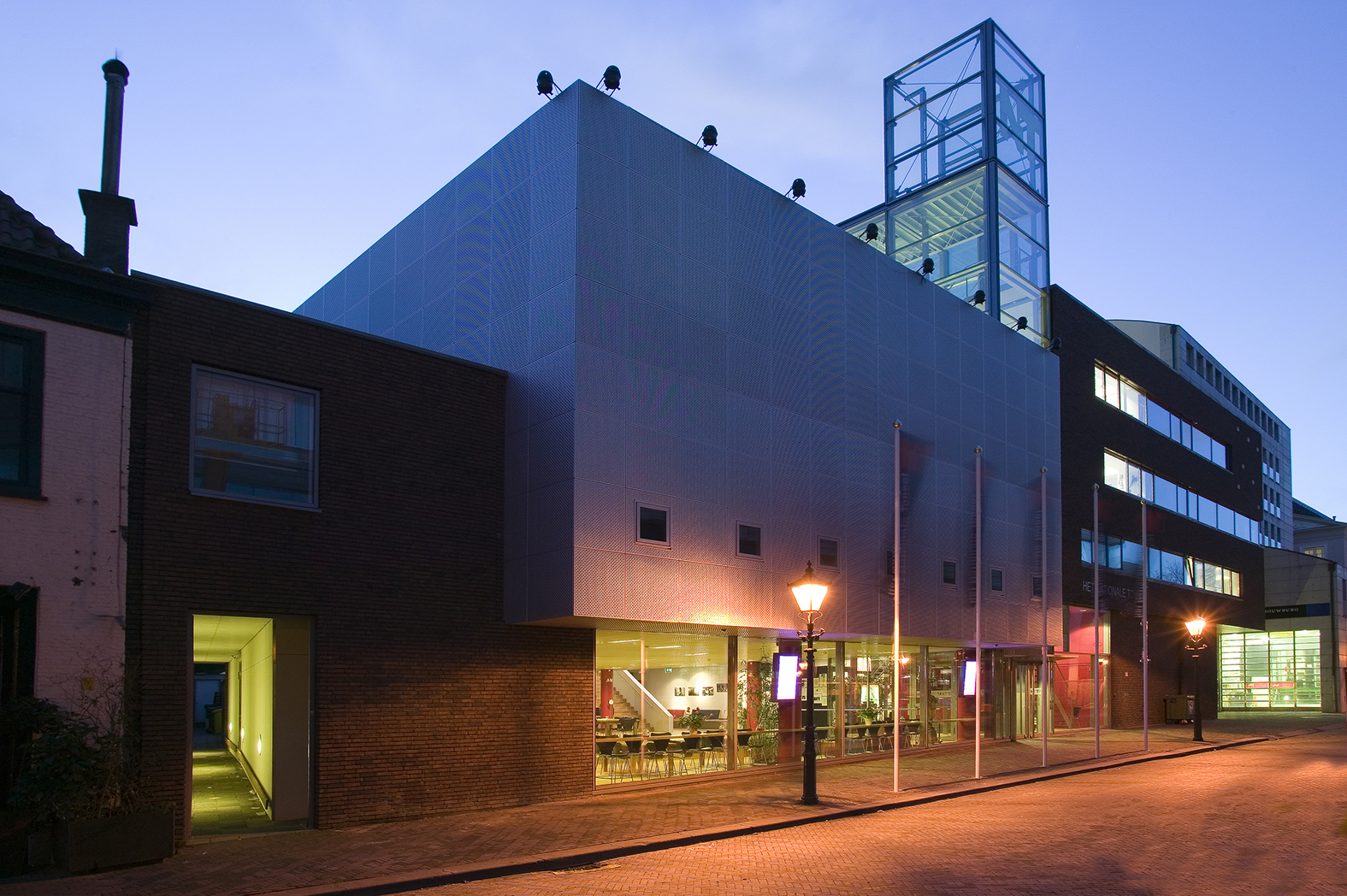
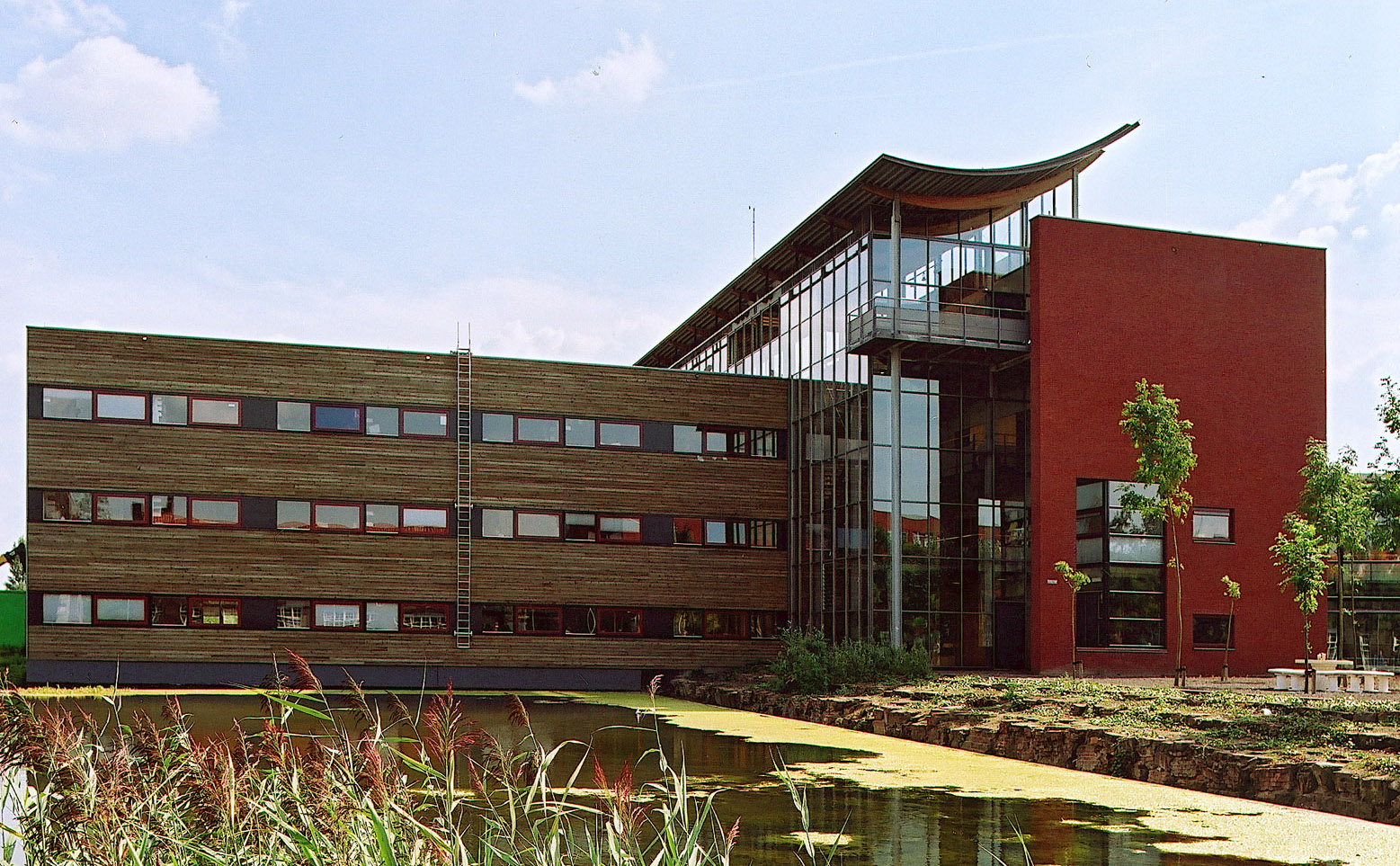
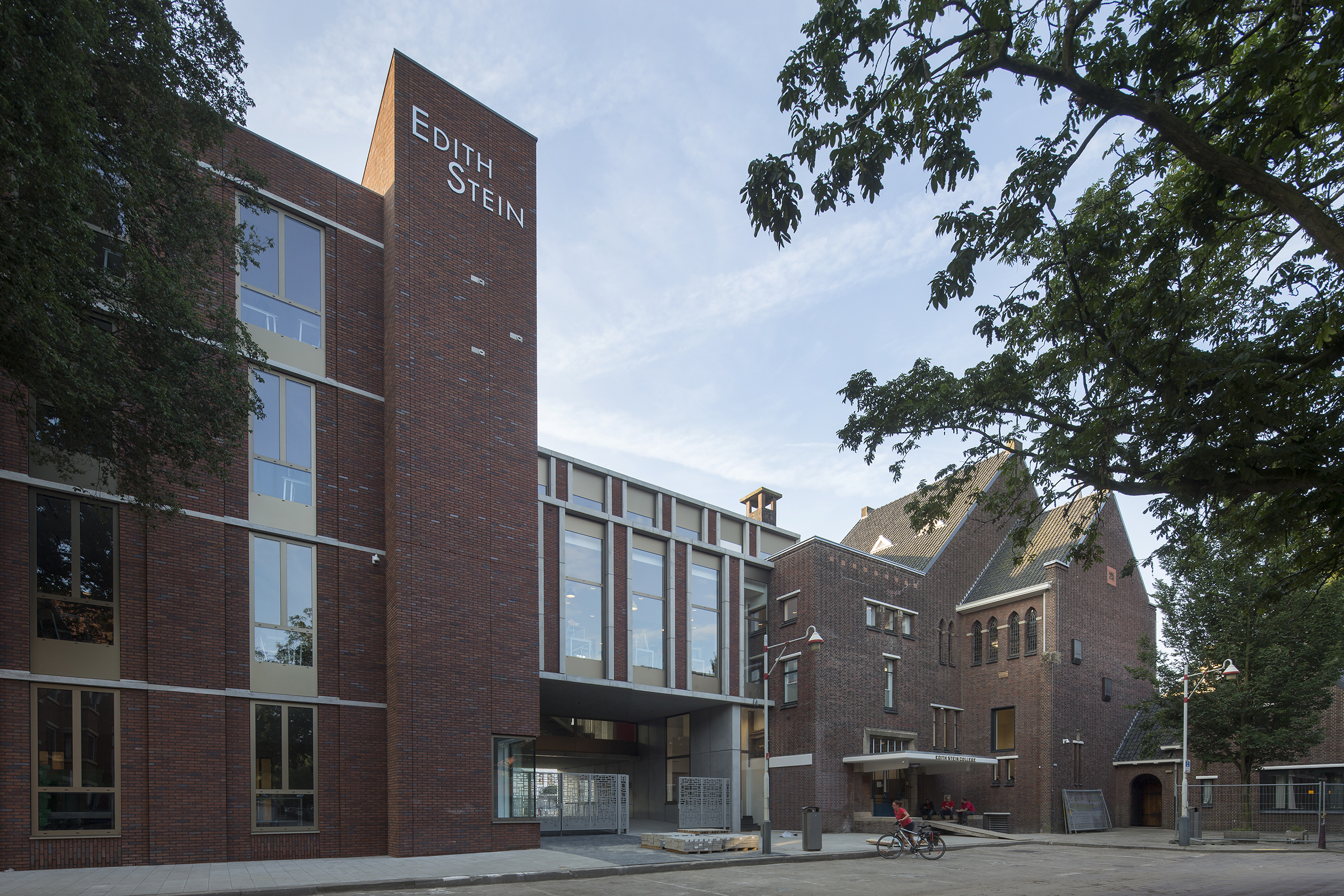




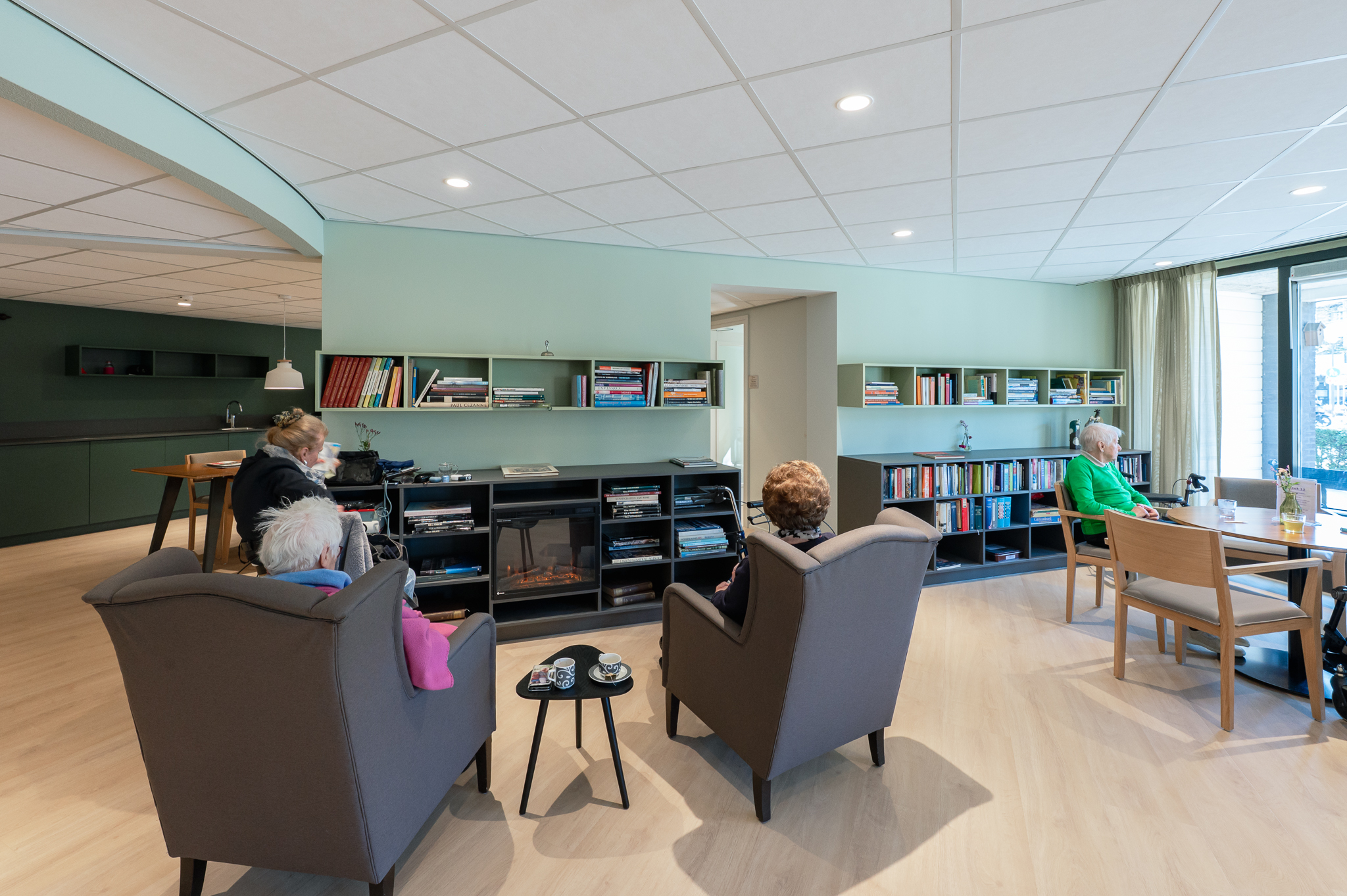
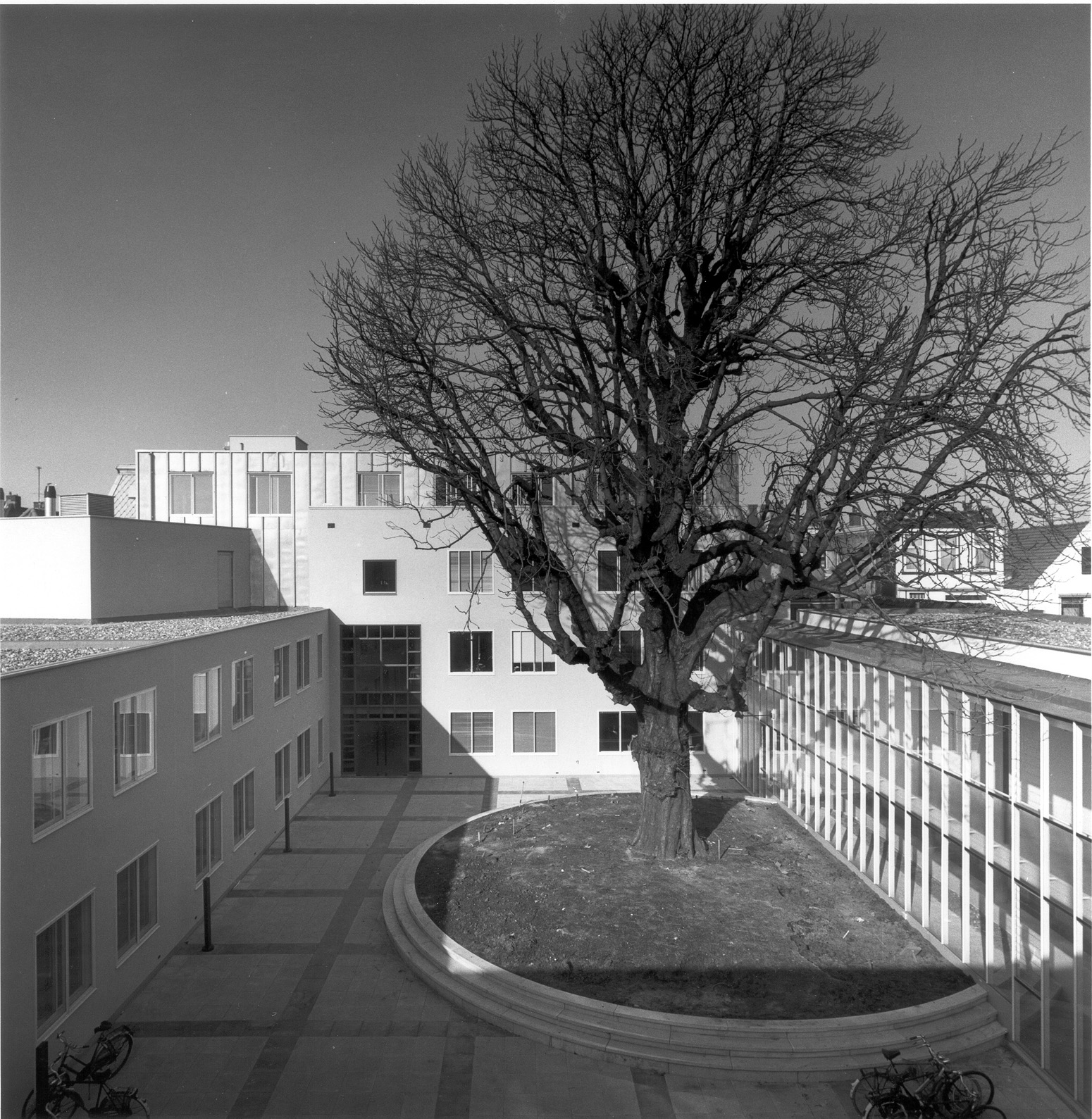

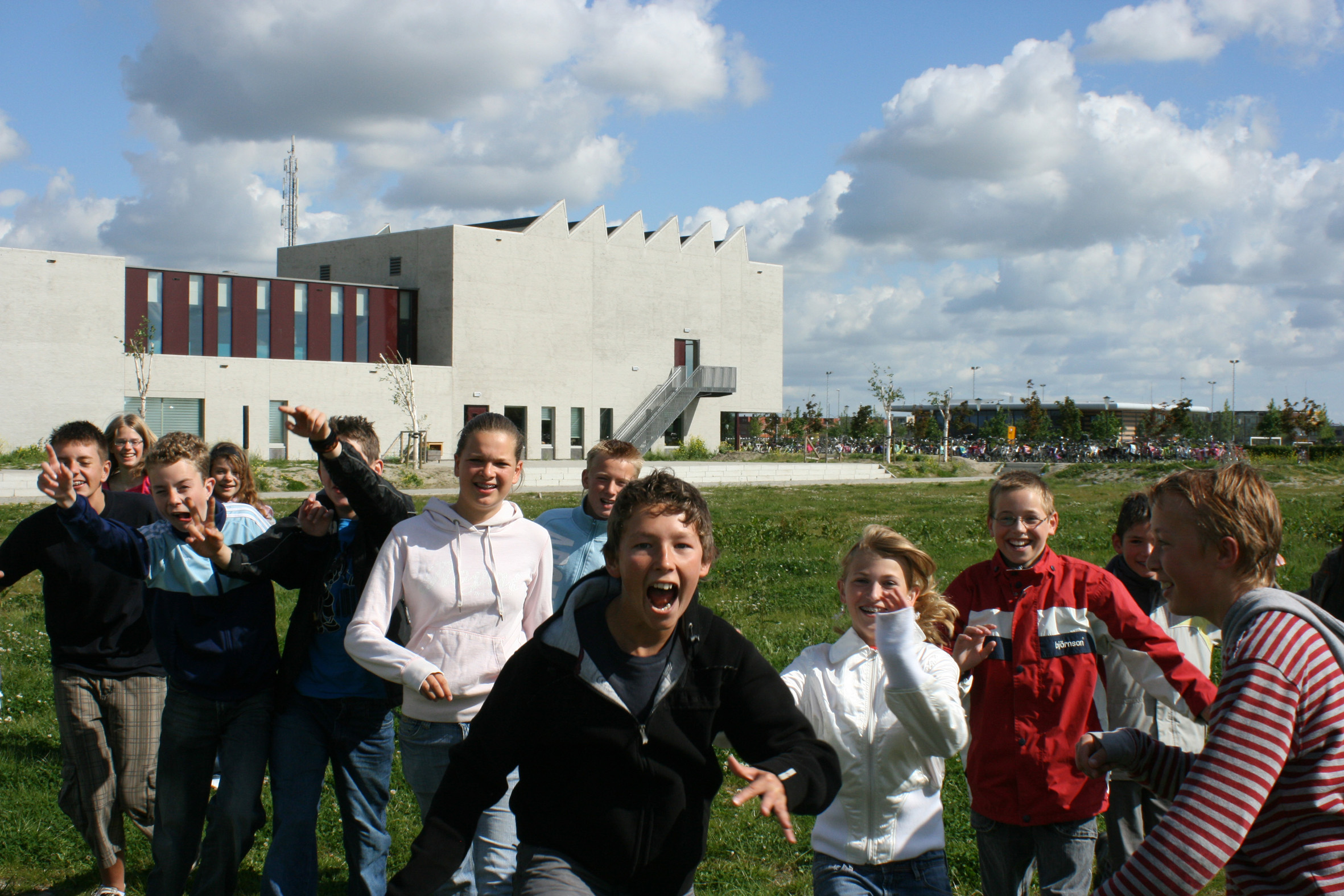

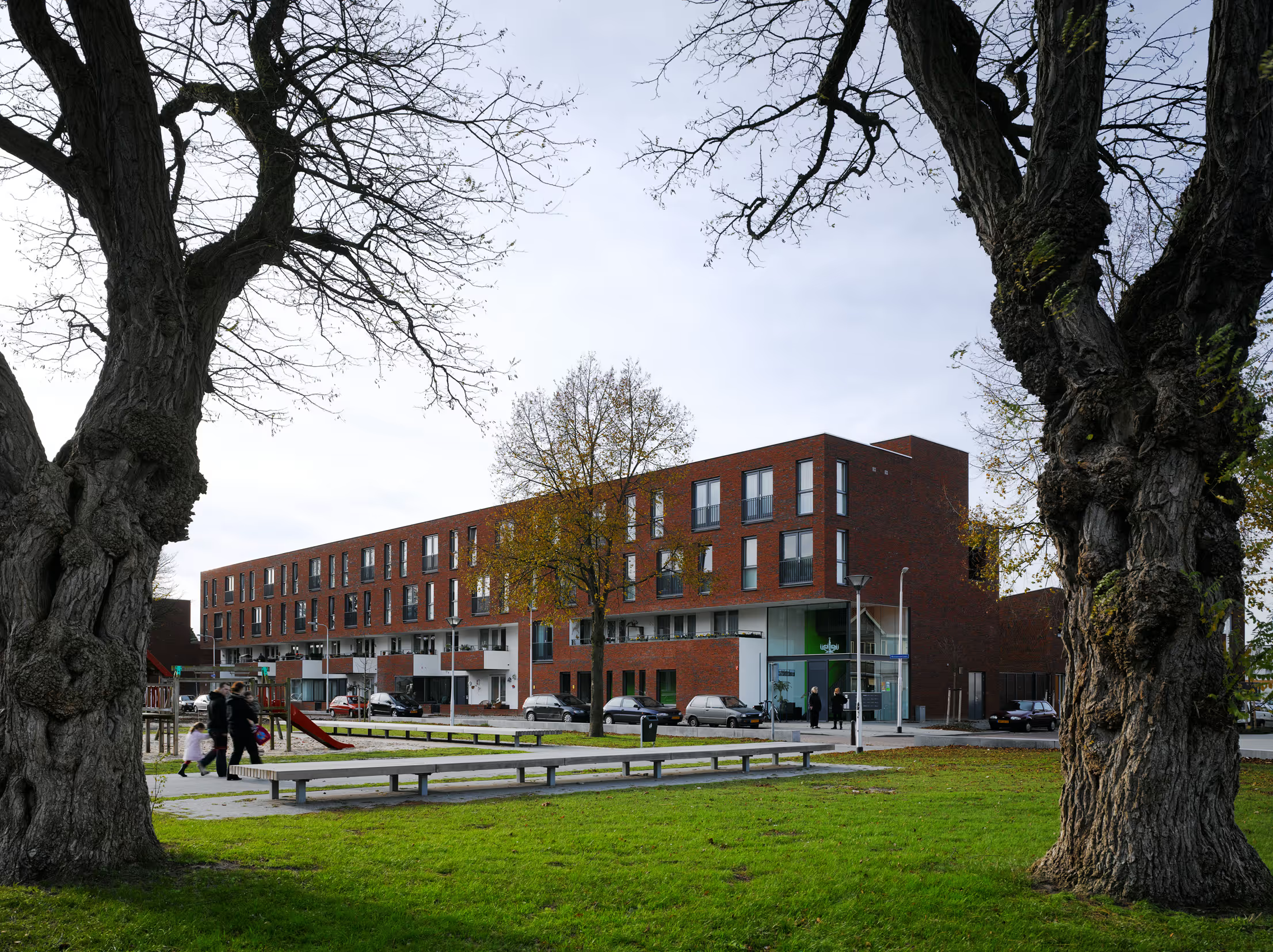
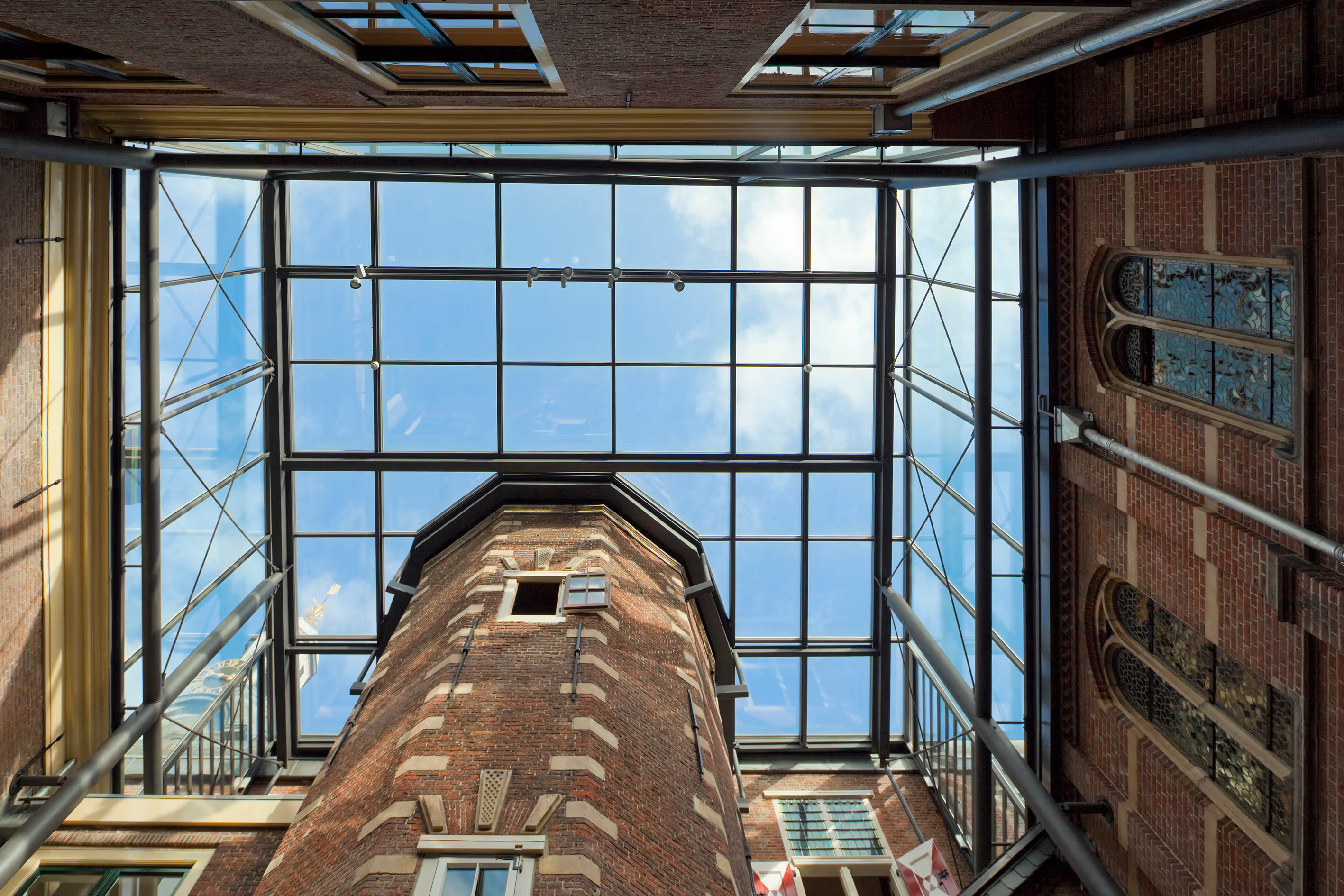

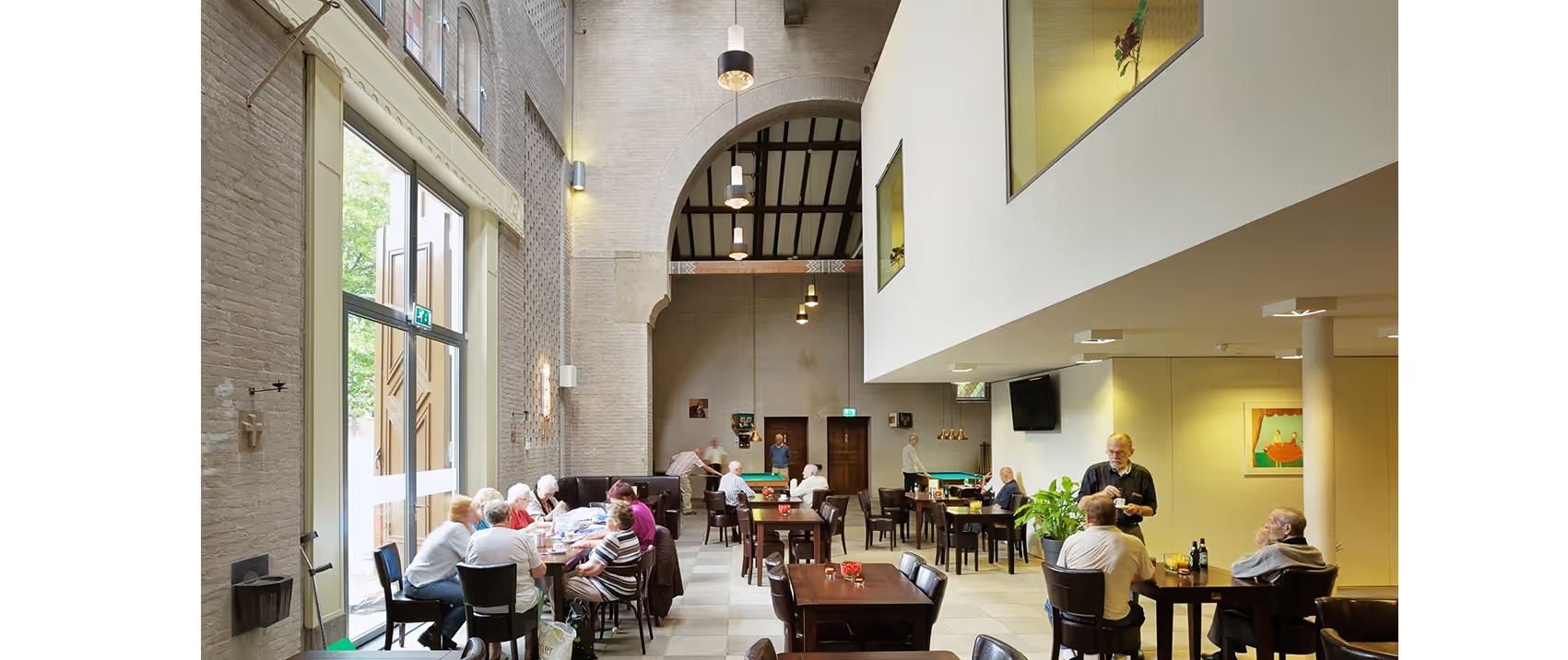

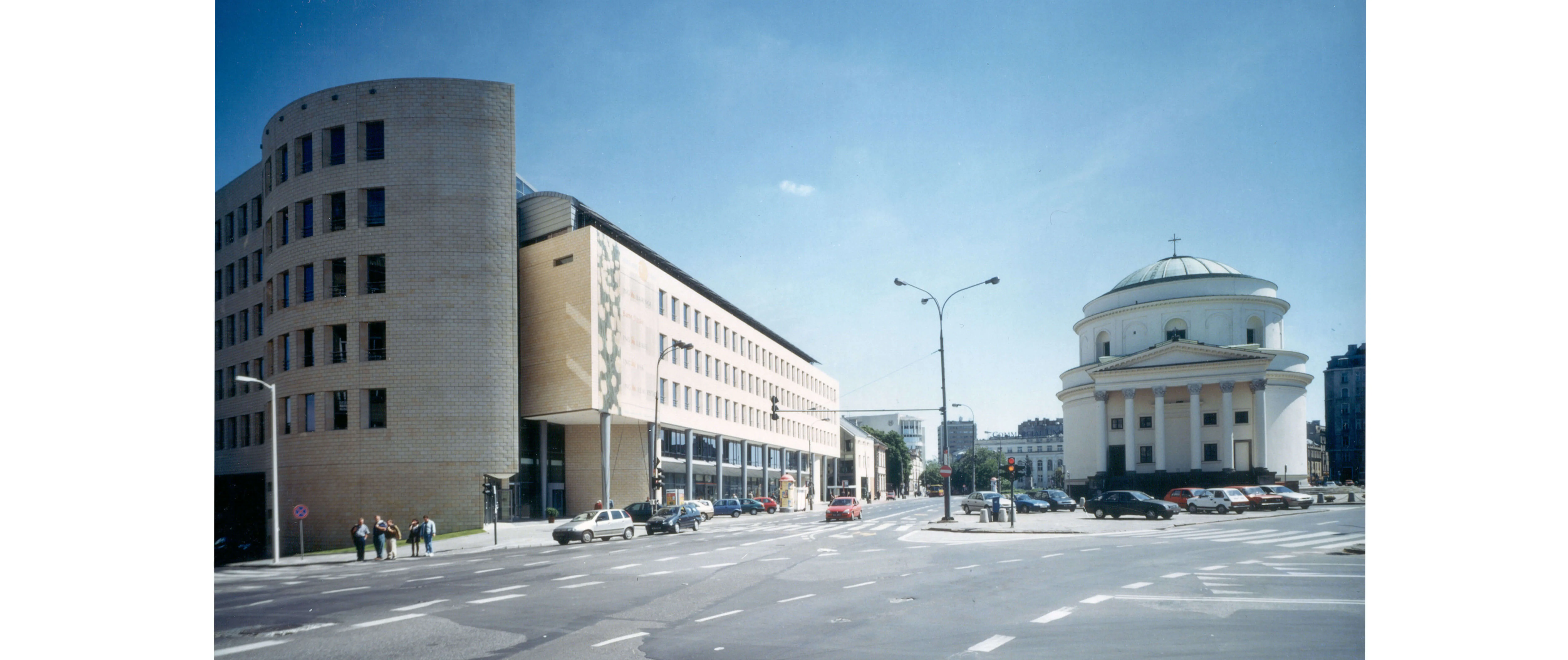

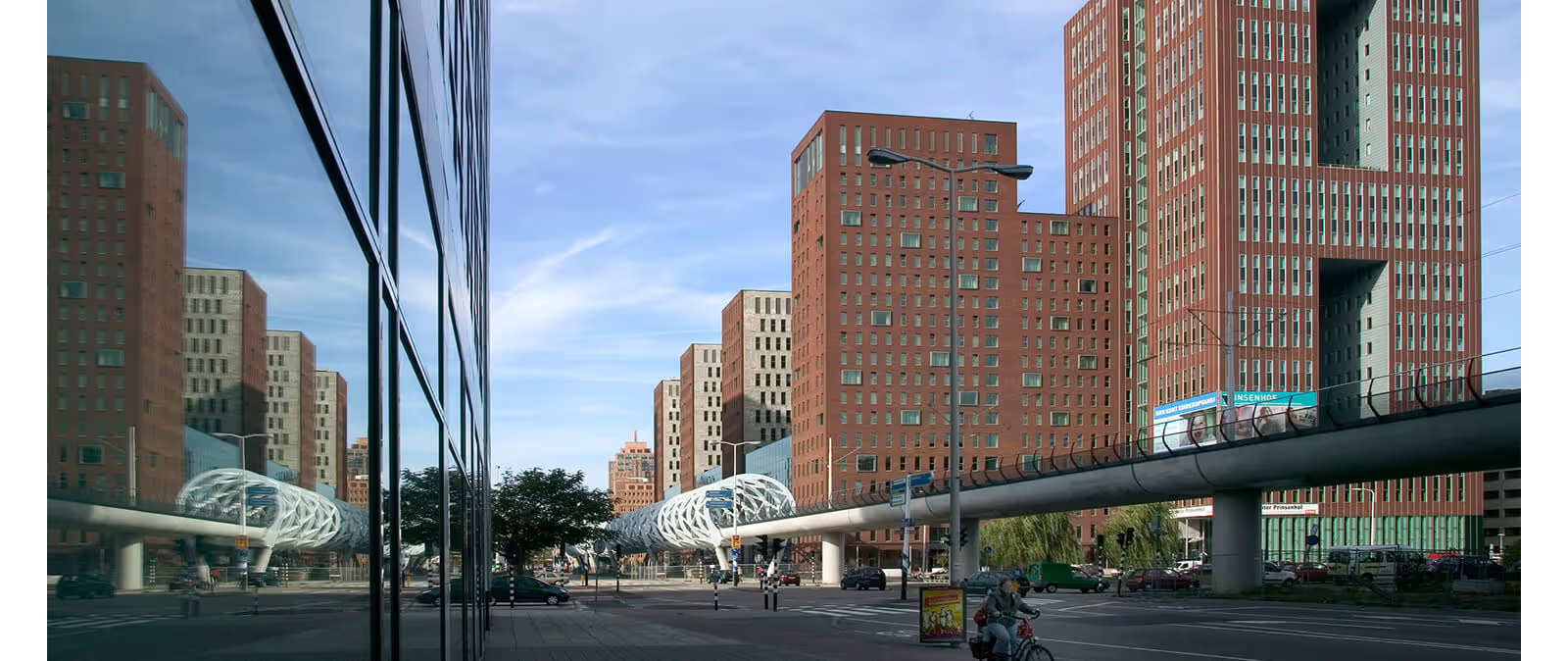
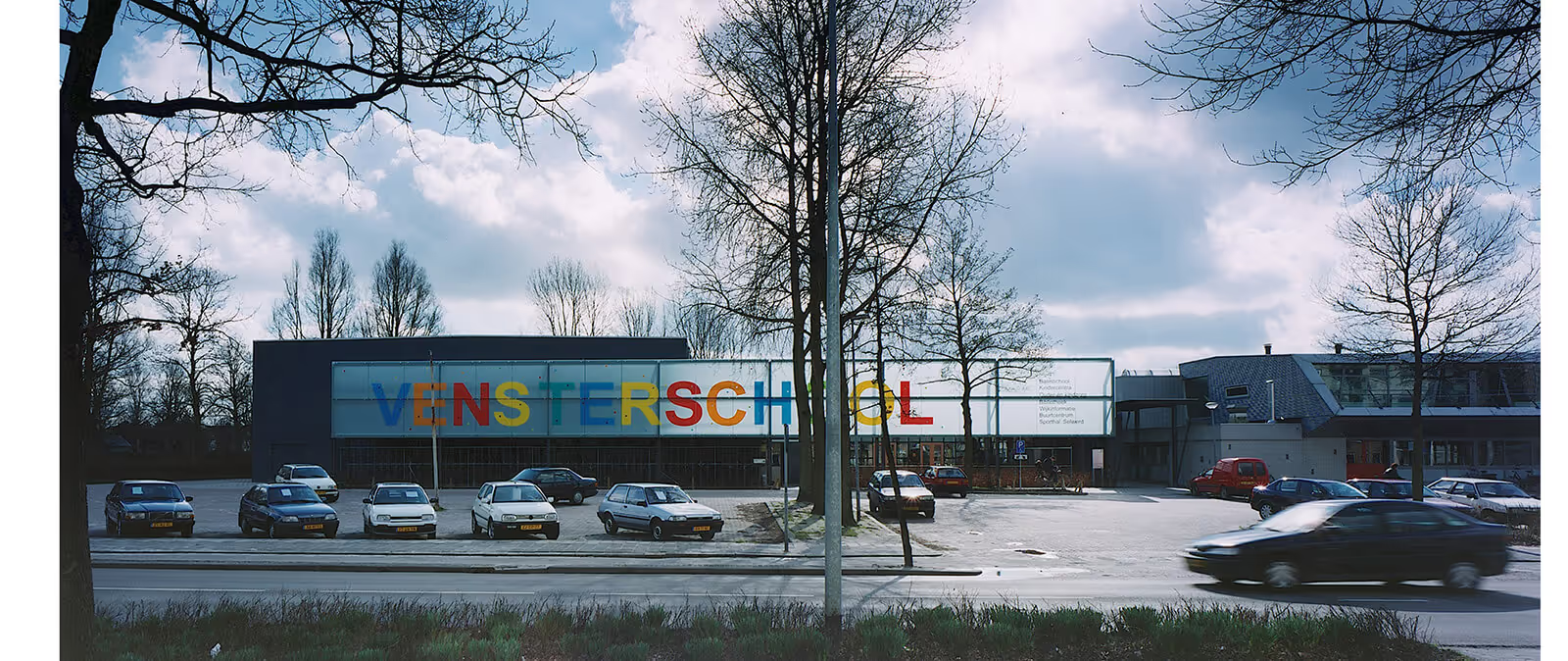

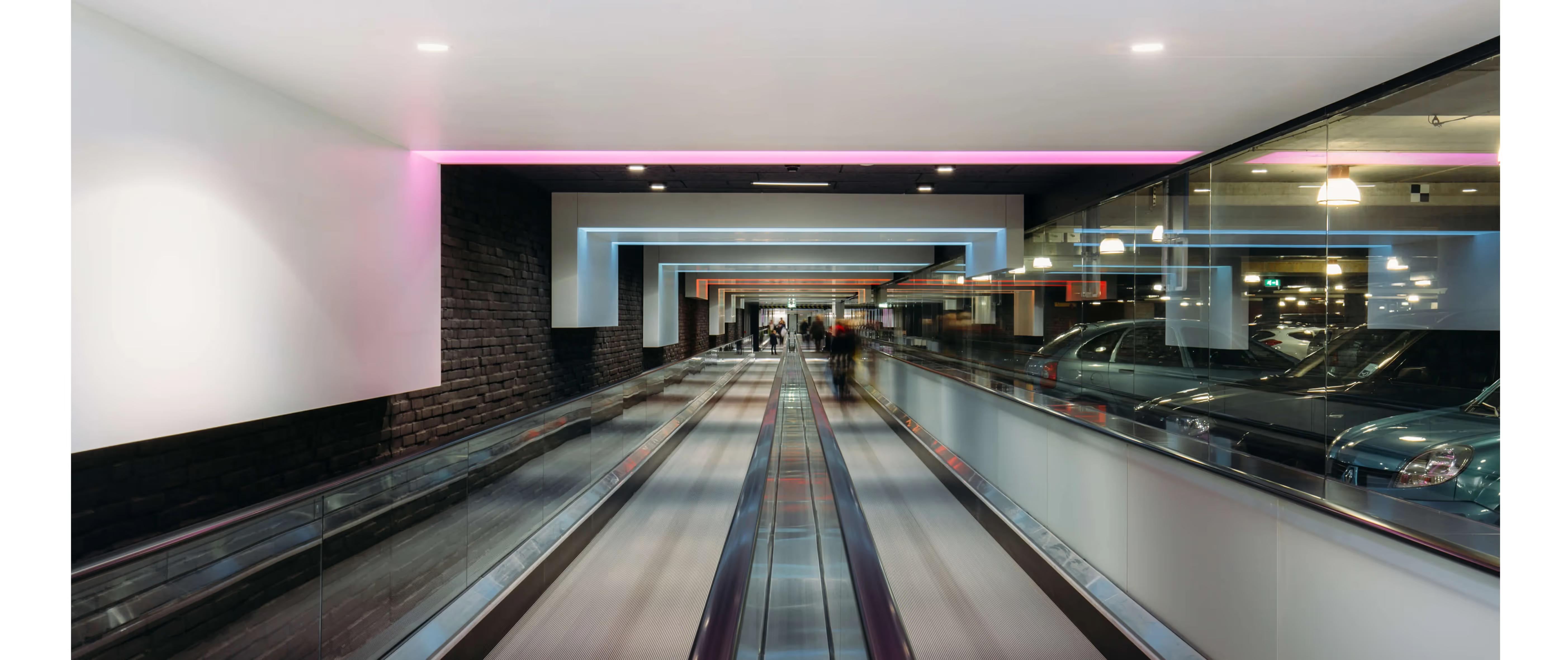

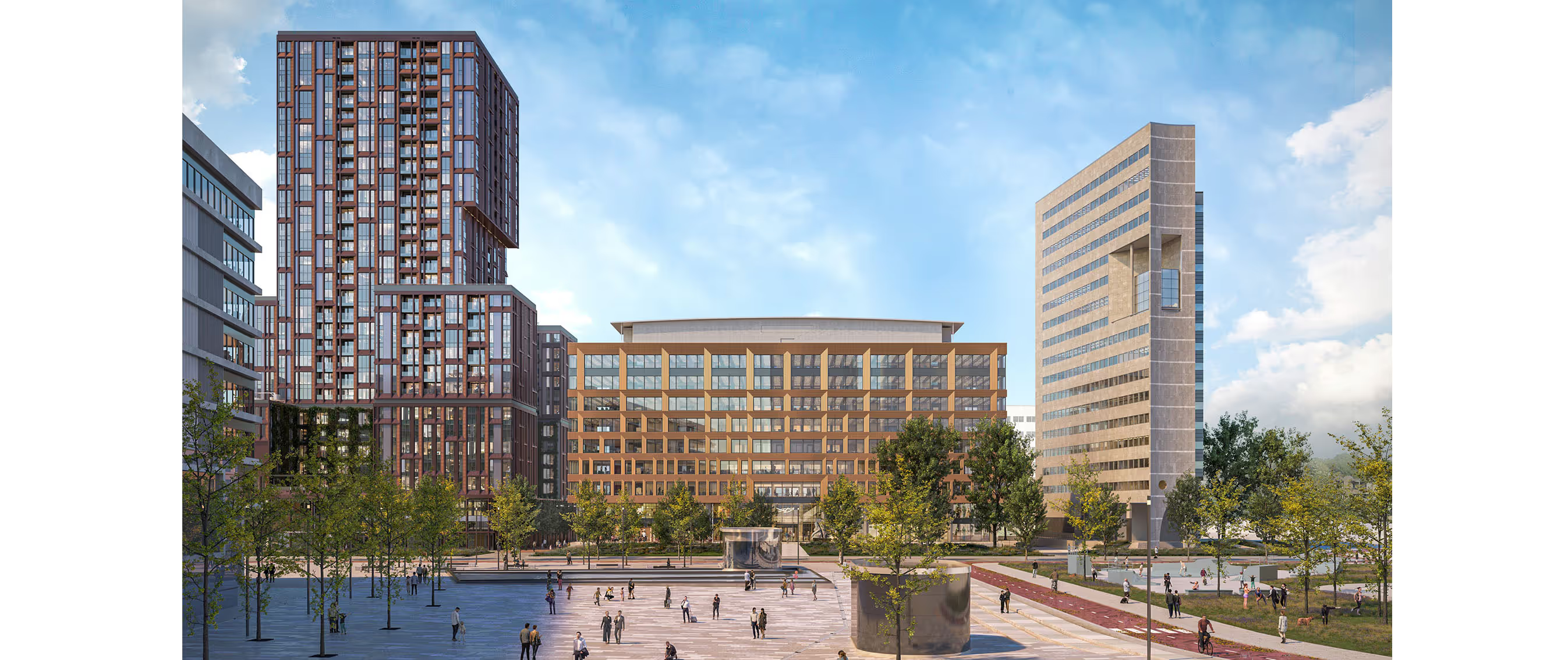

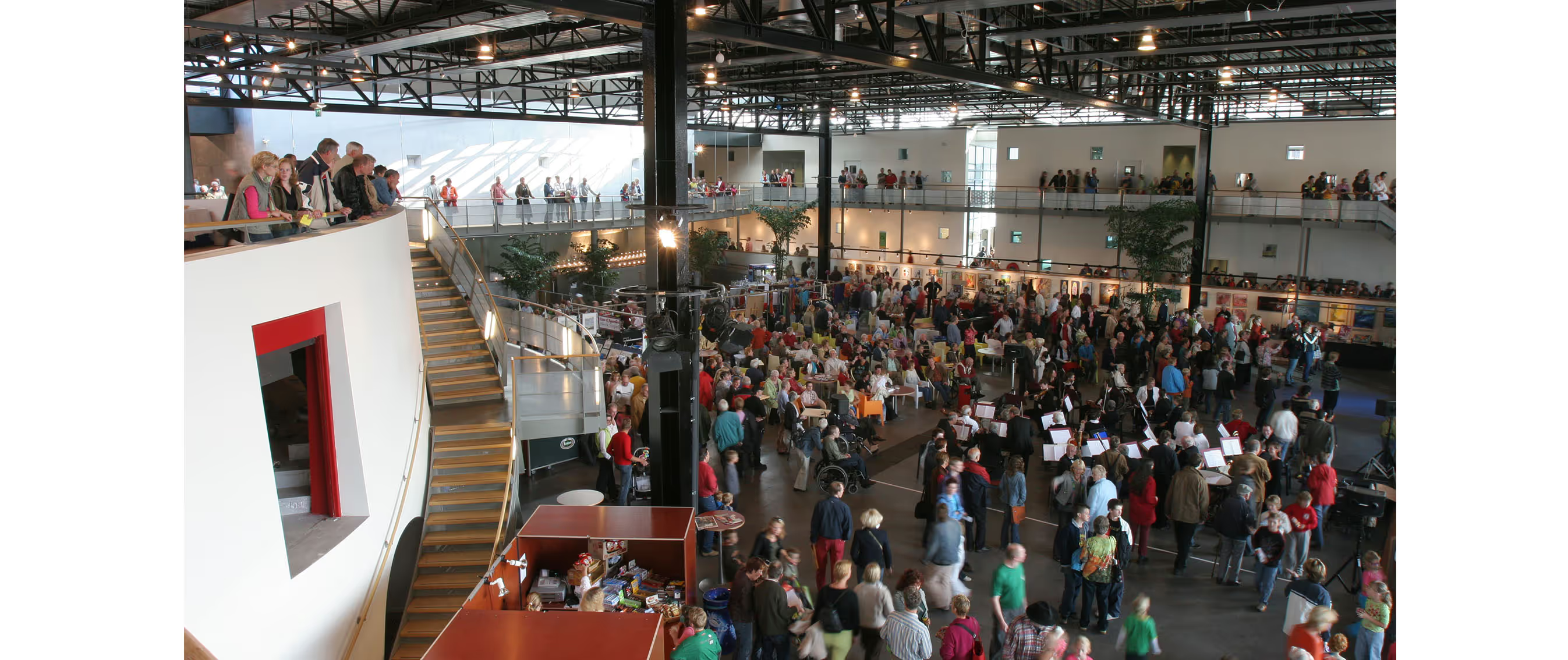
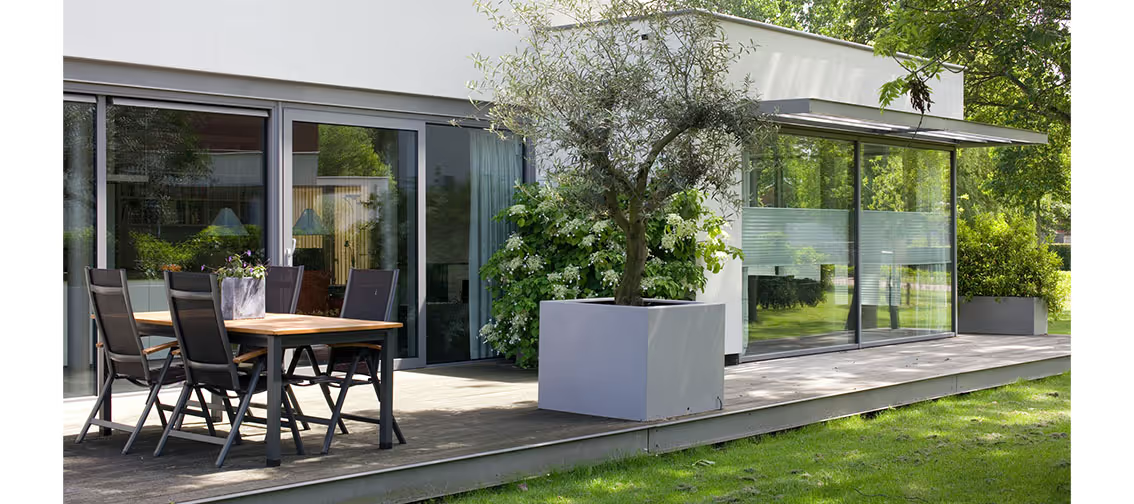
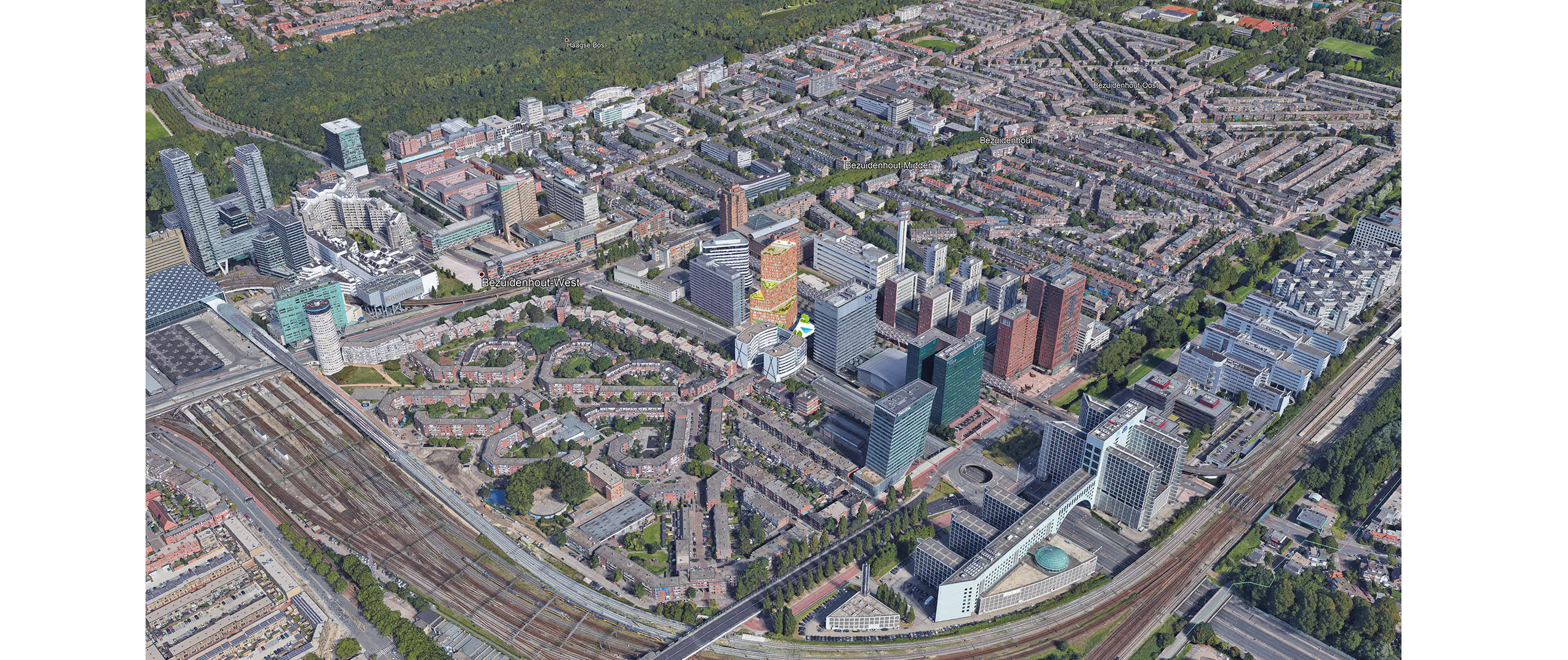


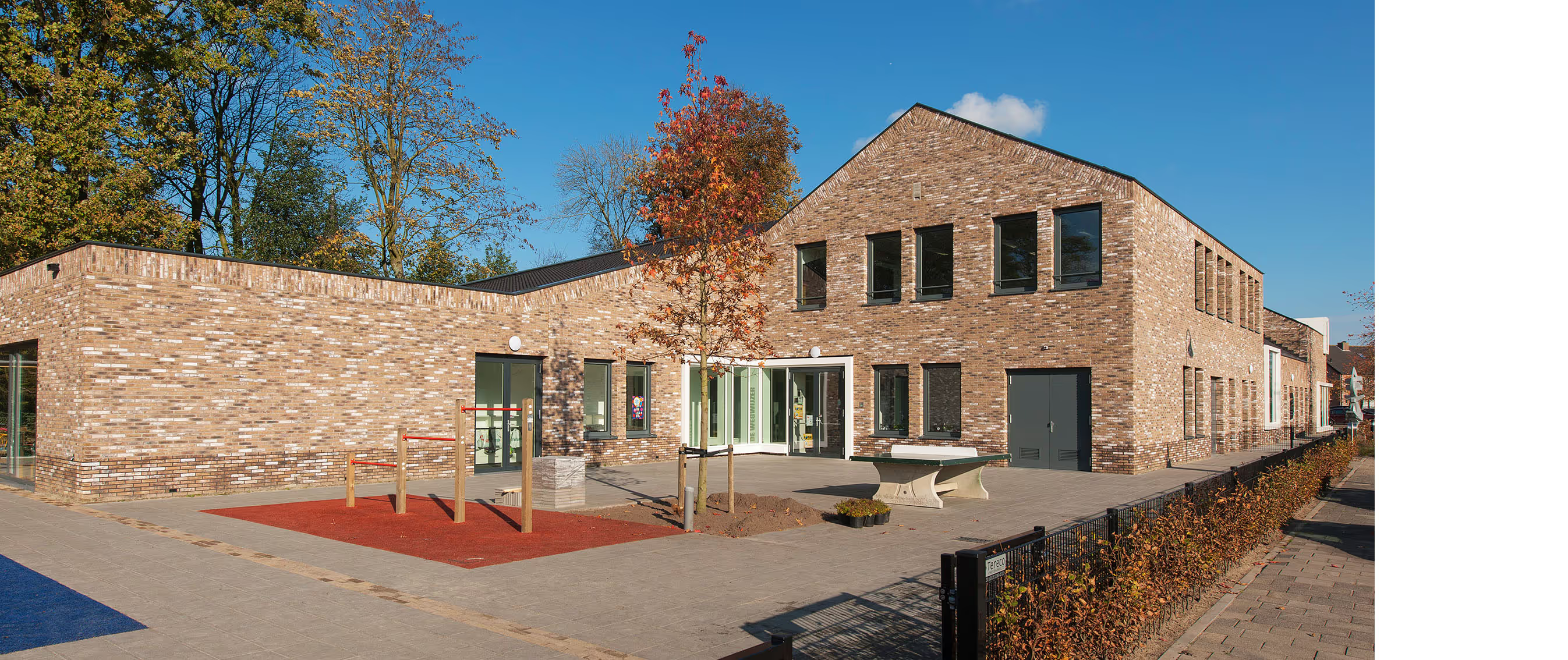

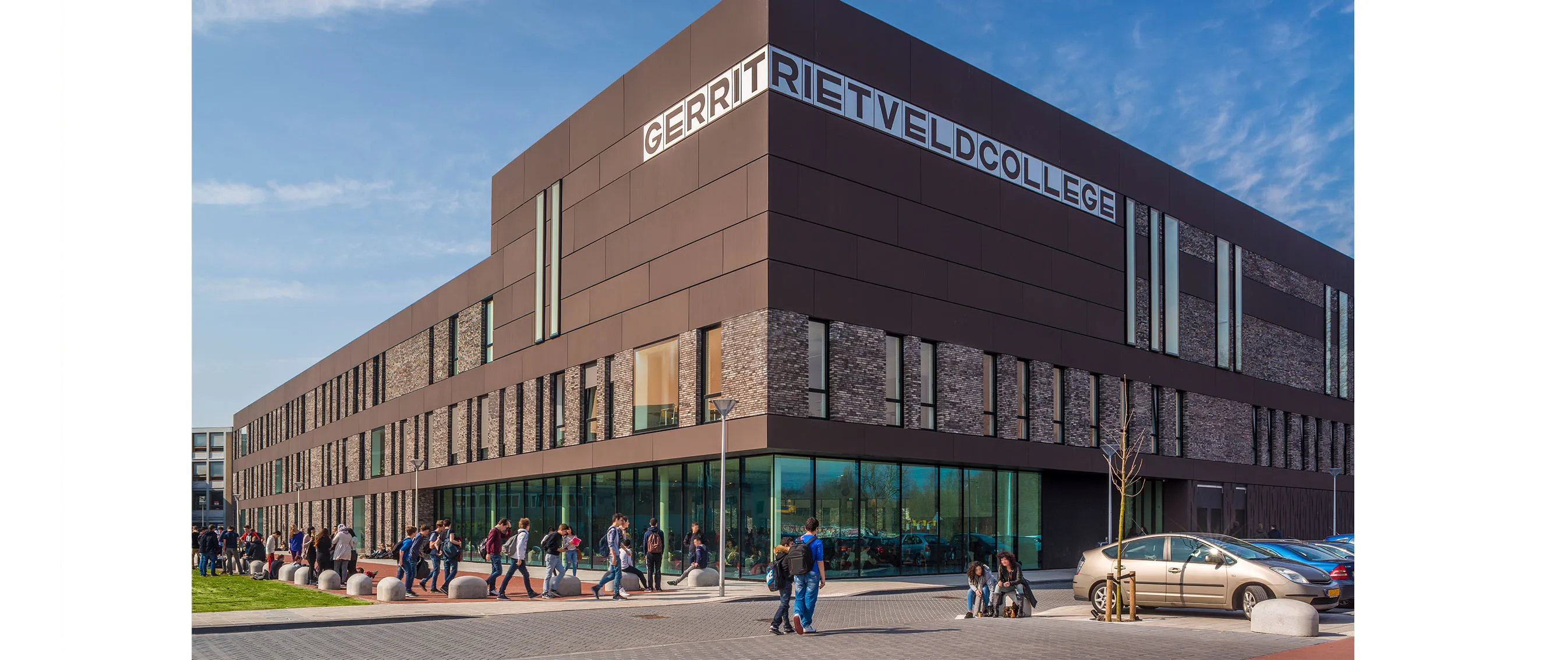

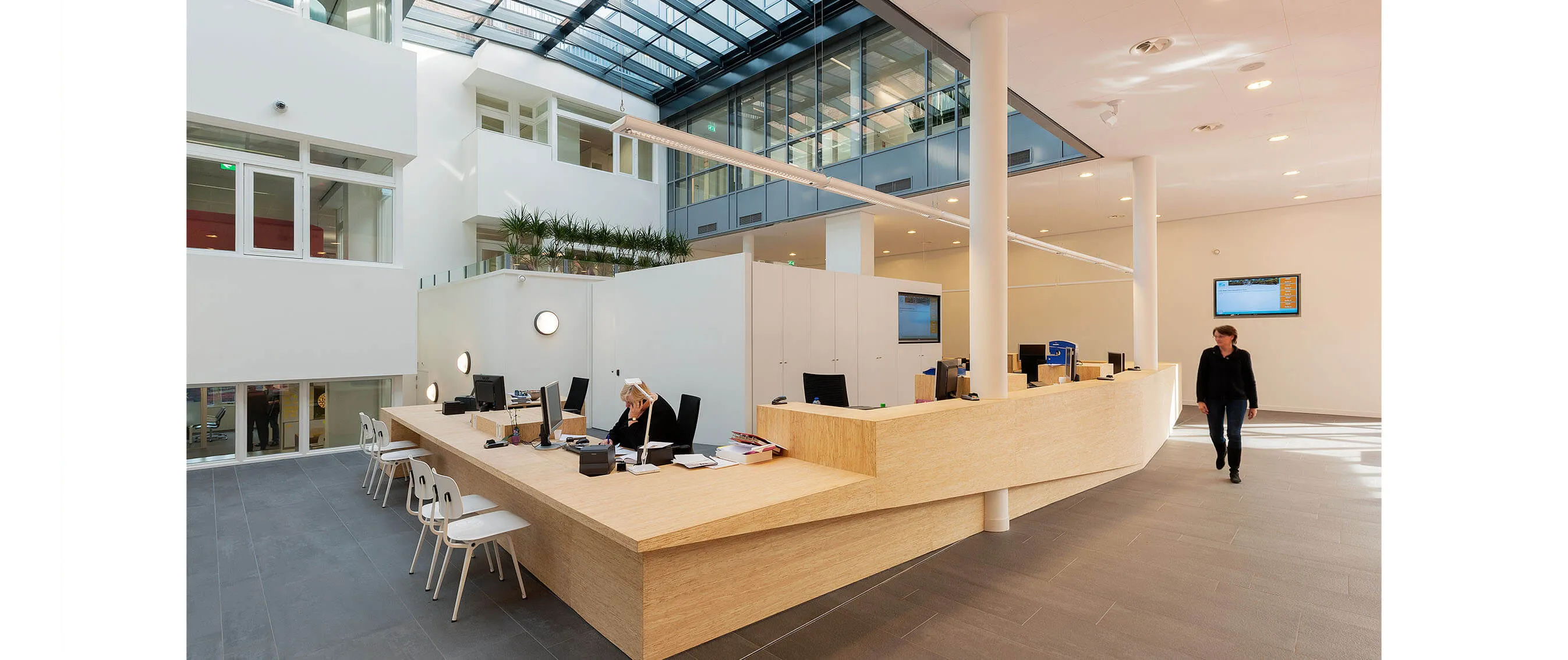
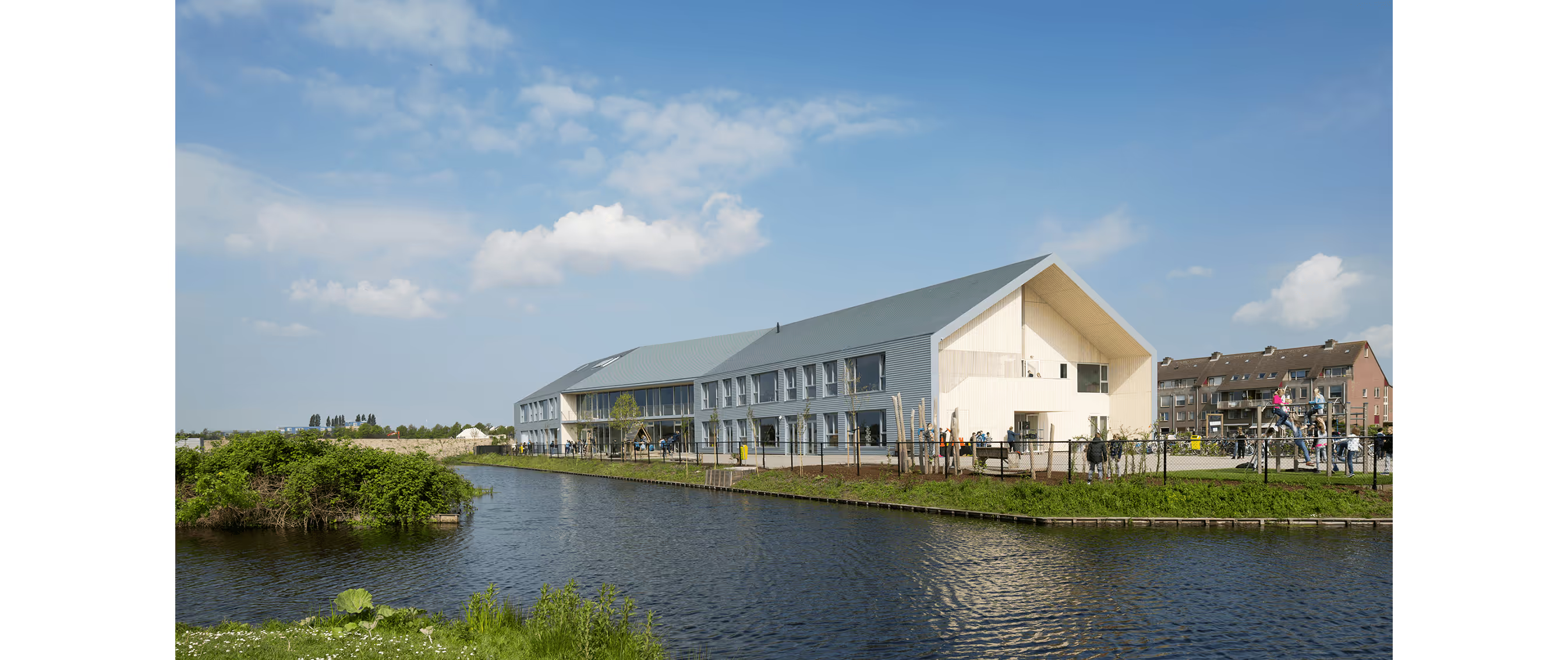

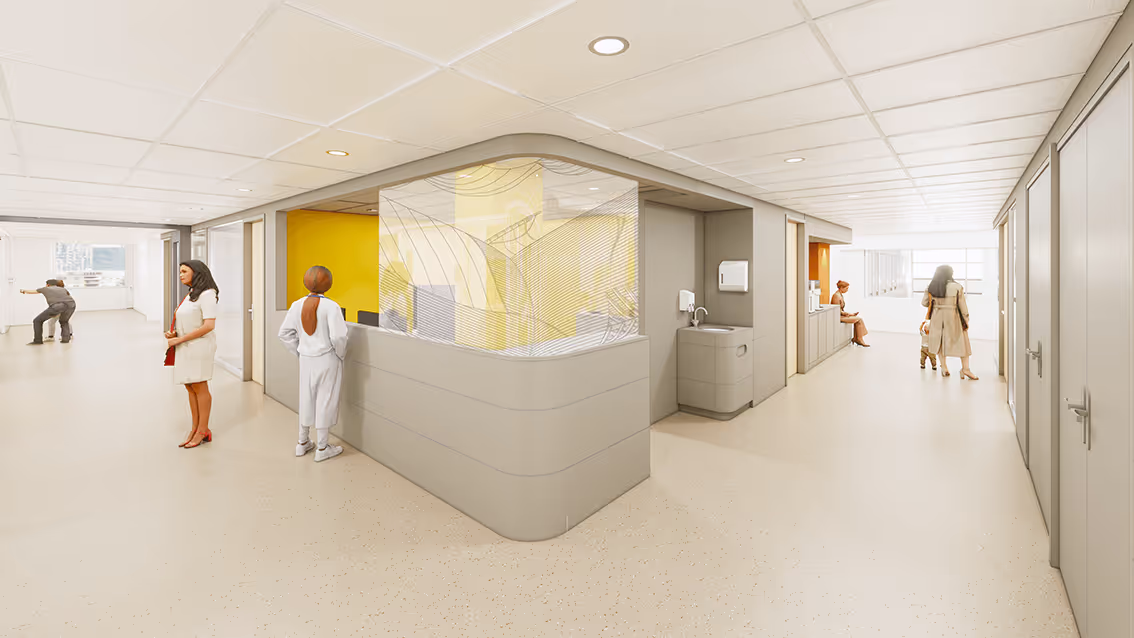
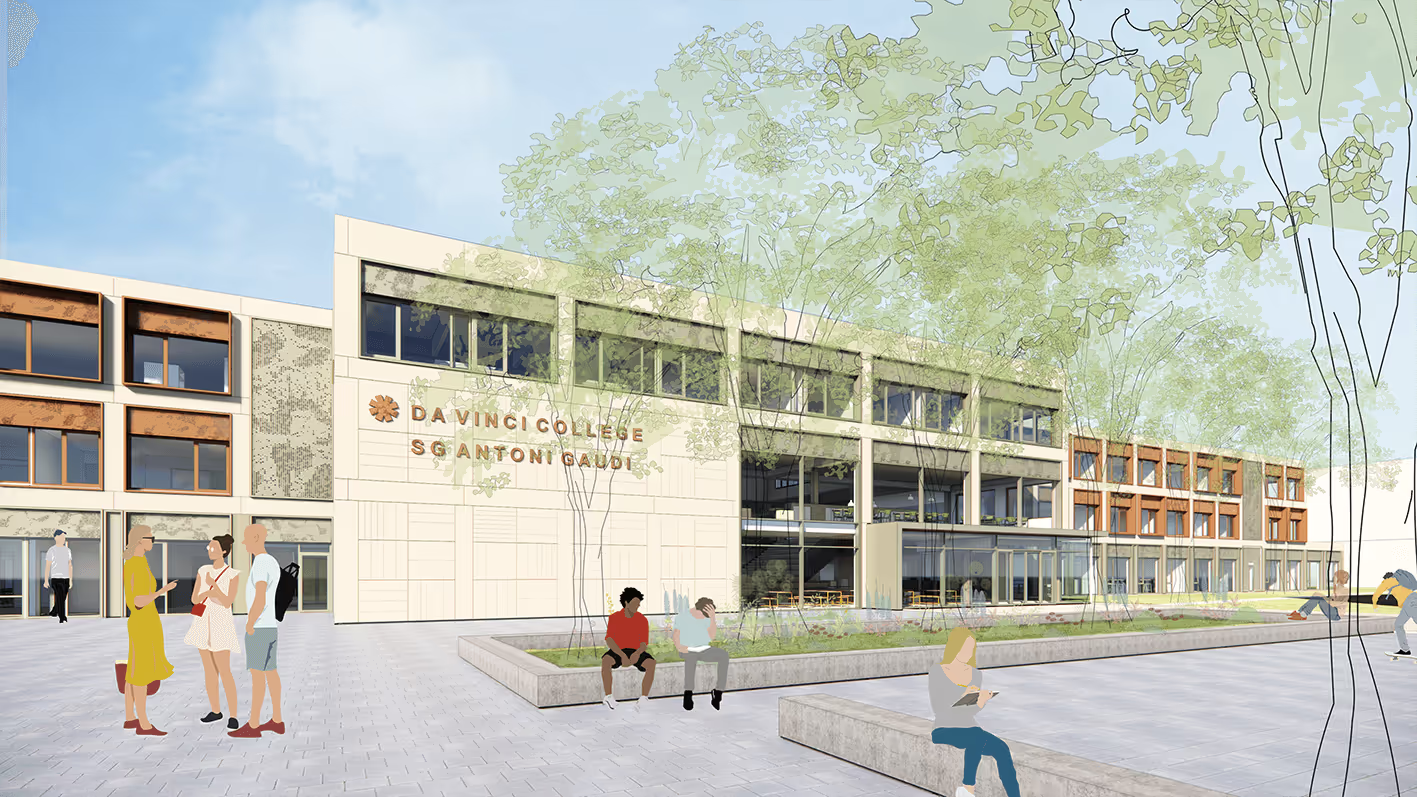
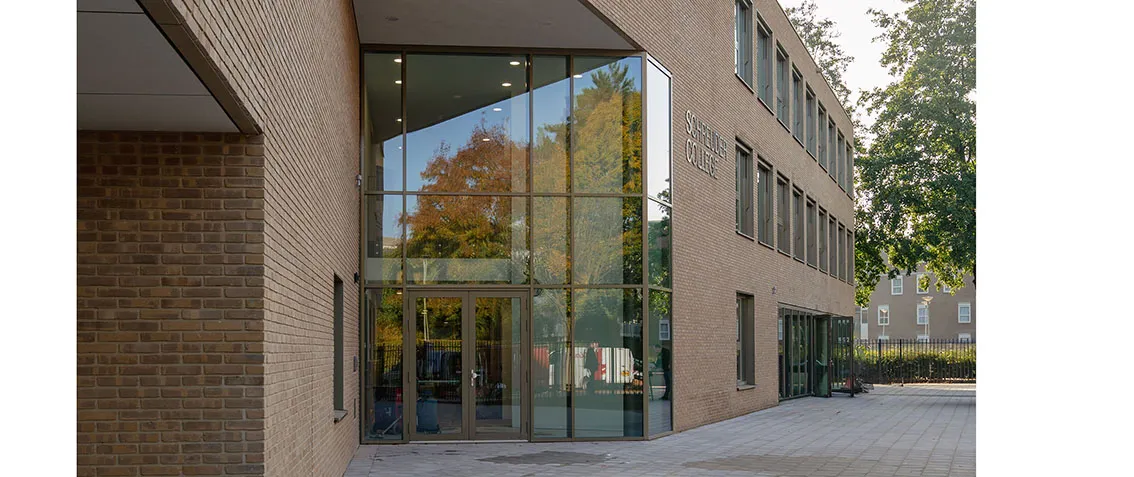
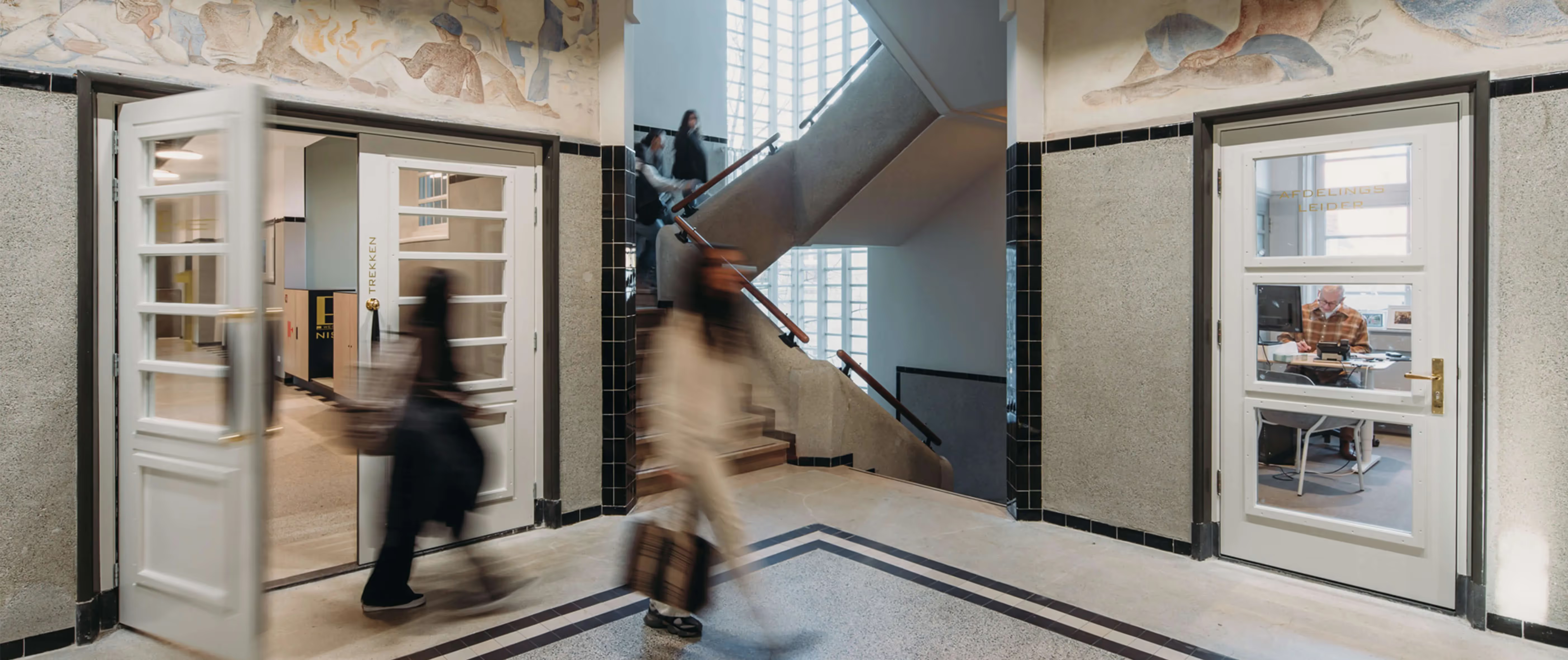
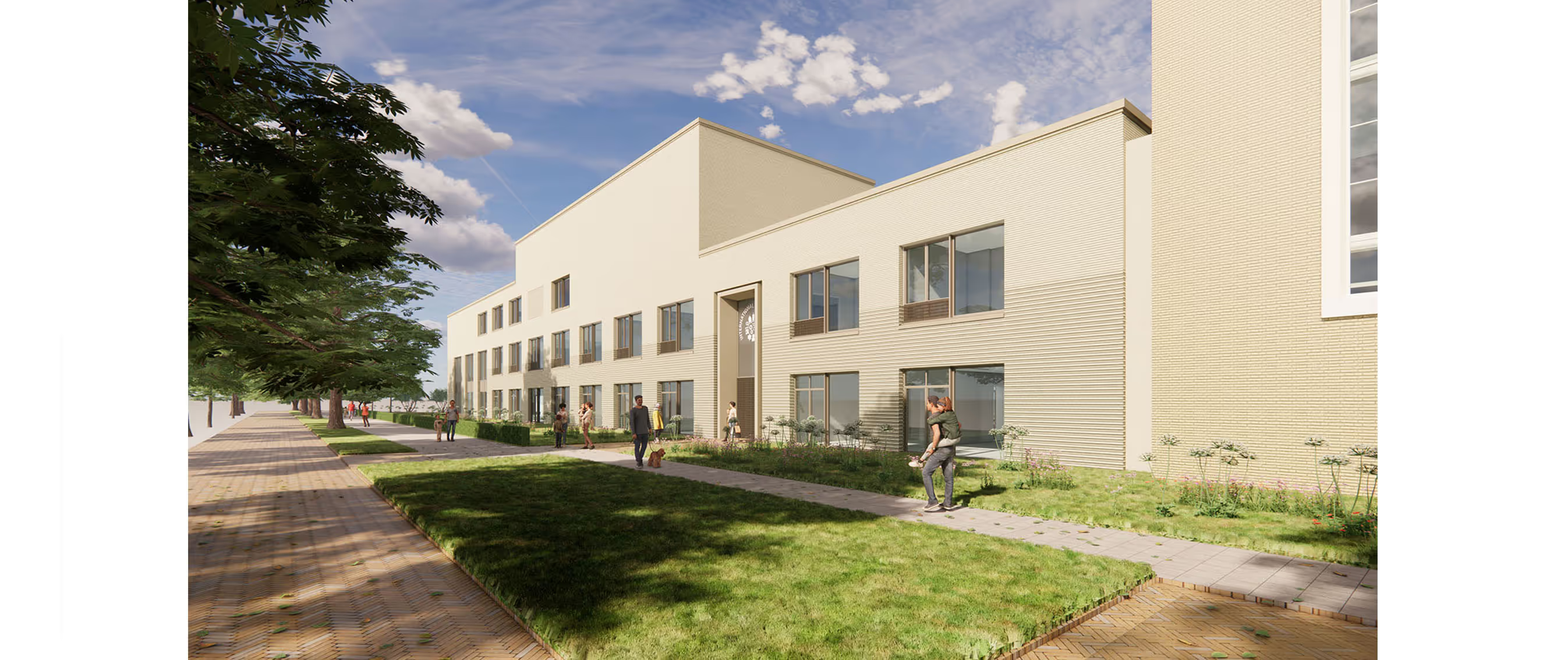

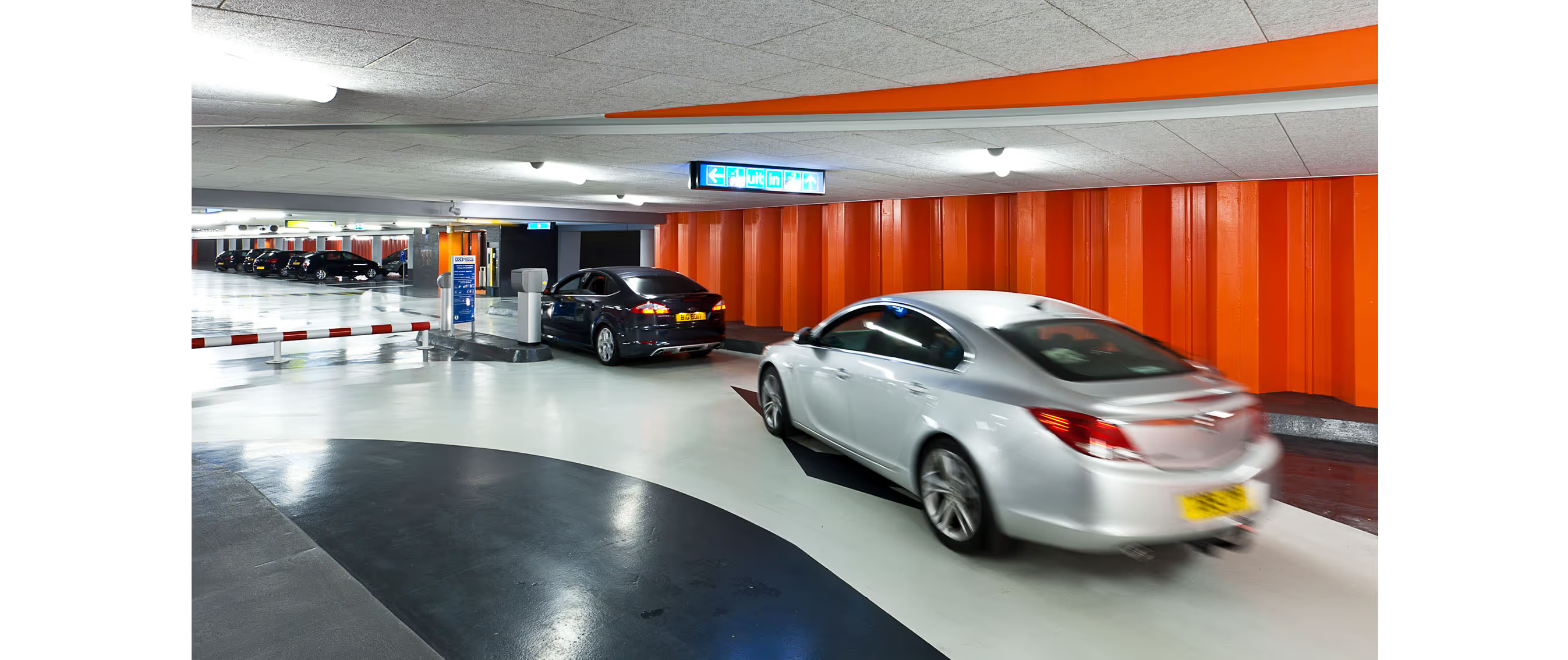
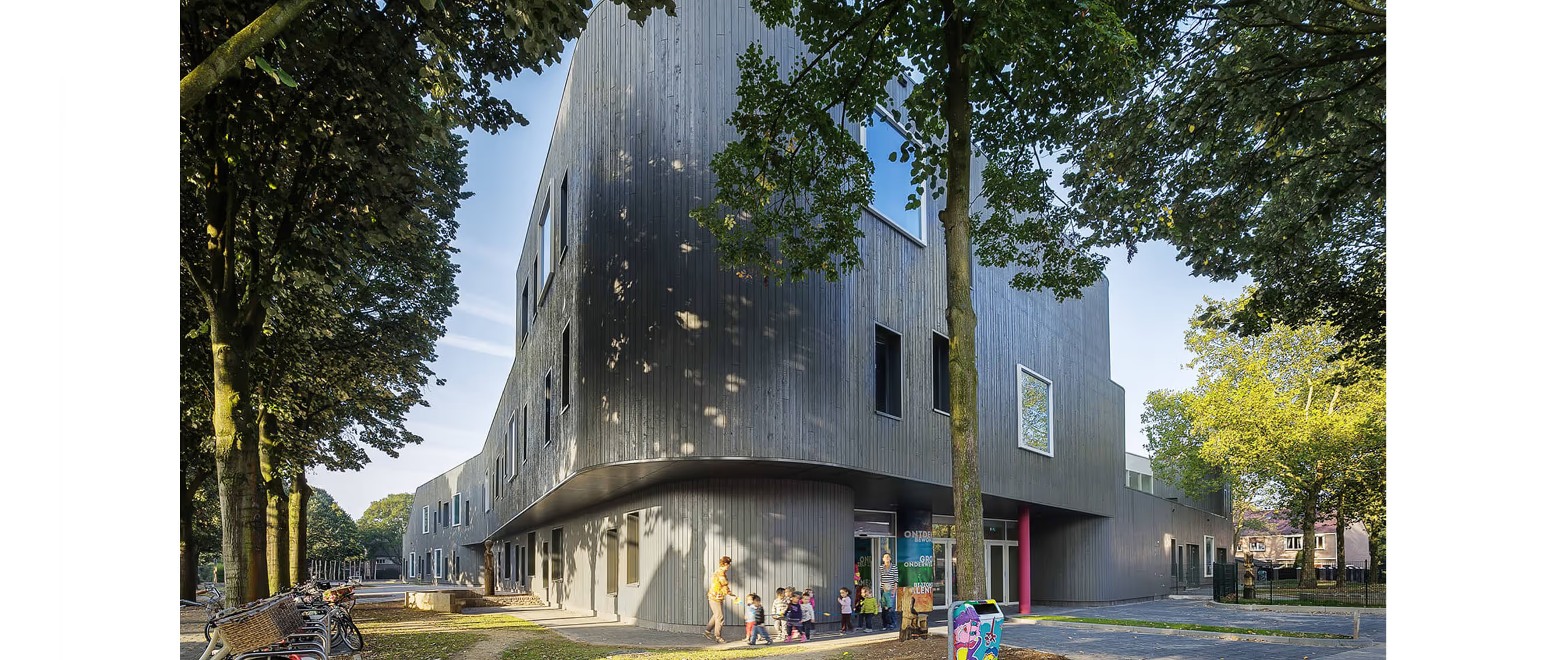
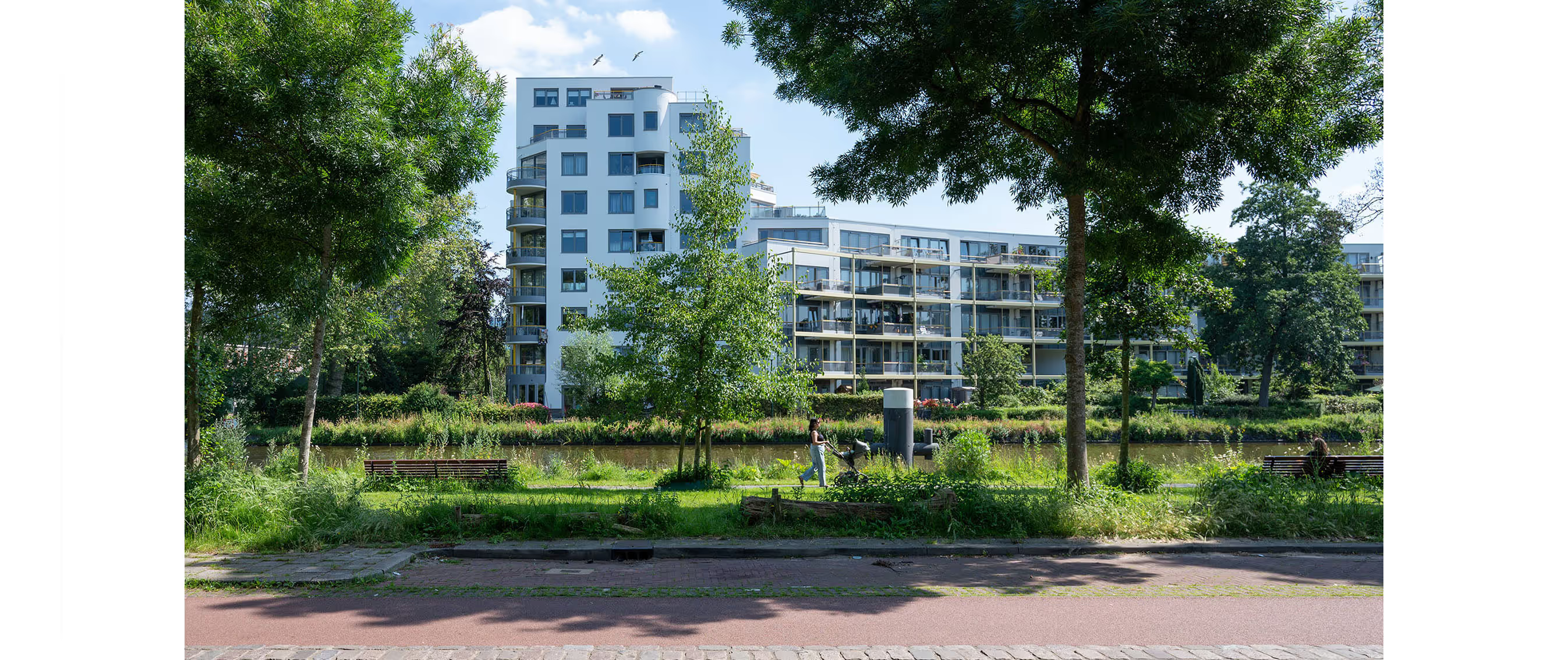
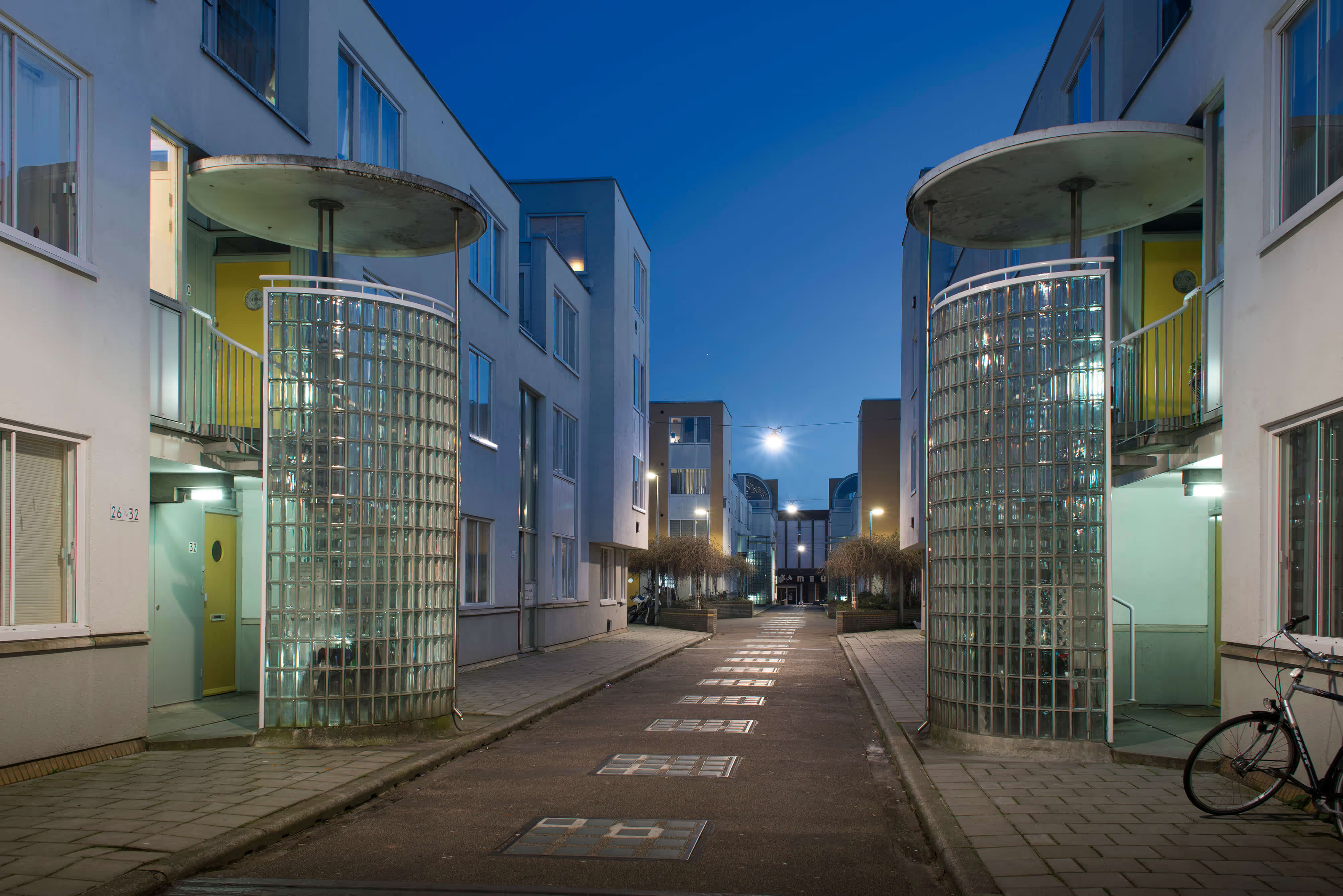
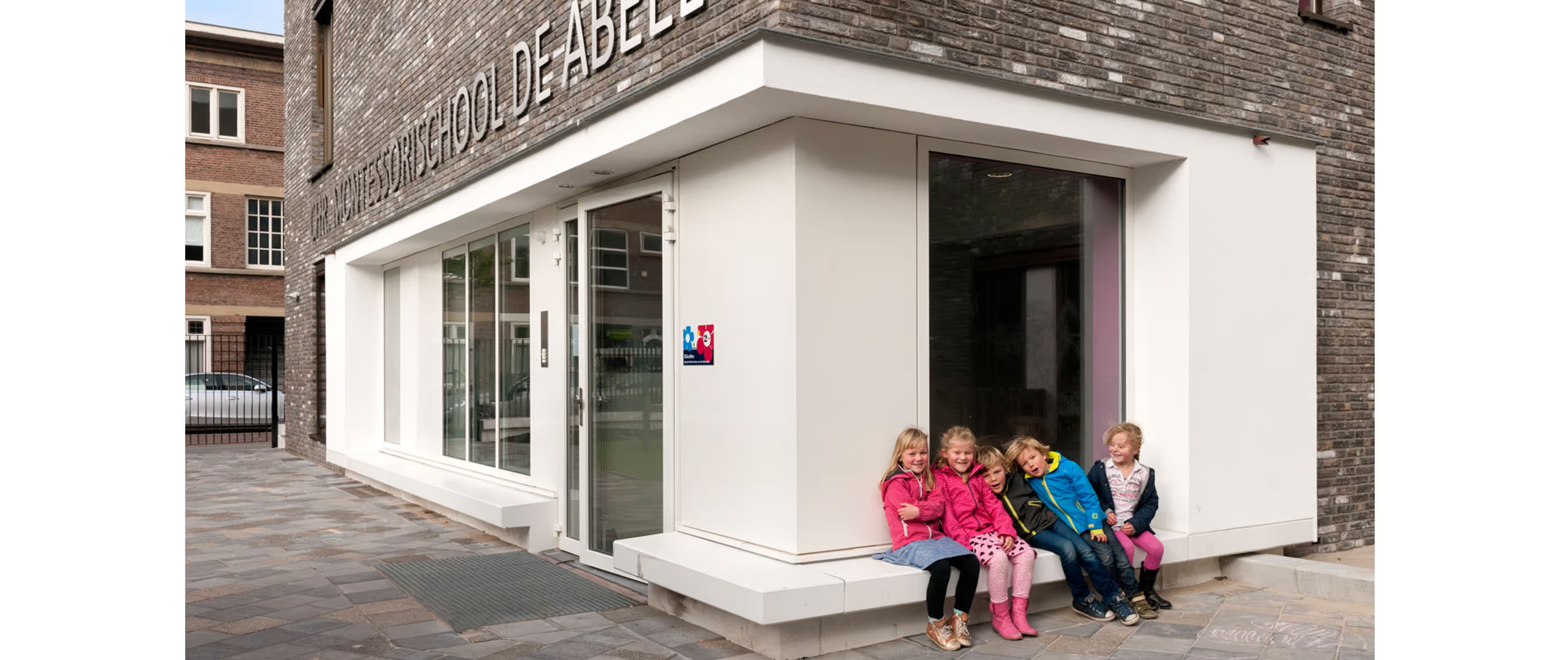
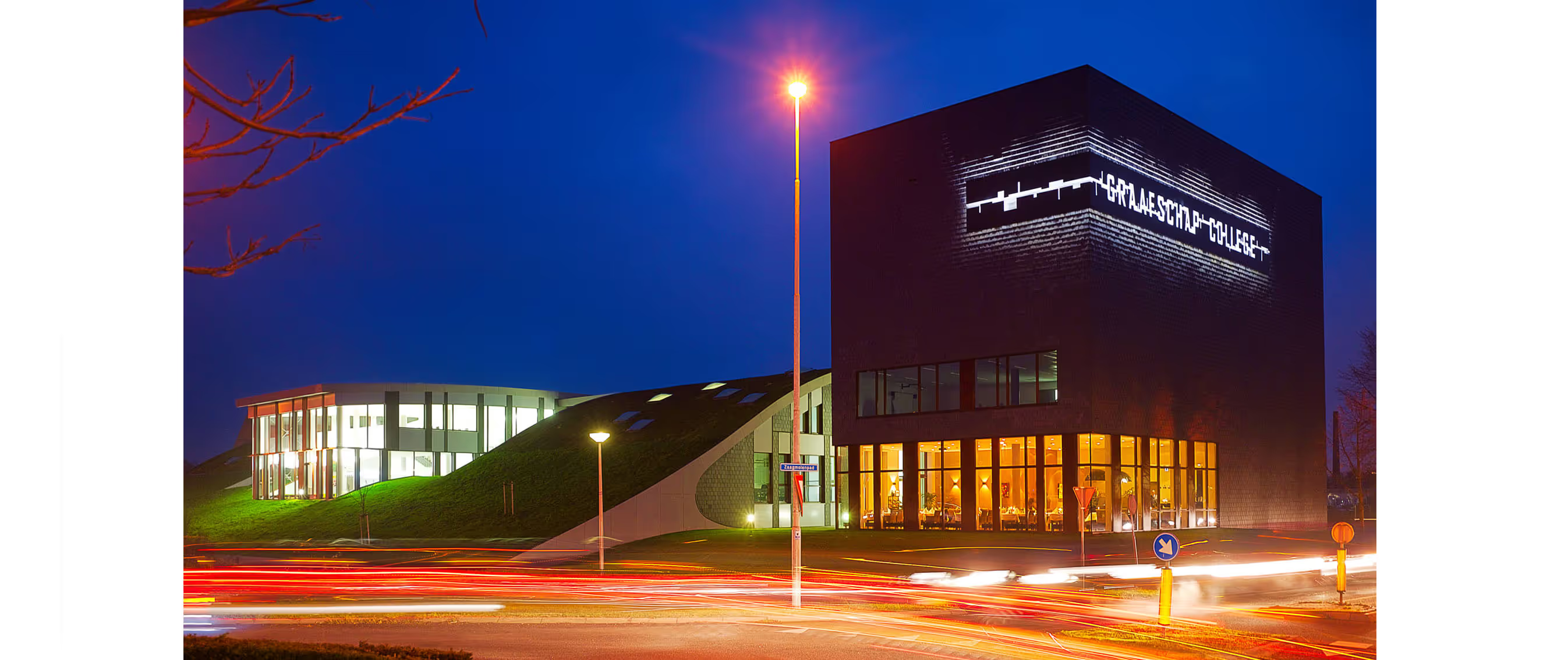
.jpg)

